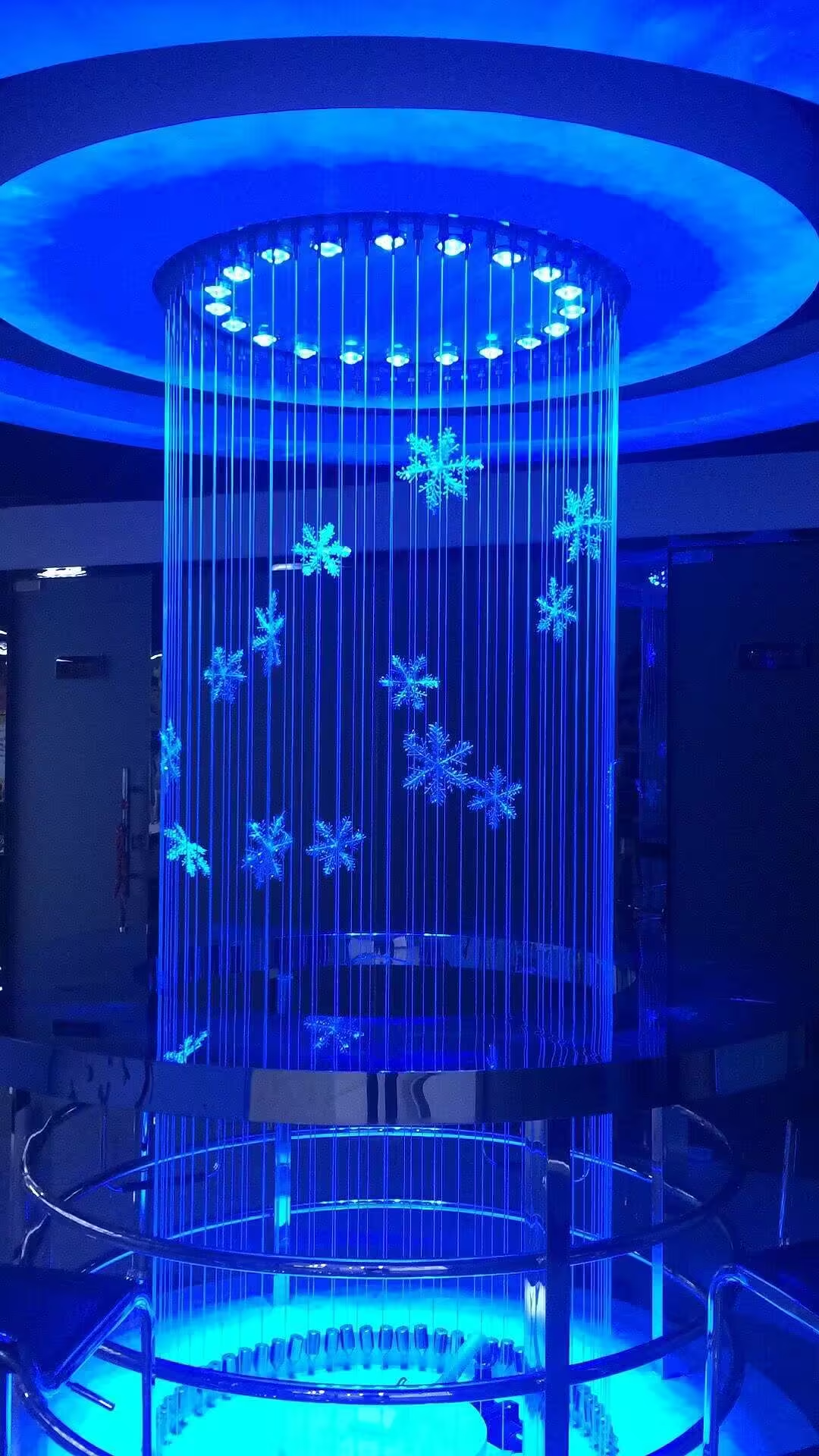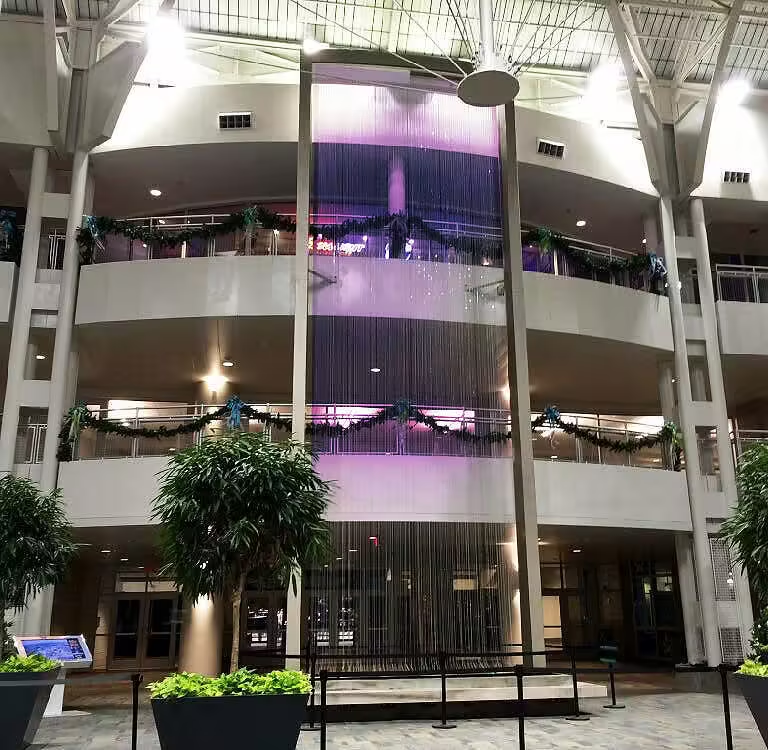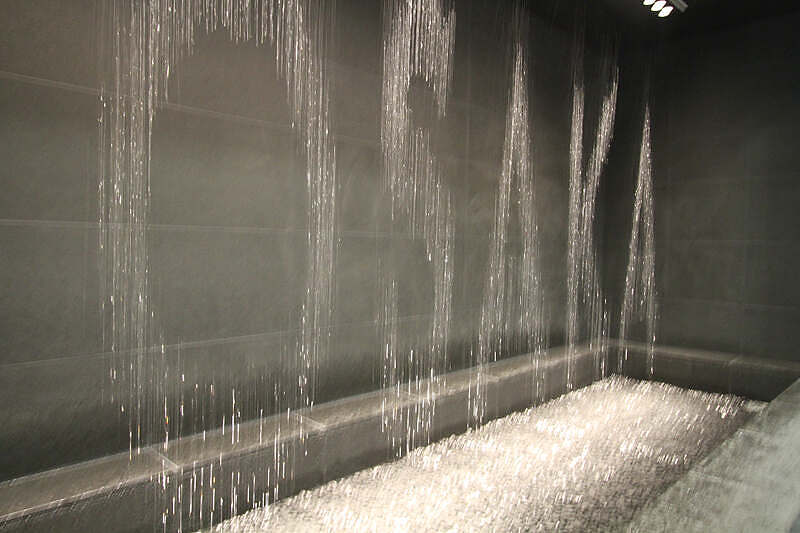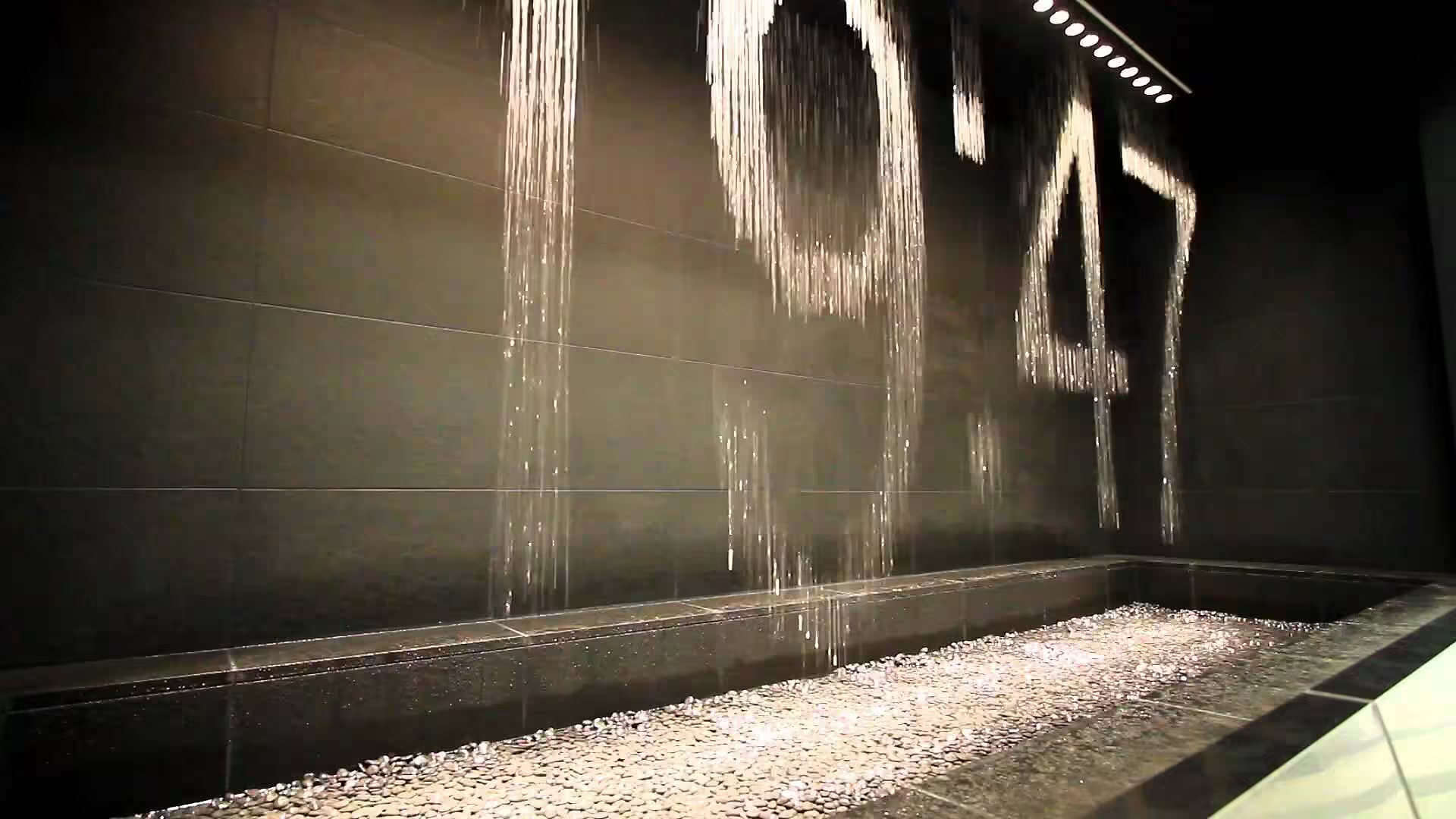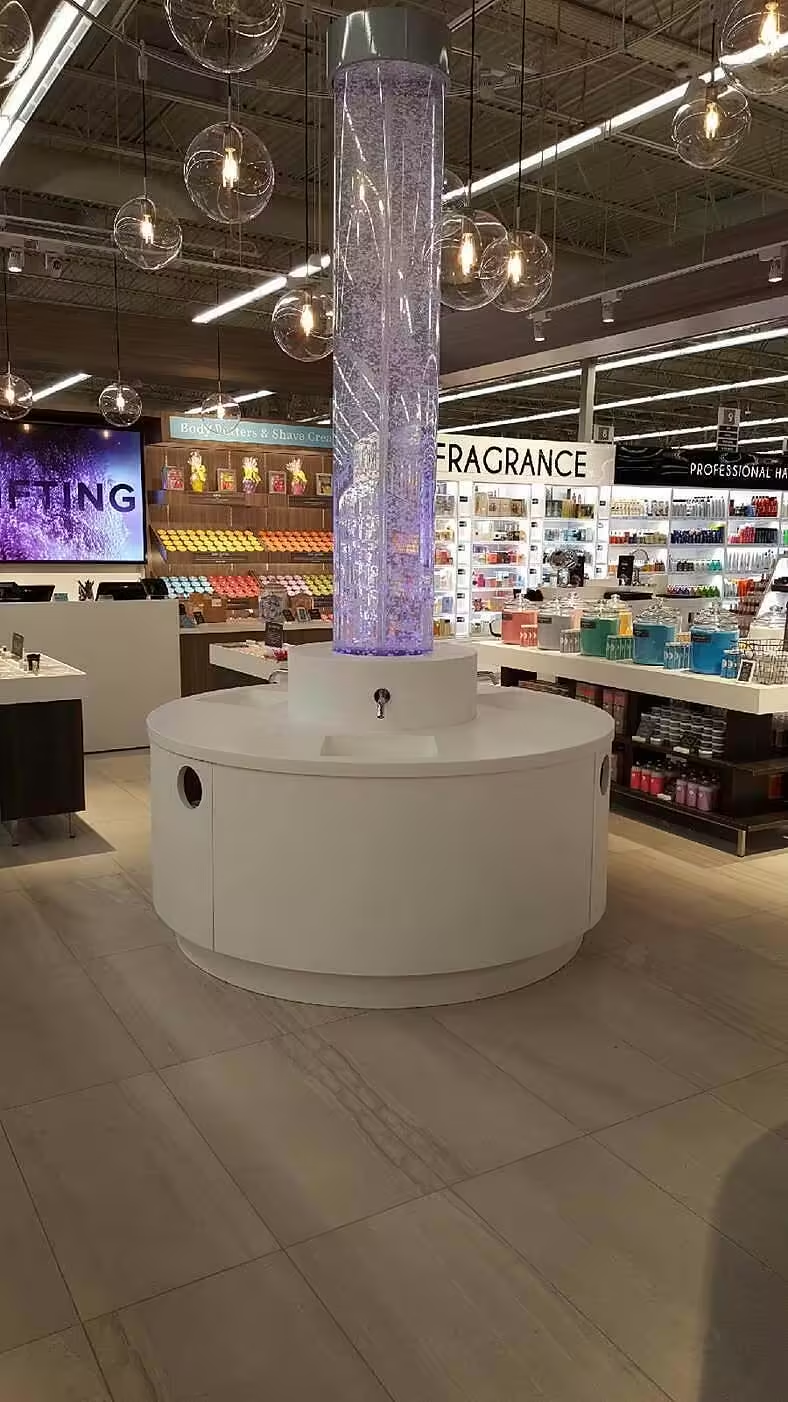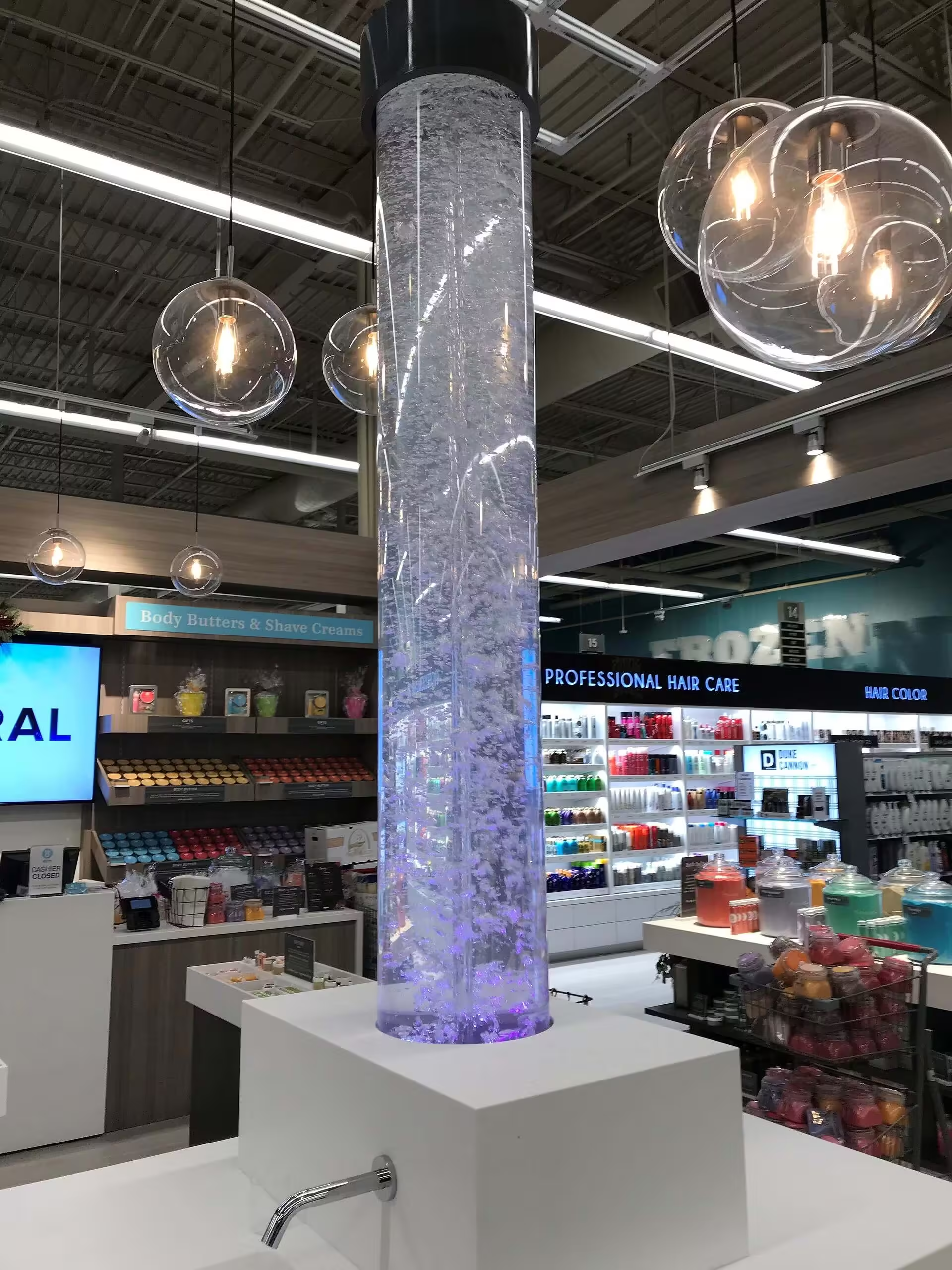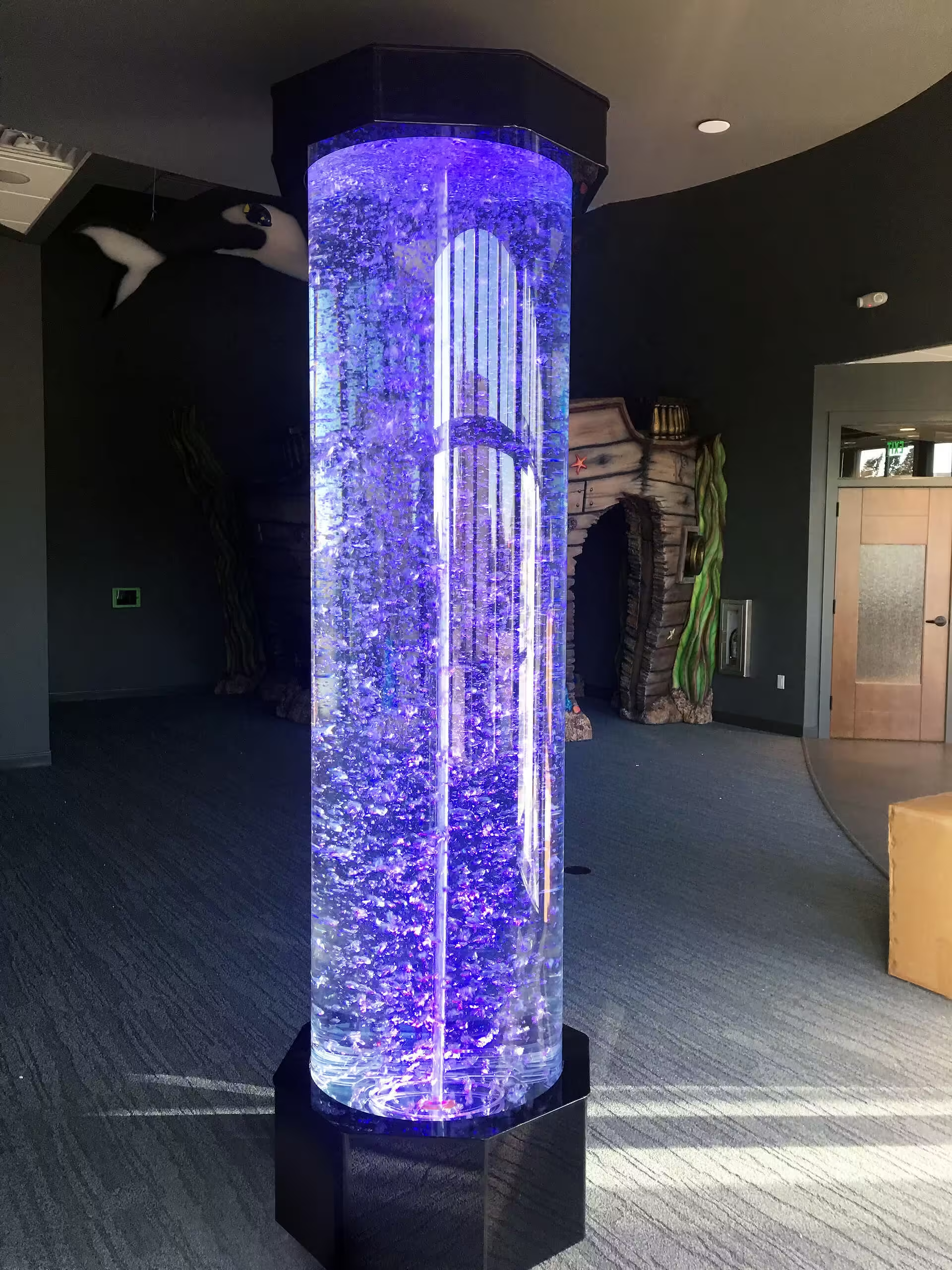Stand Out Garden: Building a Water Wall Fountain Made Easy
Building A Water Wall Fountain: Complete Table of Contents
- Make Your Garden Stand Out: Water Wall Fountain DIY
- Key Takeaways
- Explore the Beauty and Benefits of a DIY Water Wall Fountain
- Select the Ideal Spot in Your Garden for the Water Feature
- Gather All Required Materials and Tools for Construction
- Construct the Sturdy Base and Frame of Your Water Wall
- Install the Water Pump System for Optimal Flow and Sound
- Add Creative Finishing Touches to Your Garden Fountain
- Conclusion
Make Your Garden Stand Out: Water Wall Fountain DIY
Are you seeking to transform your garden into a serene oasis with a touch of luxury? This article will guide you through creating a custom water feature using materials like granite, metal, or copper, set upon a sturdy pedestal. Readers will learn how to select the perfect location, gather necessary materials, and construct a water wallfountain that not only elevates the aesthetics of their outdoor space but also provides a tranquil auditory experience. By tackling this DIY project, you’ll address the challenge of finding unique garden elements that truly reflect your personal style, while also enjoying the therapeutic benefits of flowing water in your own backyard.
Key Takeaways
- Water wall fountains enhance gardens with visual appeal and a serene ambiance
- Correct pump placement and flow adjustment are crucial for optimal fountain operation
- Personalizing fountains with decorative elements adds uniqueness to outdoor spaces
- Strategic lighting can transform a water feature’s ambiance, especially at night
- Safety and maintenance considerations are vital for the longevity of water features
Explore the Beauty and Benefits of a DIY Water Wall Fountain
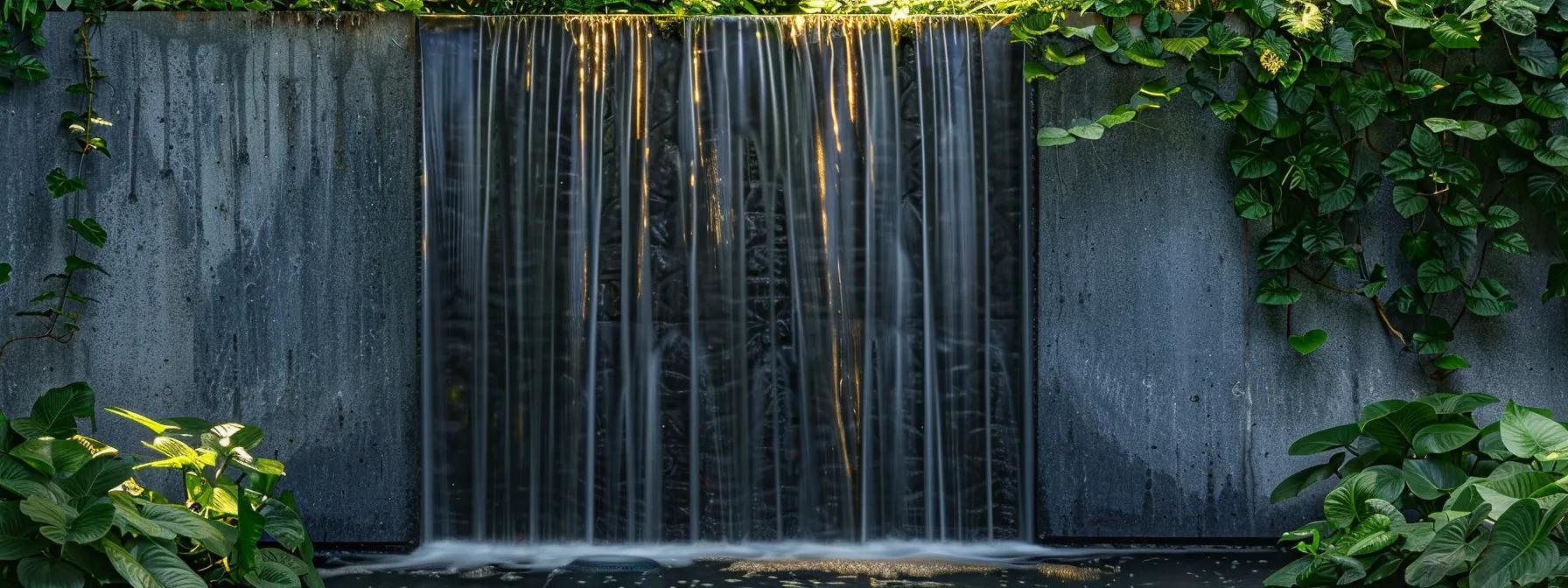
Integrating a water wall fountain into a garden not only elevates the visual appeal but also introduces a serene ambiance. One can choose from various materials such as concrete, fiberglass, or cast stone to create custom water features that fit their aesthetic and budget. This section will delve into how these water features can transform a garden’s atmosphere and the calming effects of moving water within a personal space. The forthcoming content will offer practical insights into the selection process, focusing on aspects like price and design, to ensure readers can make informed decisions for their tranquil garden retreats.
Understand How Water Features Enhance Garden Ambiance
Introducing a water wallfountain into a landscape serves as a focal point that captivates and soothes simultaneously. The gentle cascade of water down a terracotta or marble surface creates a symphony of sound, masking the clamor of the outside world and inviting a sense of tranquility. This auditory and visual enhancement is a key element in transforming any garden into a serene haven for relaxation and reflection.
Moreover, the presence of a water feature like a wallfountain can significantly increase the aesthetic value of one’s outdoor space. Whether it’s the rustic charm of terracotta or the classic elegance of marble, these materials can be shaped to complement the existing design elements of a garden, creating a cohesive and inviting landscape that stands out. The addition of a fountain not only serves as a stunning visual draw but also promotes a cooler, more inviting microclimate, beneficial during warmer months.
Learn About the Tranquil Effects of Moving Water in Your Space
The gentle murmur of water cascading over a stone surface not only serves as a natural soundtrack to one’s garden but also fosters a profound sense of peace. The installation of a water wallfountain, particularly when incorporating elements like stainless steel or strategic lighting, can create a mesmerizing interplay of sound and light, enhancing the sensory experience. This tranquil effect is known to reduce stress, encouraging relaxation in the comfort of one’s outdoor sanctuary.
Moreover, the reflective properties of stainless steel used in water wall fountains amplify the calming influence of water in motion. When sunlight or garden lighting strikes the steel and water, it creates a dynamic visual effect that can captivate any onlooker. The installation of such a feature not only adds a touch of sophistication but also transforms the space into a restorative retreat, where the soothing sounds of water help to dissolve the day’s tensions.
Having explored the allure and advantages of crafting your own water wallfountain, the journey continues. Now, let’s find the perfect garden nook where your water feature will thrive.
Select the Ideal Spot in Your Garden for the Water Feature
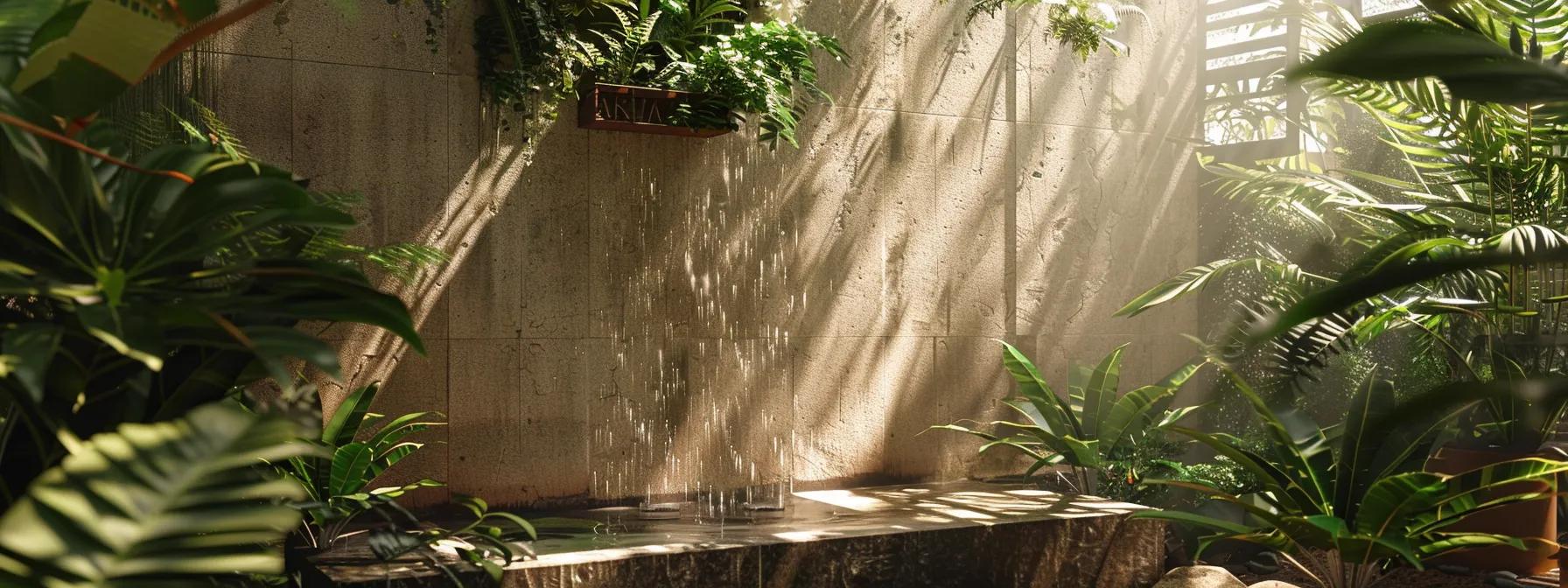
Choosing the perfect location for a wall water feature is crucial for achieving the desired impact in one’s garden. One must evaluate sunlight exposure, which can influence the appearance and maintenance of adagio water features, and ensure there is a nearby power source for the pump system. The upcoming sections will guide readers through these considerations, offering insights into the strategic placement of wall waterfalls, both indoor and outdoor, to maximize their aesthetic and functional benefits.
Evaluate Sunlight Exposure and Its Impact on the Fountain
When selecting the ideal location for a wall water fountain indoor or an outdoor wall waterfall, sunlight exposure plays a pivotal role. Direct sunlight can enhance the visual appeal of a lion head fountain, casting dynamic shadows and highlighting the water’s movement. However, too much sun can lead to algae growth and increased evaporation, necessitating more frequent maintenance and water top-ups.
For those considering a wall mounted fountain or an indoor water feature wall, indirect sunlight can provide the best of both worlds: sufficient light to accentuate the feature’s design while minimizing the risk of algae proliferation. The right balance ensures the fountain operates efficiently and retains its allure as a centerpiece in the garden or indoor space:
| Feature Type | Recommended Sunlight | Maintenance Considerations |
|---|---|---|
| Lion Head Fountain | Partial Sun | Regular cleaning to prevent algae |
| Wall Water Fountain Indoor | Indirect Sun | Monitor for water levels and clarity |
| Wall Mounted Fountain | Filtered Sun | Occasional algae treatment |
| Wall Waterfall Outdoor | Full to Partial Sun | Consistent water replenishment |
| Indoor Water Feature Wall | Low to Indirect Sun | Minimal maintenance required |
Consider Proximity to Power Sources for the Pump System
When planning the installation of a wall water feature outdoor or an indoor water wall, one must consider the proximity to power sources for the pump system. A wall mounted water fountain requires a reliable power supply to maintain the flow and circulation of water. It is essential to identify a location that allows for easy access to electricity without compromising the design and safety of the garden space.
For those installing a wall mounted water feature, it is prudent to consult with an electrician to ensure that the chosen spot is near a GFCI outlet, which will protect the system against electrical hazards. This strategic placement not only facilitates the seamless operation of the feature but also simplifies the maintenance process, ensuring the water feature remains a captivating and functional addition to the space.
Once you’ve chosen the perfect spot, the real work begins. Now, arm yourself with the right tools and materials to bring your vision to life.
Gather All Required Materials and Tools for Construction
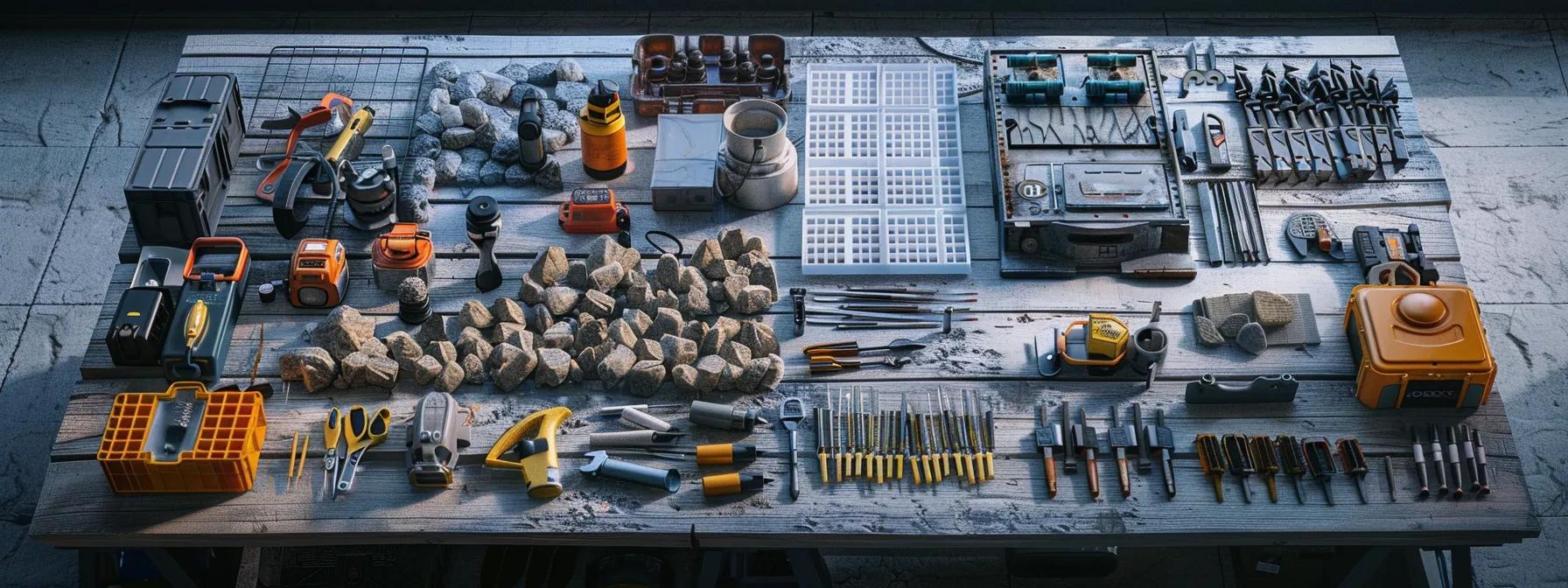
Embarking on the construction of a water wallfountain requires meticulous preparation, starting with the identification of essential materials. The success of this DIY project hinges on gathering high-quality components such as acrylic panels, pumps, and stones that will form the foundation of the water feature. Concurrently, securing the necessary tools ensures a smooth installation process. The subsequent sections will provide a comprehensive overview of the materials and tools needed, offering valuable guidance for enthusiasts ready to enhance their garden’s allure.
Identify Essential Materials for Building a Water Wall
Embarking on the creation of a water wallfountain begins with the selection of durable materials that will form the structure and aesthetic of the feature. One must procure a robust base, such as a sheet of clear acrylic or tempered glass, which will serve as the water’s canvas. Additionally, a high-quality water pump, designed for continuous use, is essential to ensure a steady and mesmerizing flow, vital for the fountain‘s functionality and the garden’s visual appeal.
Alongside the structural components, one should also choose decorative elements that reflect their personal style and complement the garden’s existing design. This might include smooth river rocks, sleek stainless steel frames, or LED lighting to illuminate the water’s path. These materials not only contribute to the water wall‘s beauty but also play a role in the soothing acoustic effect that such a feature brings to an outdoor space.
Collect Necessary Tools for a Smooth Installation Process
Assembling a water wallfountain requires a set of specific tools to ensure a seamless construction process. A drill, for instance, is indispensable for creating precise openings in the base material, whether it’s acrylic or stone, to accommodate the water feature’s components. Additionally, a level is crucial to guarantee the fountain‘s even installation, preventing water from spilling unevenly and ensuring the feature’s optimal performance.
Furthermore, the builder will benefit from having silicone sealant and a caulking gun on hand to waterproof the fountain‘s structure, thus safeguarding against leaks. These tools, when used correctly, not only facilitate a smooth installation but also contribute to the longevity and durability of the water wall, ensuring it remains a focal point in the garden for years to come.
Tools in hand, the real work begins. Now, we build the foundation that will hold the cascading waters.
Construct the Sturdy Base and Frame of Your Water Wall
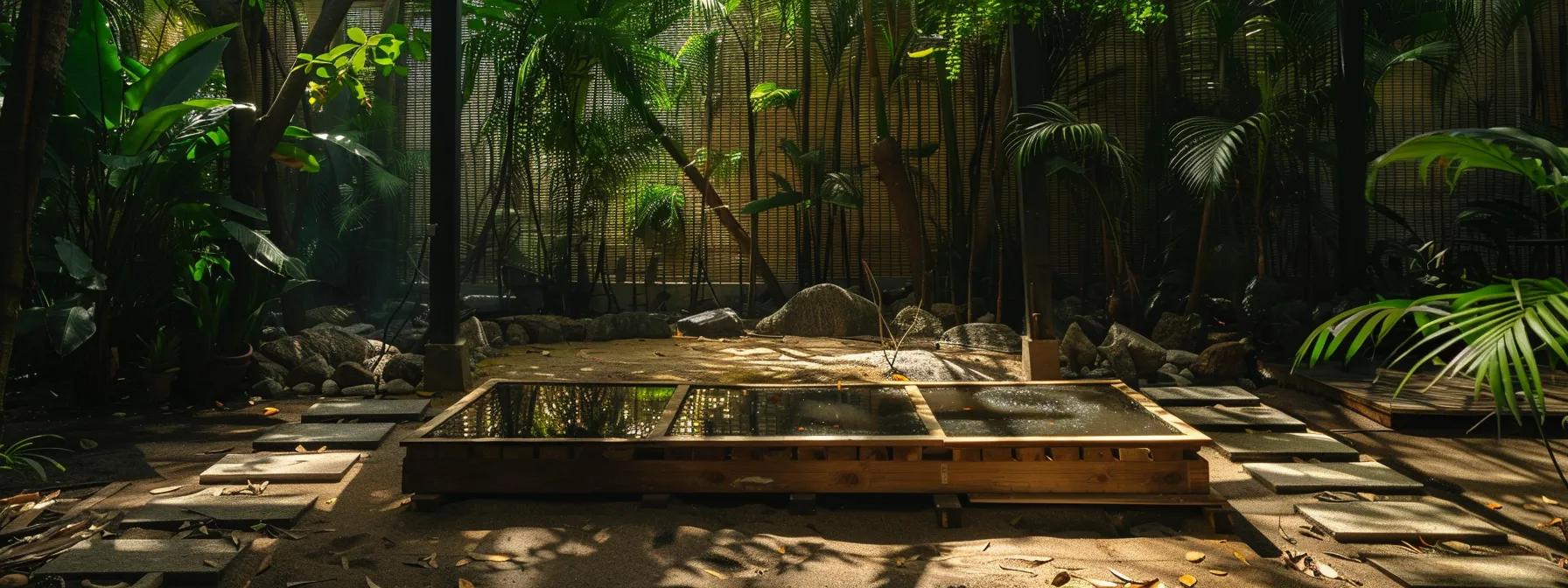
Embarking on a DIY water wallfountain project begins with laying a solid foundation, ensuring both stability and durability for the garden’s new centerpiece. The subsequent steps involve assembling a robust frame, adhering to safety guidelines to prevent any future mishaps. These initial stages are critical in creating a water feature that not only enhances the garden’s aesthetic but also stands the test of time. Readers will gain insights into preparing the base and constructing the frame, foundational knowledge for any successful water wallfountain installation.
Prepare the Foundation for Stability and Durability
The foundation of a water wallfountain is paramount to its stability and longevity. It is essential to select a level area and reinforce it with a solid base, such as a concrete slab, to prevent any shifting or sinking over time. This firm groundwork ensures the water feature remains secure and functional, providing a lasting enhancement to any garden landscape.
During the construction phase, builders must prioritize the durability of the water wall‘s foundation. Utilizing weather-resistant materials like galvanized steel for the frame and a high-density polyethylene (HDPE) liner to waterproof the basin can safeguard the structure against the elements. These steps are crucial in creating a water wallfountain that not only captivates onlookers but also withstands the test of time.
Assemble the Frame Following Safety Guidelines
Assembling the frame of a water wallfountain requires meticulous attention to safety guidelines to ensure a secure and enduring structure. It is imperative for the builder to use sturdy materials and fasteners that can withstand the weight and pressure of the water feature. The frame should be anchored firmly to the base, with all components checked for stability to prevent any potential hazards once the fountain is operational.
During the assembly process, it is also crucial to follow electrical safety standards, particularly when integrating lighting or pump systems. One should ensure that all wiring is properly insulated and routed away from water contact, and that any electrical connections are made using waterproof junction boxes. These precautions are essential to maintain the safety of those enjoying the tranquil ambiance of the garden’s new addition.
With the foundation set, solidity is no longer a concern. Now, let the water dance as we guide its flow with precision, introducing the heart of movement – the pump system.
Install the Water Pump System for Optimal Flow and Sound
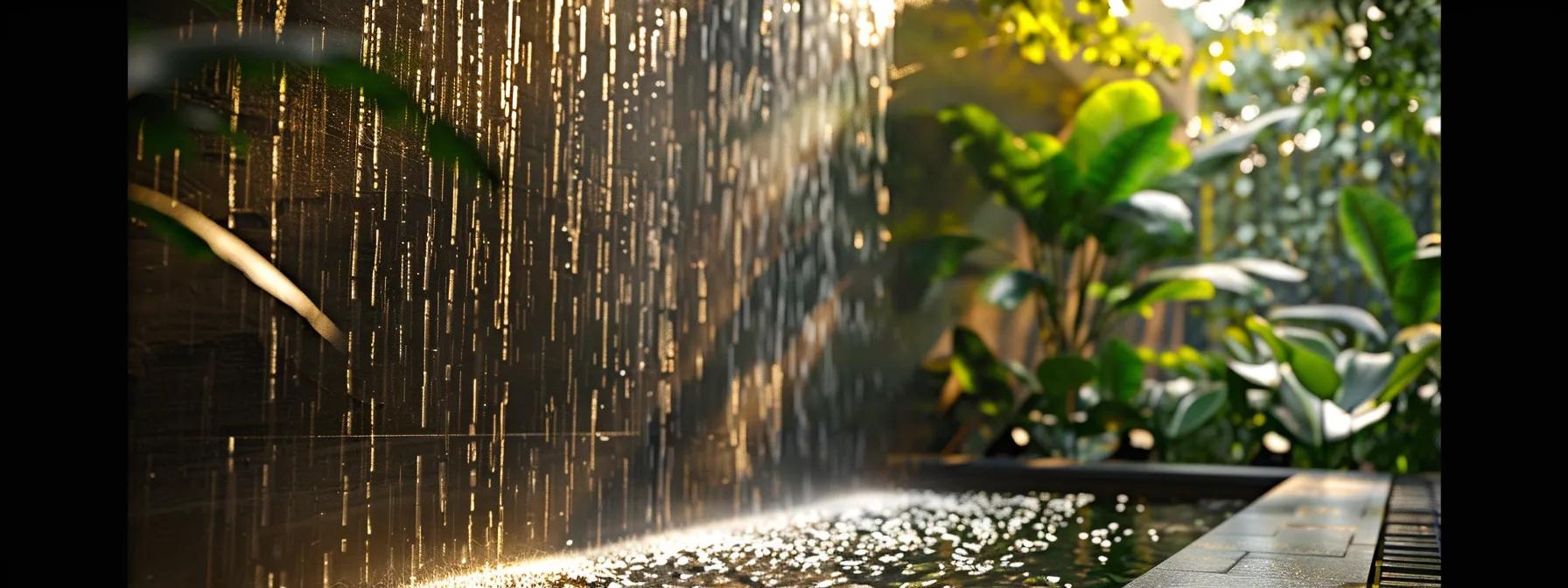
Ensuring the water pump is positioned correctly is crucial for efficient water circulation in a DIY water wallfountain. This section will guide readers through the process of installing the pump system to achieve an optimal flow that enhances the garden’s ambiance. Additionally, the importance of testing and adjusting the water flow to create the desired sound effects will be discussed, providing valuable insights for those looking to perfect the auditory experience of their water feature.
Position the Pump Correctly for Efficient Water Circulation
Positioning the pump correctly is a critical step in the installation of a water wallfountain, as it directly influences the feature’s efficiency and the overall circulation of water. The pump should be placed at the lowest point in the basin to ensure it can effectively draw water and propel it upwards. Proper placement guarantees a consistent and graceful water flow, which is essential for the fountain‘s visual and auditory appeal.
It is also imperative to consider the pump’s capacity relative to the size of the water wall. A pump that is too small will result in a lackluster flow, while one that is too powerful can cause splashing and water waste. By selecting the appropriate pump and positioning it strategically, one ensures the water wallfountain operates at its best, creating a captivating and soothing environment in the garden.
Test and Adjust Water Flow for Desired Sound Effects
Testing and adjusting the water flow is essential to achieving the perfect auditory backdrop for a garden. The installer must fine-tune the pump settings to balance the water’s cascade, ensuring it produces a soothing sound that complements the tranquility of the outdoor space. This process may involve several adjustments to find the ideal flow rate that creates a harmonious sound without overwhelming the serene garden atmosphere.
Once the water pump is operational, the individual should observe the water feature’s sound profile, making incremental changes to the flow as needed. This attention to detail ensures the water wallfountain not only serves as a visual focal point but also enriches the garden’s sensory experience with its calming acoustics. The goal is to craft a soundscape that enhances relaxation and enjoyment for all who enter the garden.
The water pump is the heart, steady and strong, setting the rhythm of water’s dance. Now, let’s dress the stage, where every stone and plant tells its own story.
Add Creative Finishing Touches to Your Garden Fountain
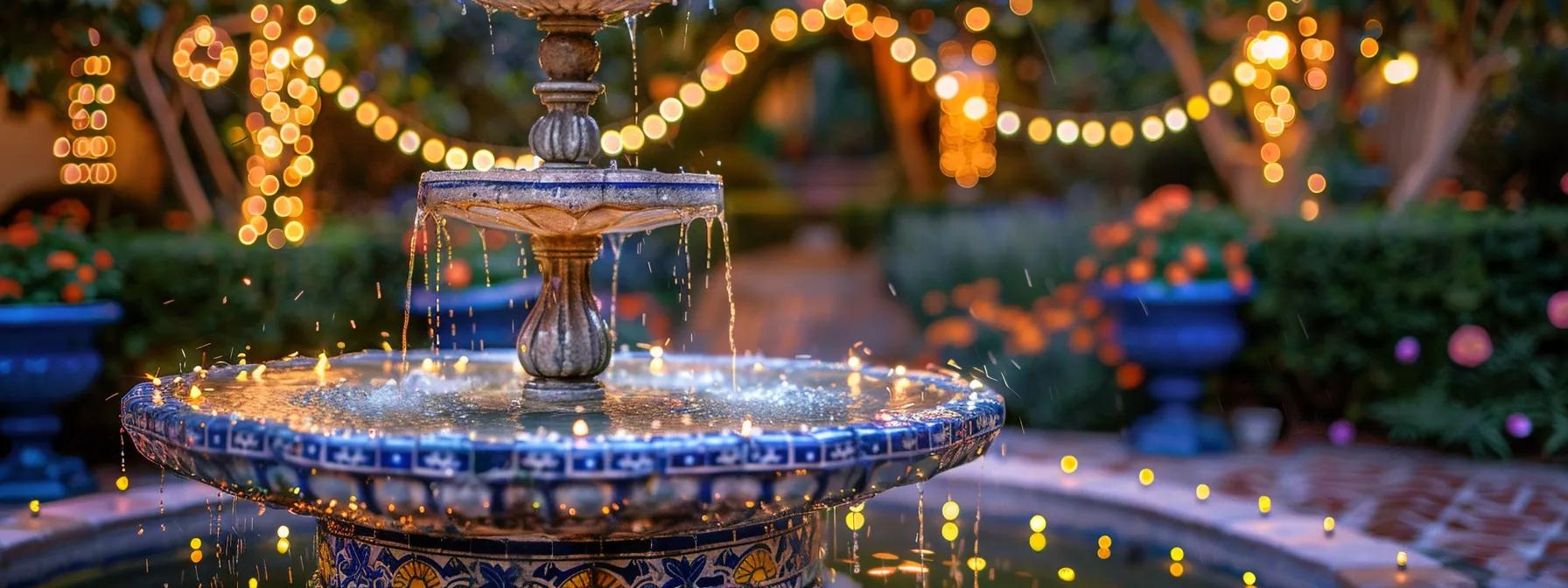
As the construction of your water wallfountain nears completion, the opportunity to infuse personal style presents itself. Personalizing your water feature with decorative elements not only reflects individual taste but also elevates the garden’s uniqueness. Incorporating lighting can transform the ambiance, creating an enchanting evening atmosphere. These finishing touches are crucial for those seeking to make a distinctive statement in their outdoor space.
Personalize Your Water Wall With Decorative Elements
Infusing a water wallfountain with personal flair transforms a simple garden feature into a bespoke work of art. One might integrate colored glass or custom-engraved stones to reflect their unique style, creating a focal point that not only complements the garden’s aesthetic but also tells a story. These personalized touches resonate with the creator’s vision, offering a distinctive and immersive garden experience.
For the discerning gardener, incorporating interactive elements such as adjustable nozzles allows for a dynamic water display that can be tailored to suit any occasion. The ability to modify the water flow and pattern adds an engaging dimension to the garden, inviting visitors to connect with the space in a more meaningful way. This level of customization ensures that the water wallfountain stands as a testament to the gardener’s creativity and attention to detail.
Incorporate Lighting for Evening Ambiance
Incorporating lighting into a garden’s water wallfountain not only enhances the feature’s visibility at night but also creates a captivating evening ambiance. Strategic placement of LED lights can accentuate the water’s movement and texture, offering a mesmerizing visual effect that draws the eye and elevates the garden’s nighttime appeal. This thoughtful addition extends the enjoyment of the water feature beyond daylight hours, inviting a serene interplay of light and water that can be admired any time.
For garden enthusiasts seeking to maximize the impact of their DIY water wallfountain, the integration of lighting is a practical yet transformative step. It not only illuminates the fountain but also casts a gentle glow on surrounding plants and pathways, providing both beauty and functionality. The result is a harmonious outdoor setting where the interplay of light and water creates a tranquil retreat, perfect for unwinding after a long day.
| Lighting Feature | Benefit | Placement Tip |
|---|---|---|
| Submersible LED Lights | Enhances water texture and color | Place at the fountain’s base for upward illumination |
| Spotlights | Highlights fountain structure | Position at various angles for dramatic effect |
| Pathway Lights | Ensures safety and adds charm | Install along walkways leading to the fountain |
| Accent Lighting | Creates focal points in the garden | Direct towards plants or features near the fountain |
Conclusion
Creating a water wallfountain as a DIY project not only enhances the visual appeal of a garden but also introduces a calming ambiance through the soothing sounds of flowing water. Strategic selection of materials and placement ensures both the aesthetic integration and functional longevity of the feature, making it a focal point for any outdoor space. Incorporating personalized decorative elements and lighting transforms the water wall into a bespoke art piece, elevating the garden’s atmosphere and extending enjoyment into the evening hours. Ultimately, a well-executed water wallfountain stands as a testament to the gardener’s creativity, offering a unique and tranquil retreat that captivates all who visit.

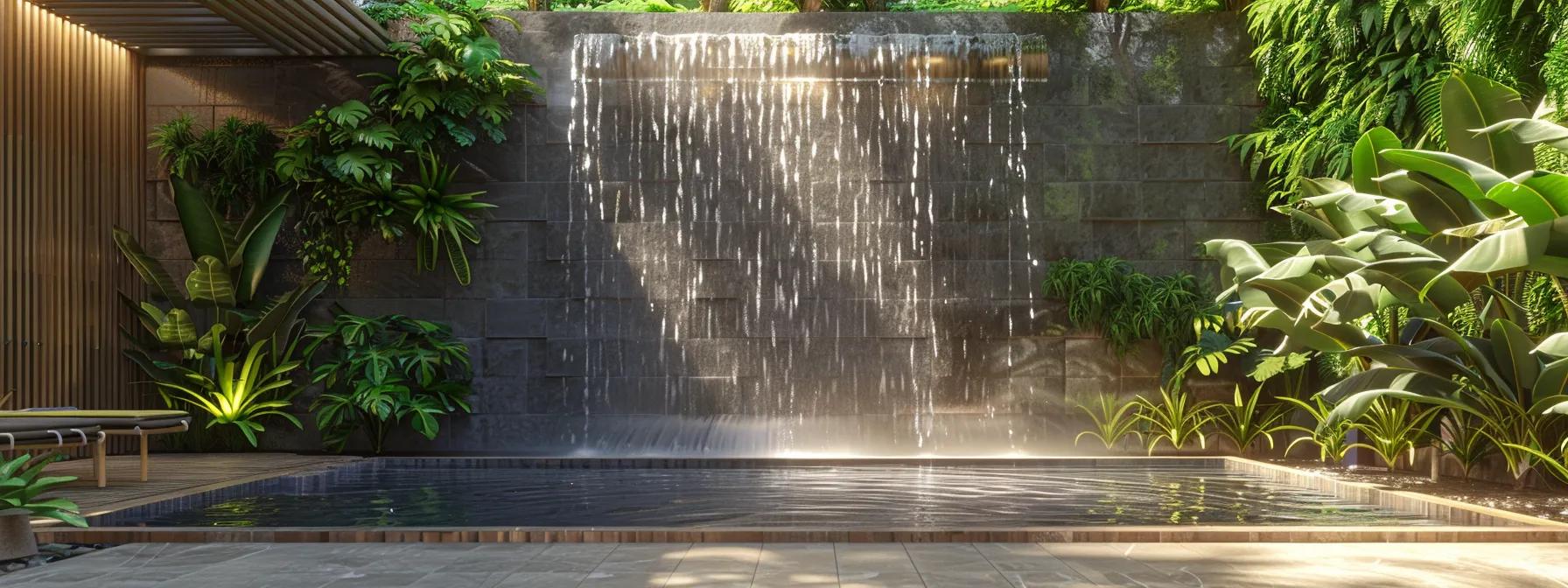


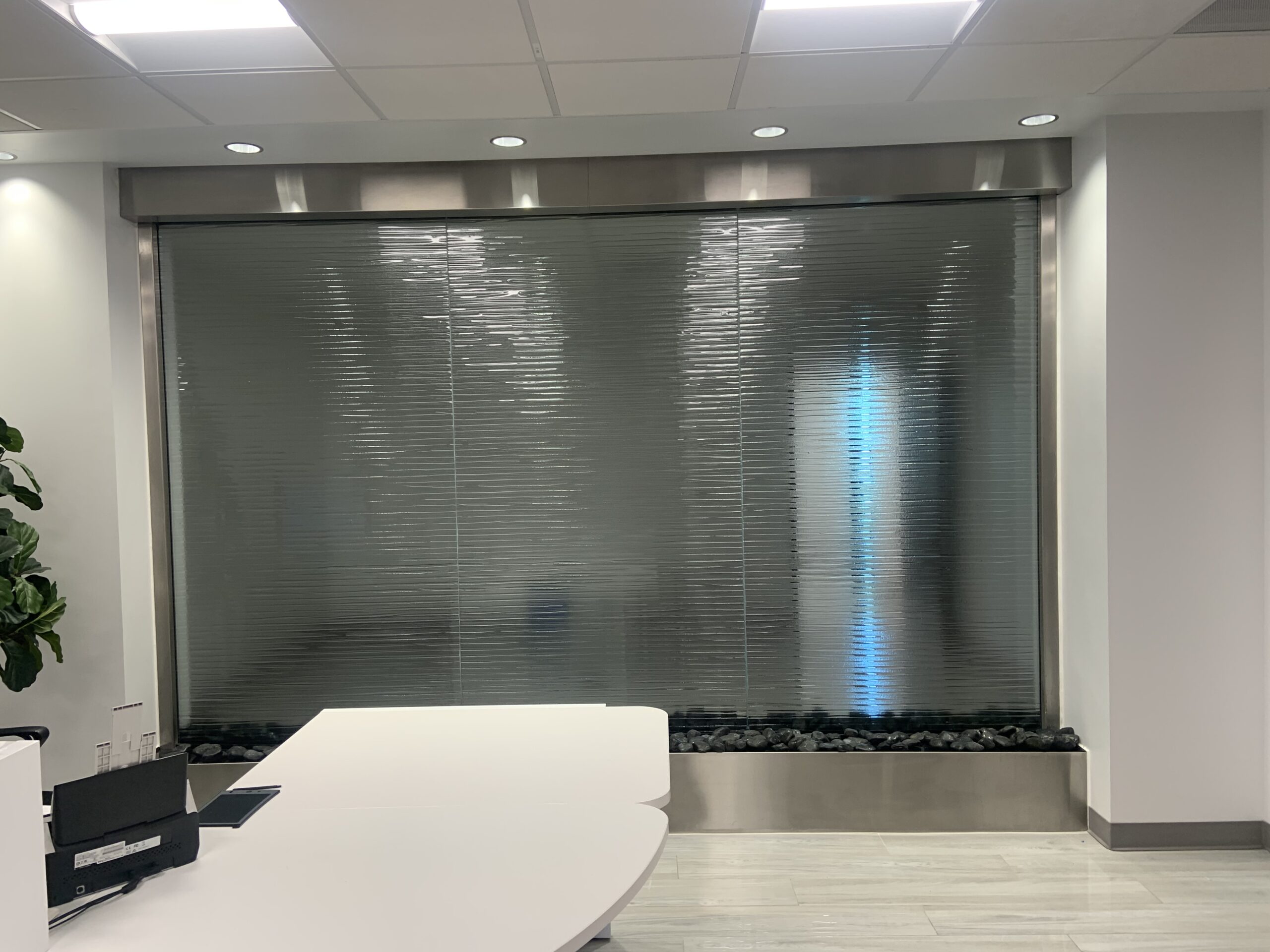





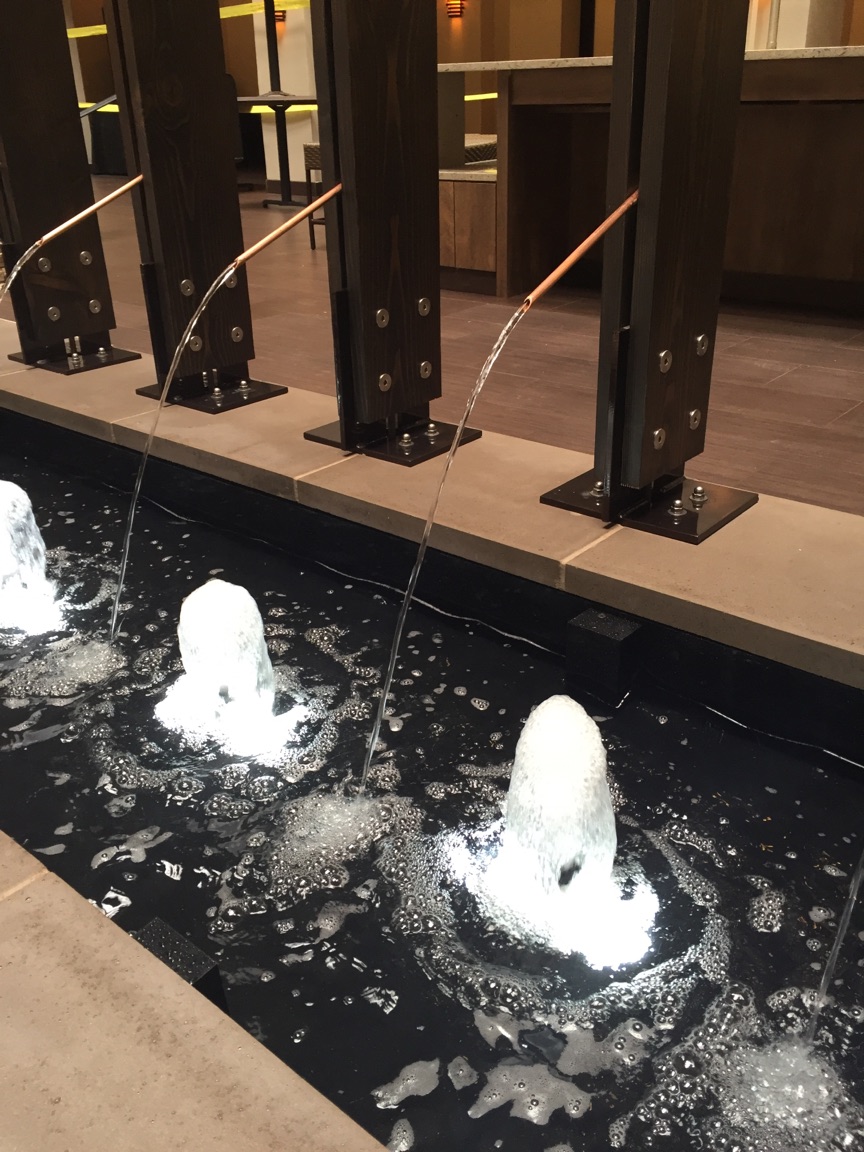
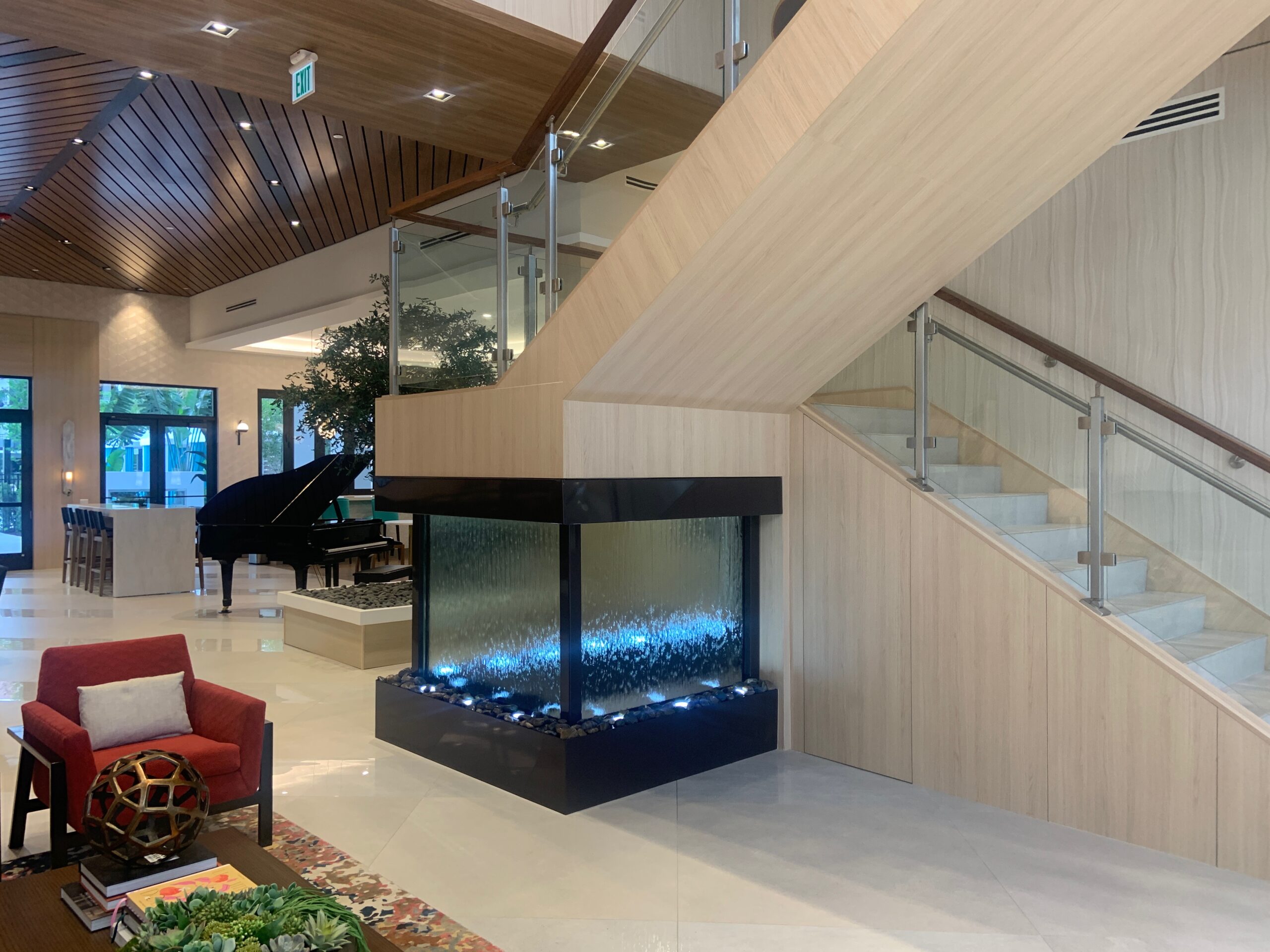
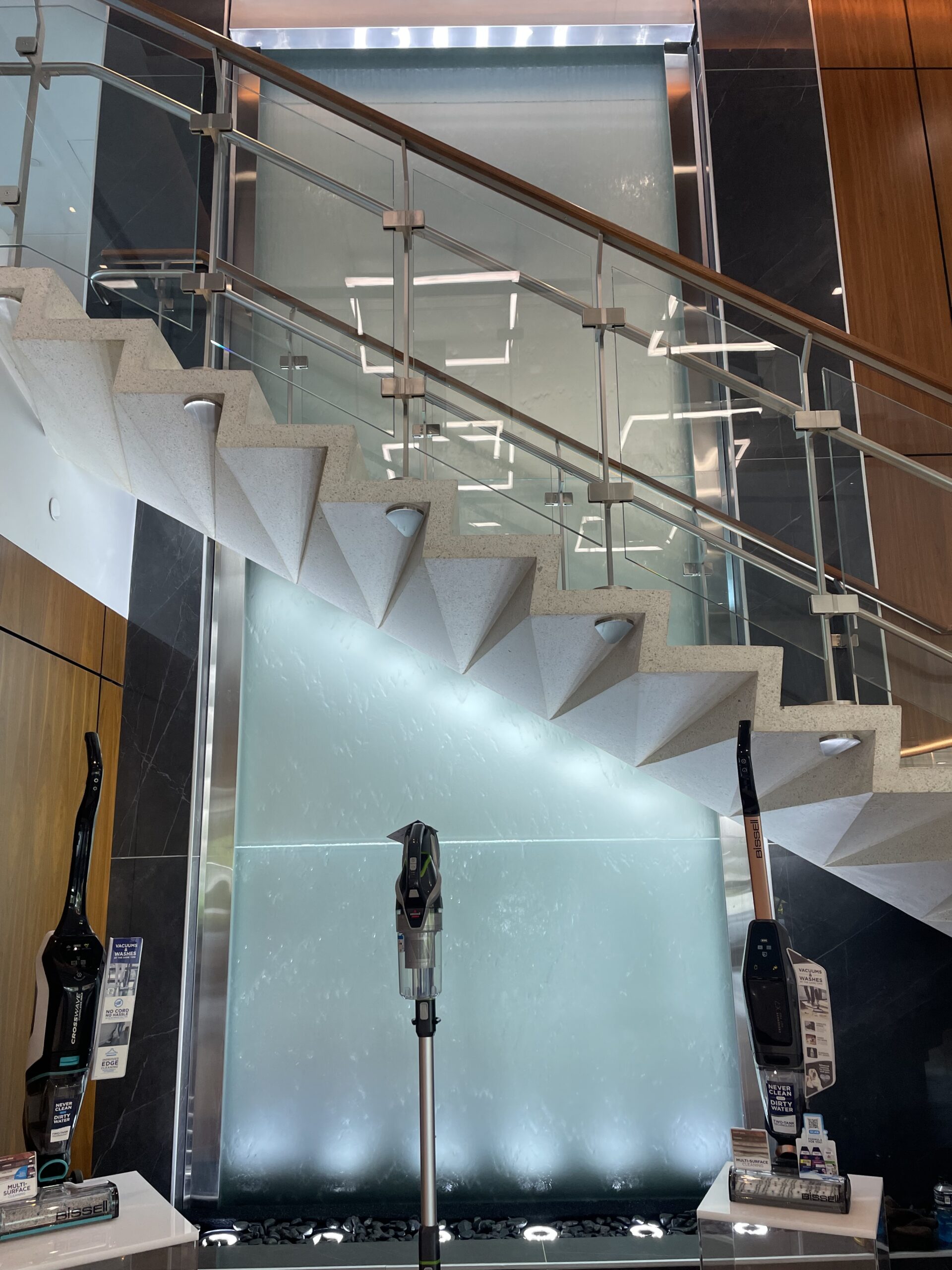



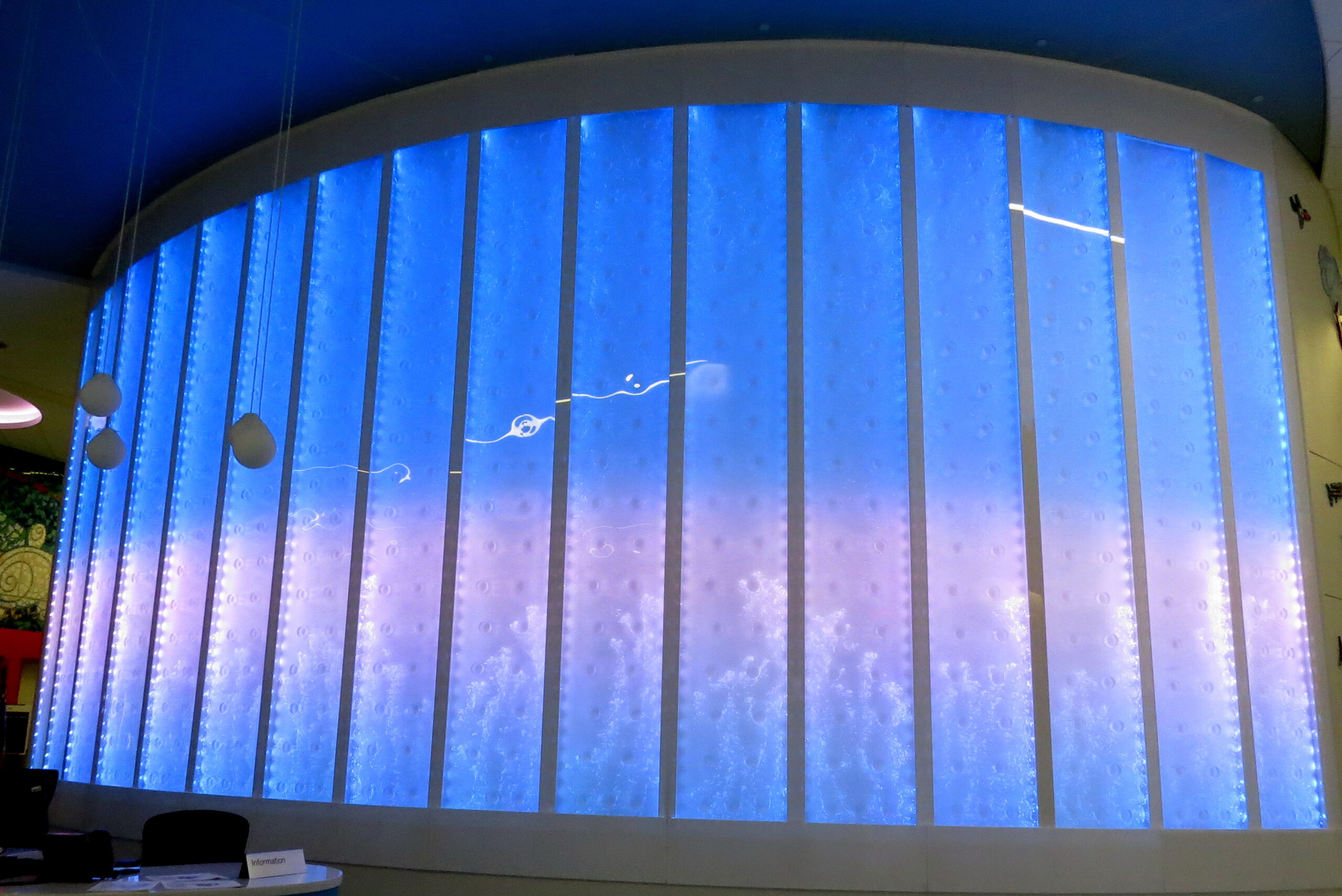


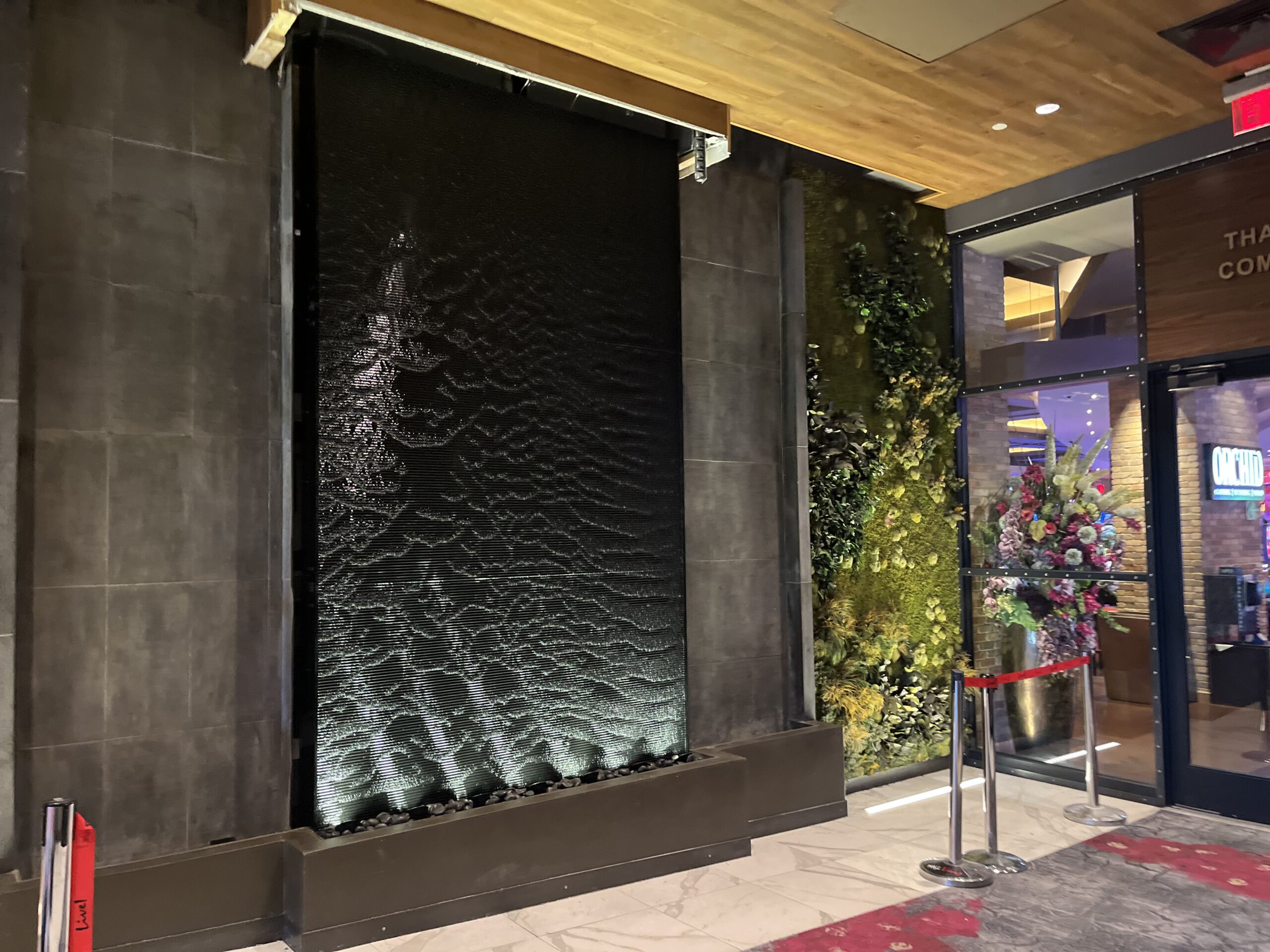

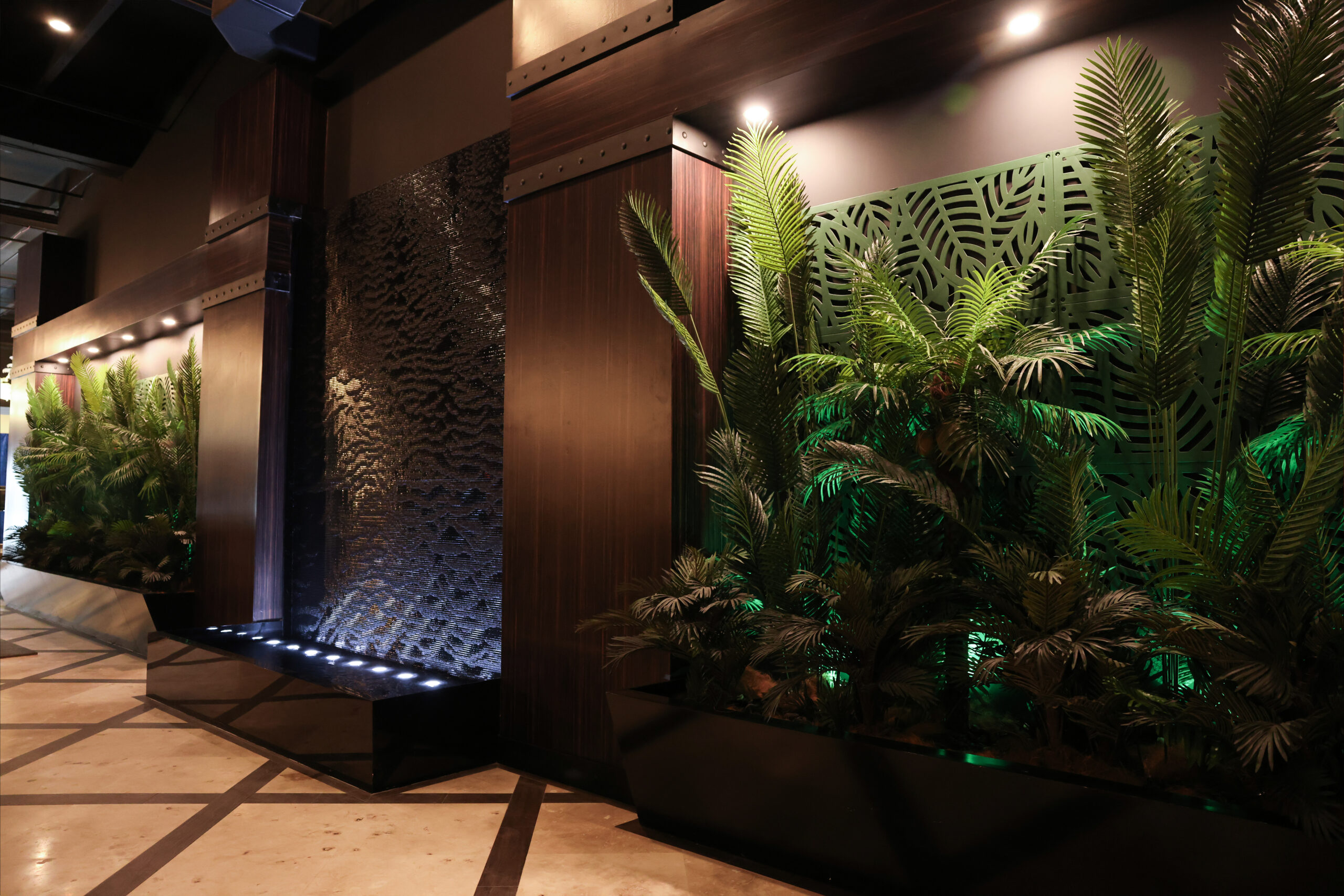


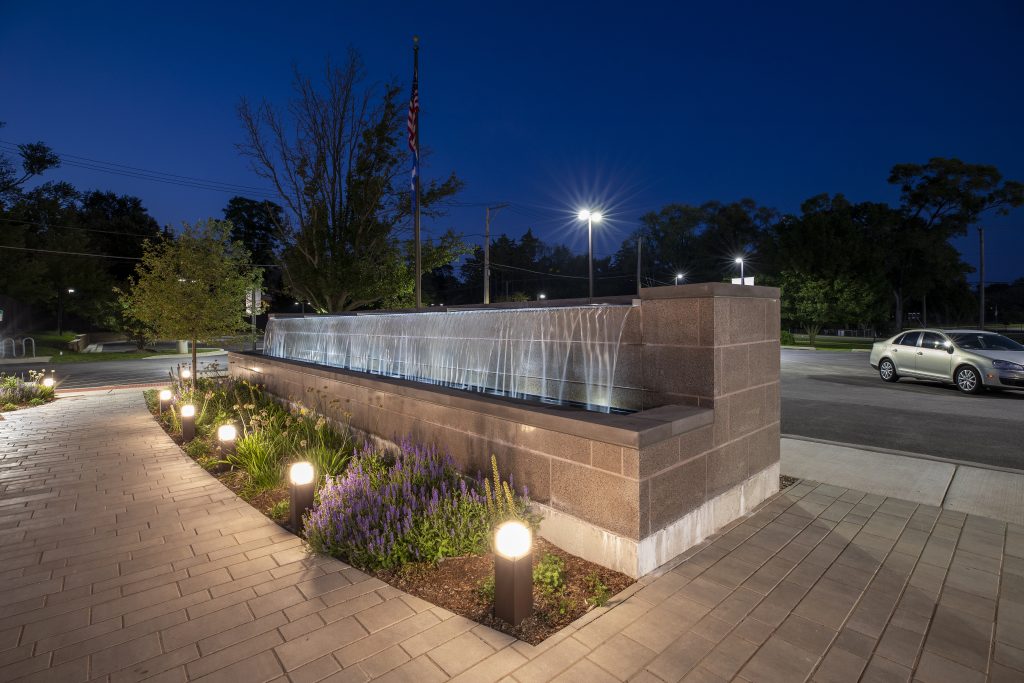



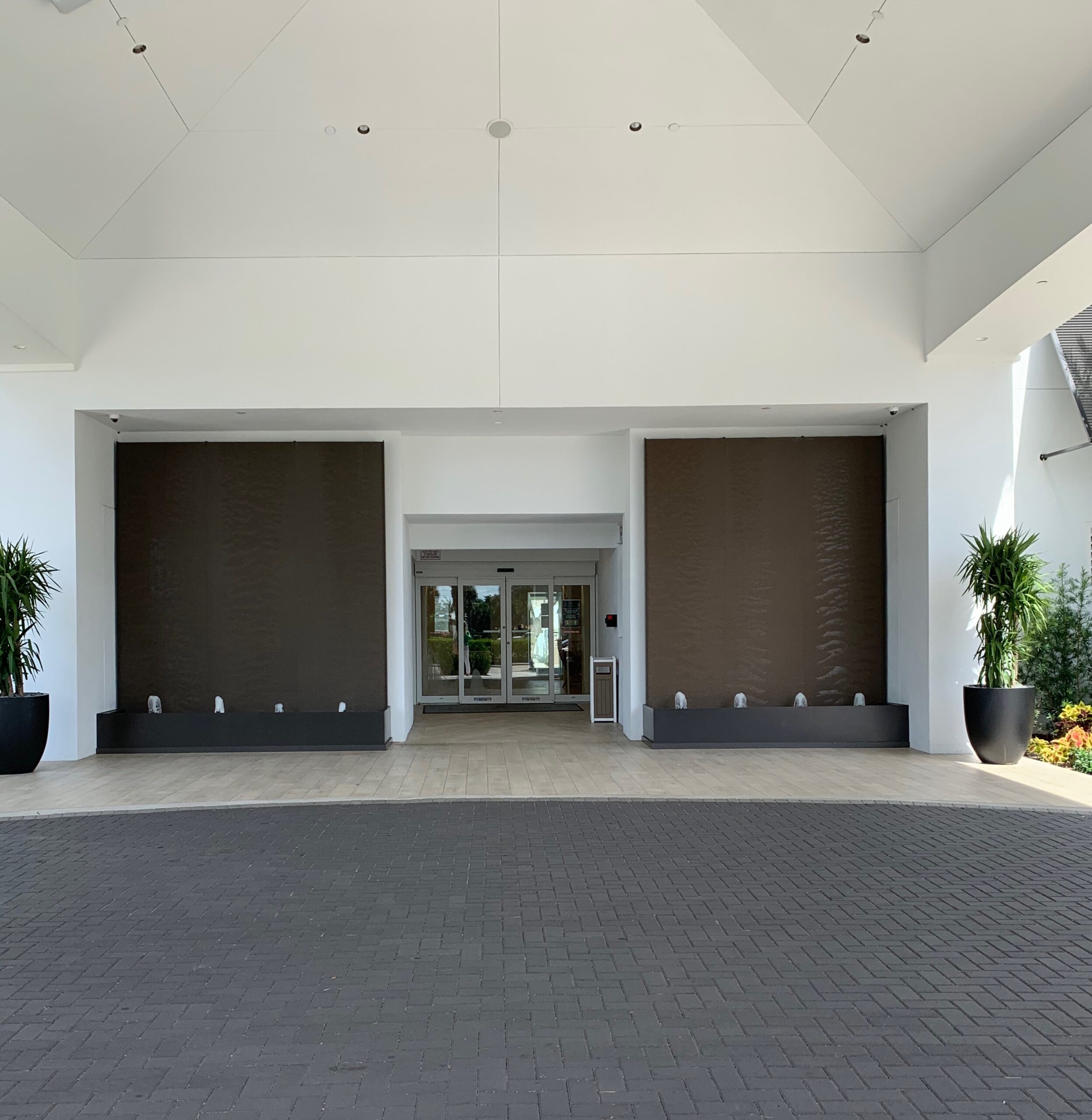



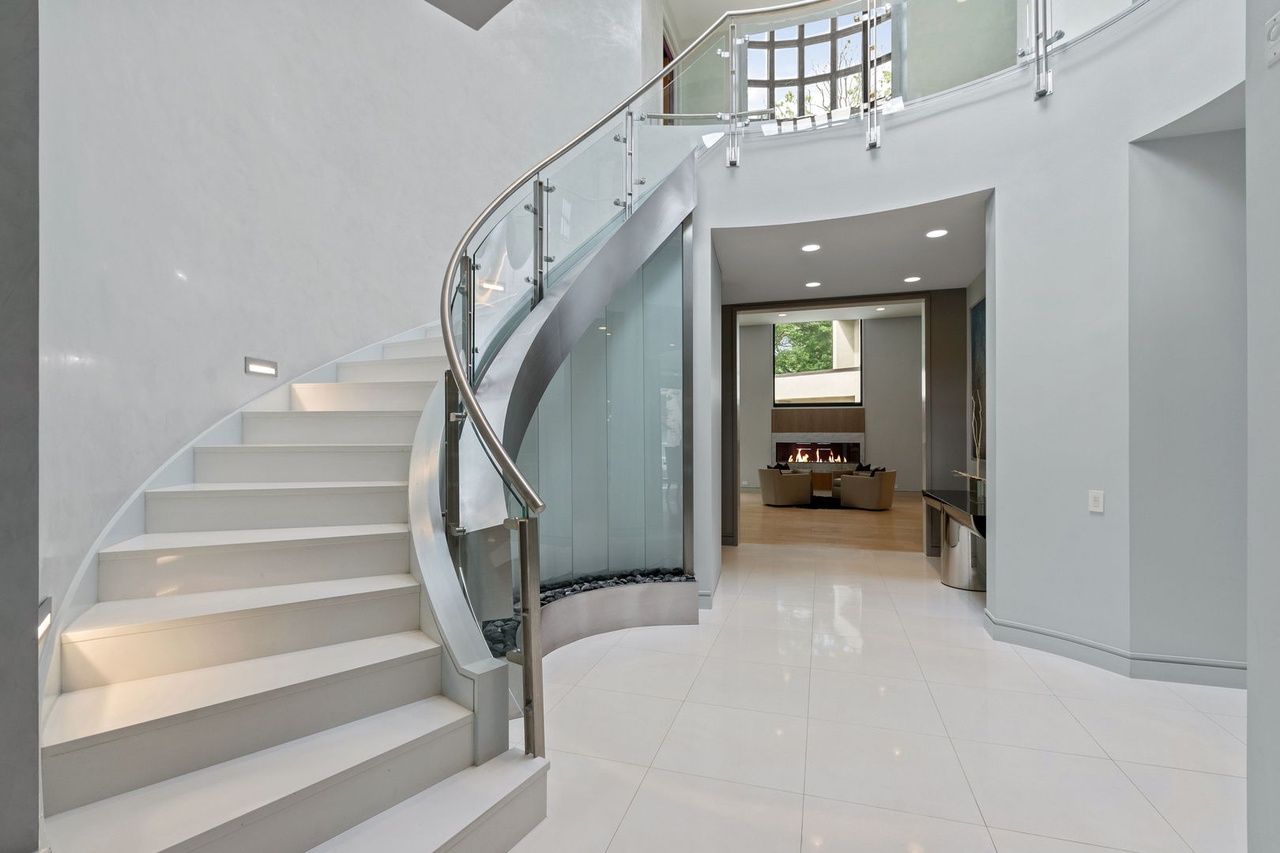







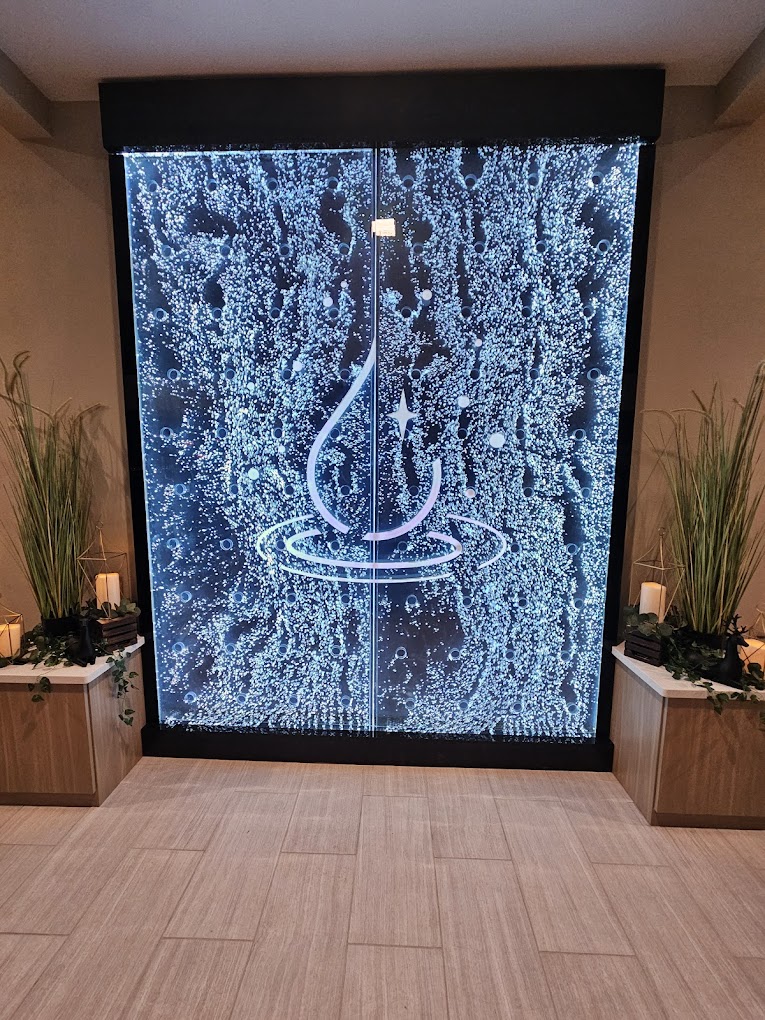
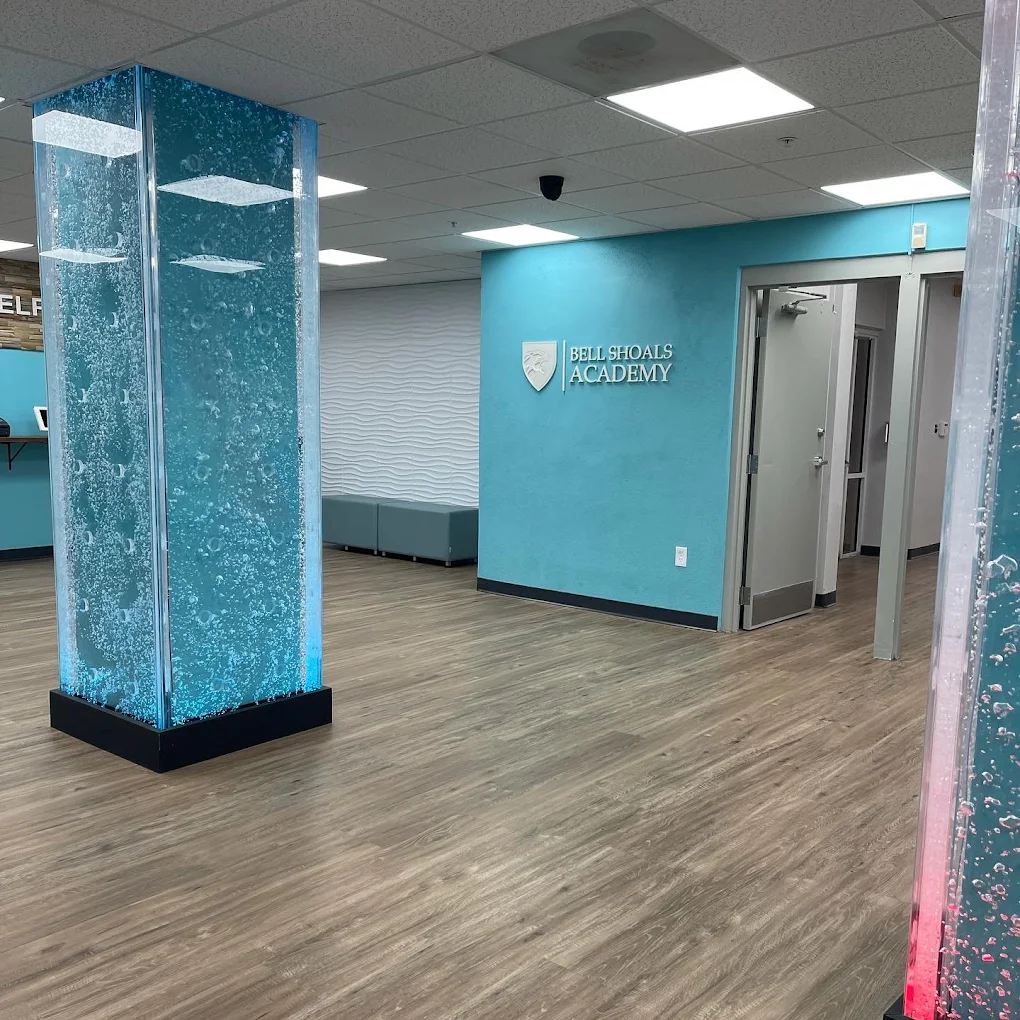






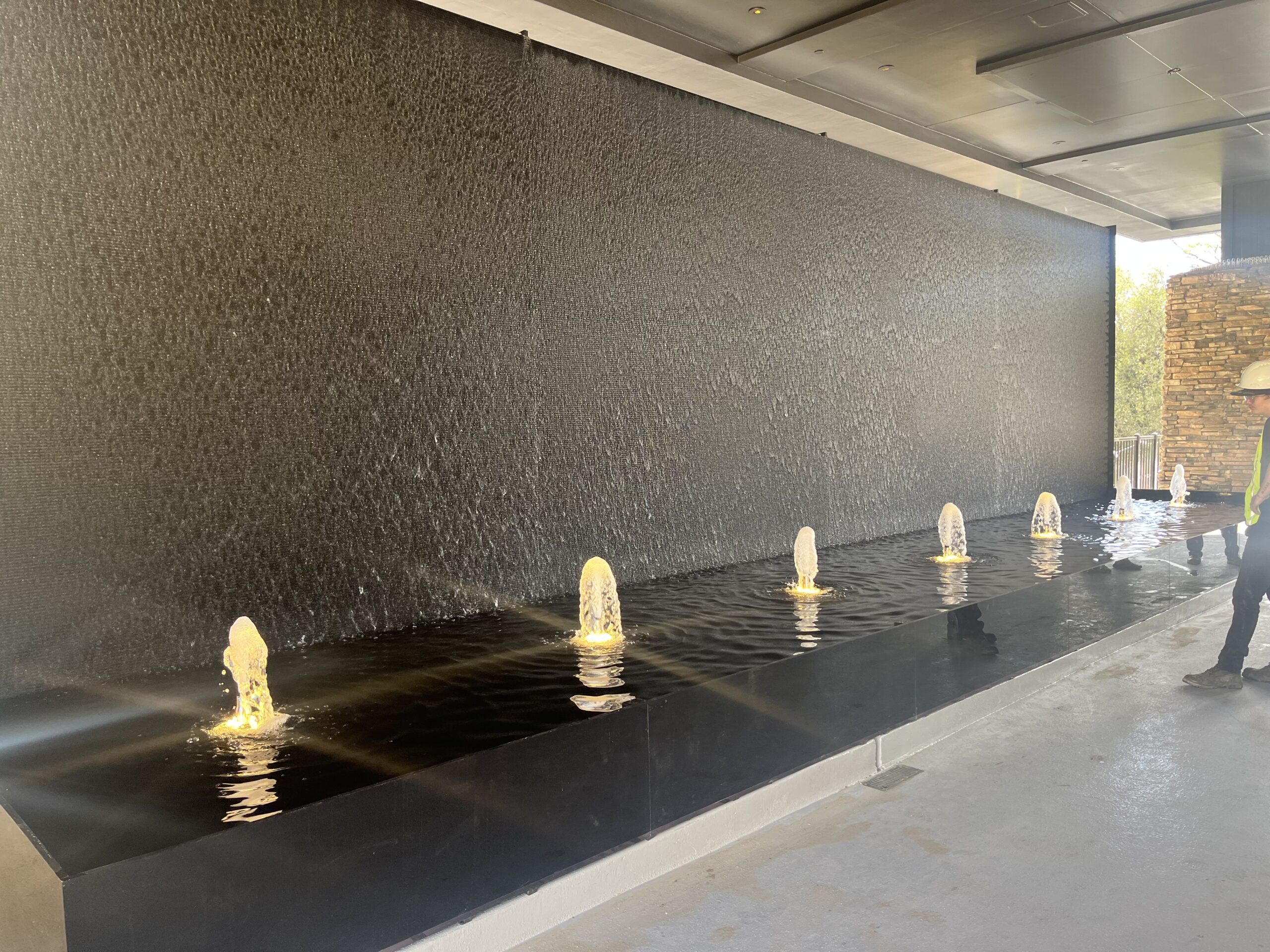
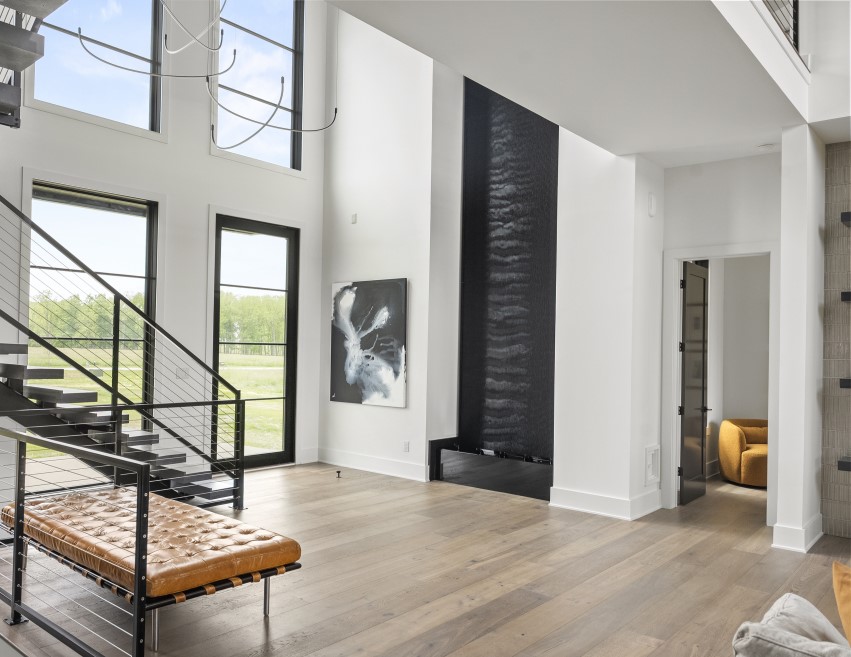
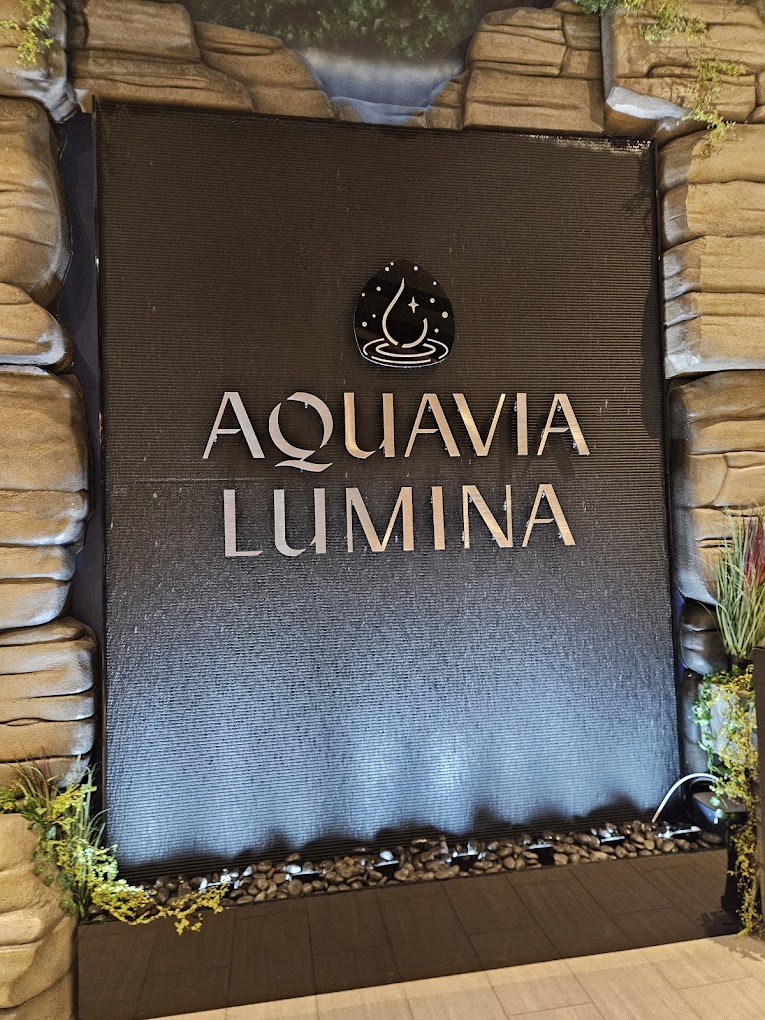














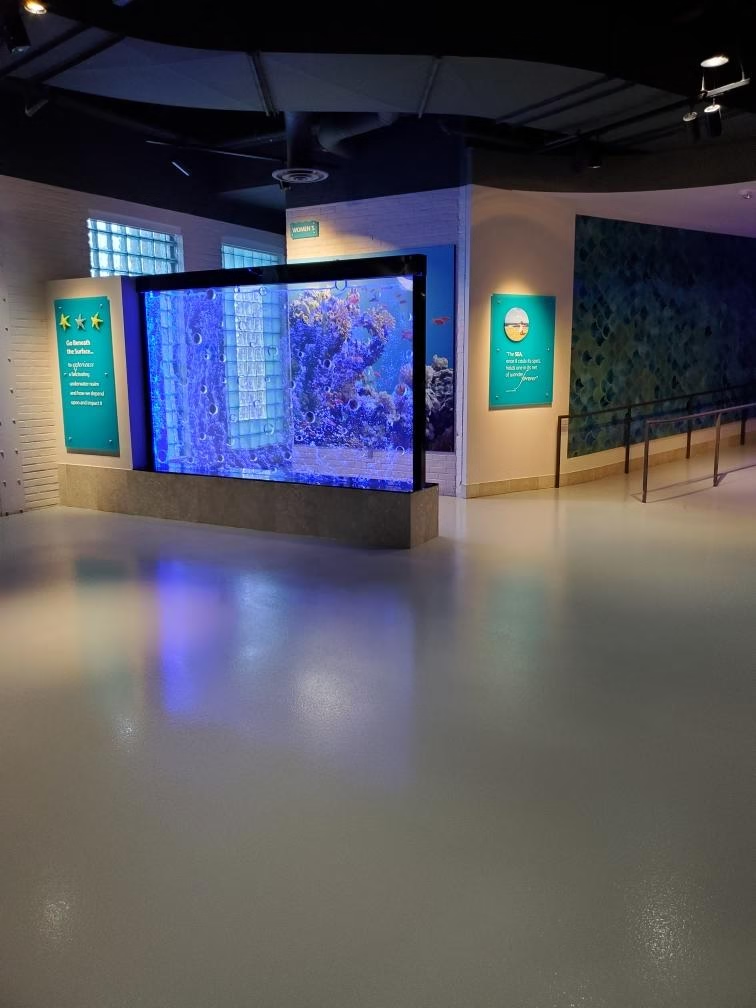








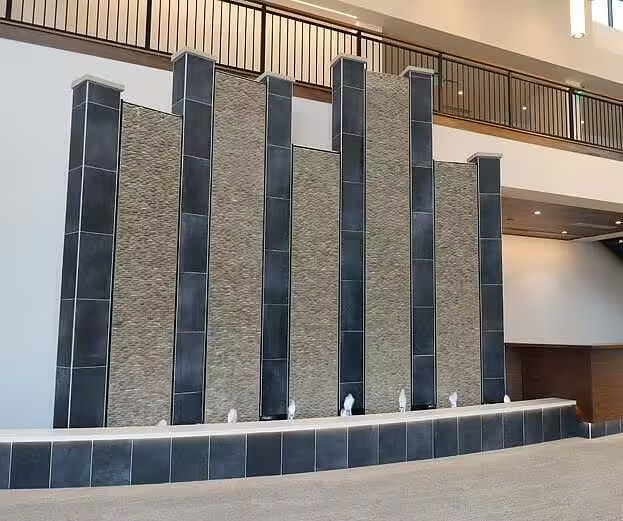
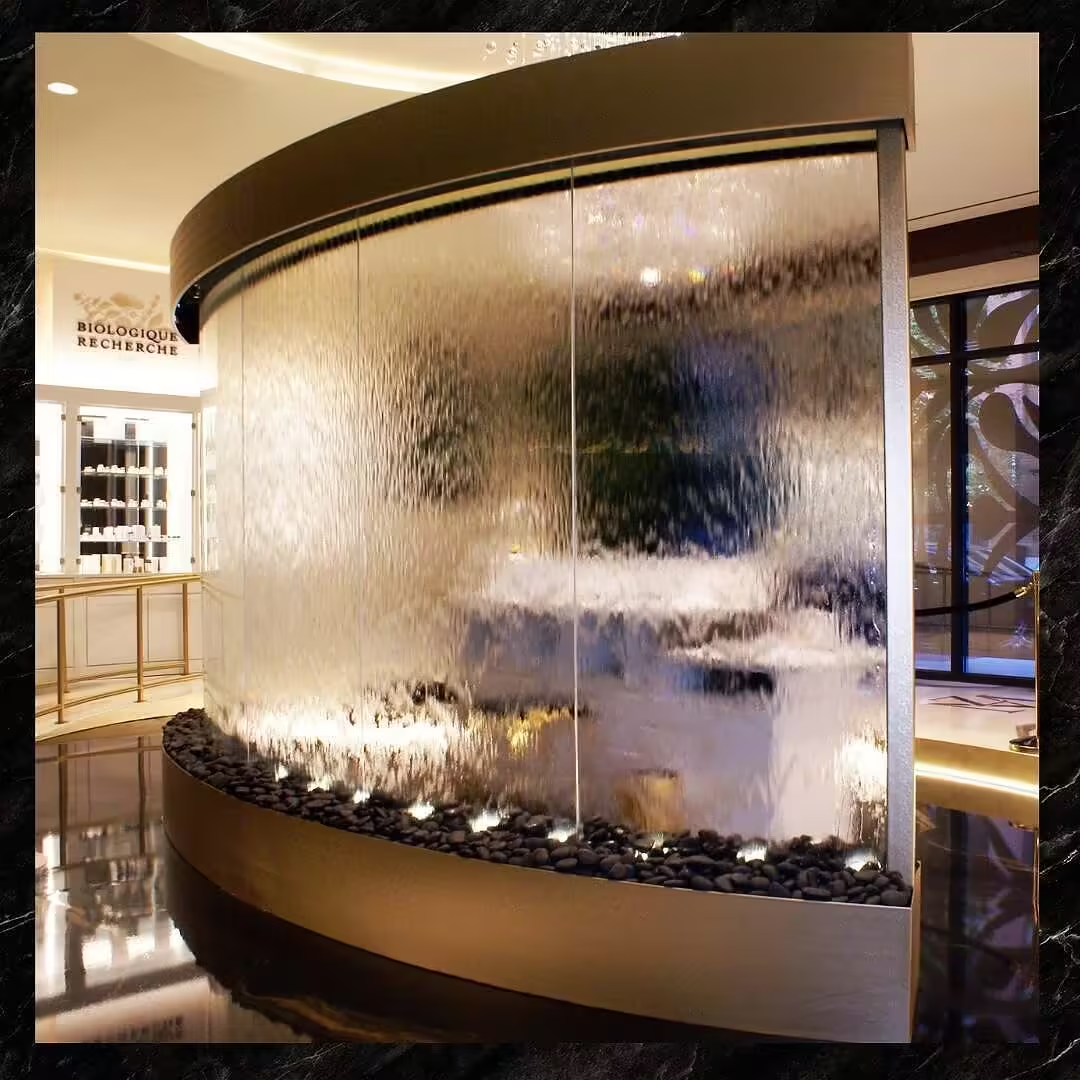





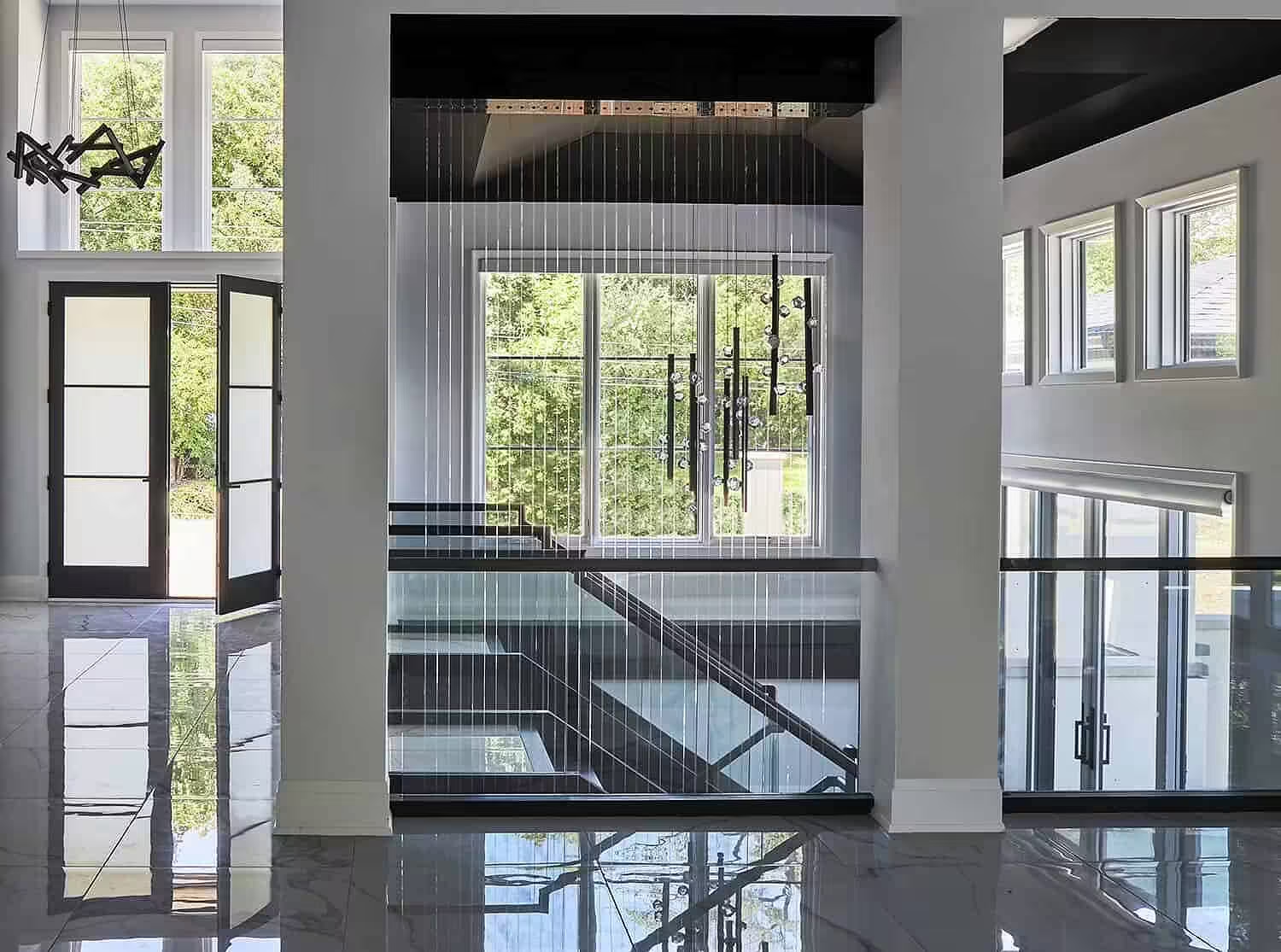
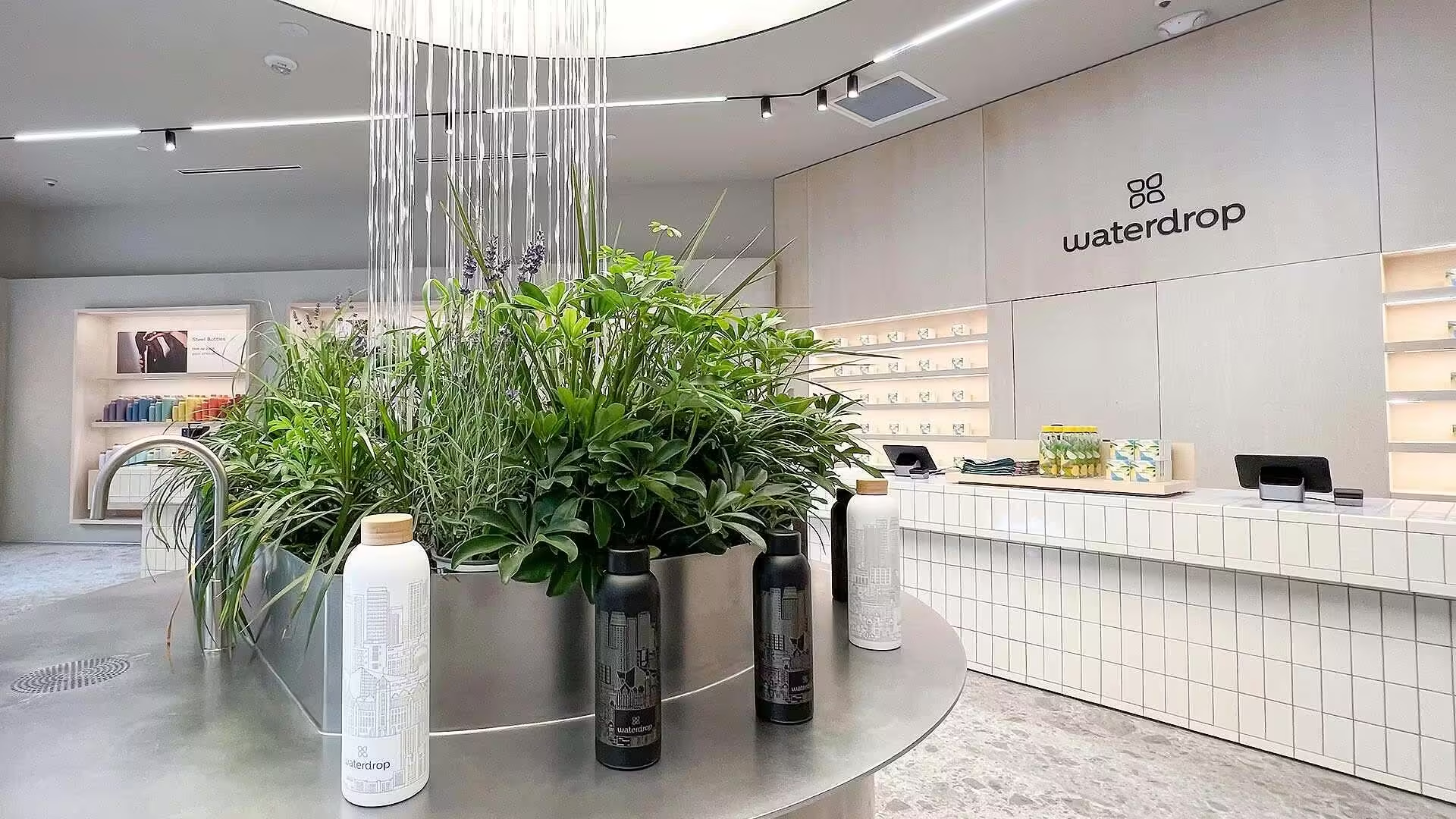


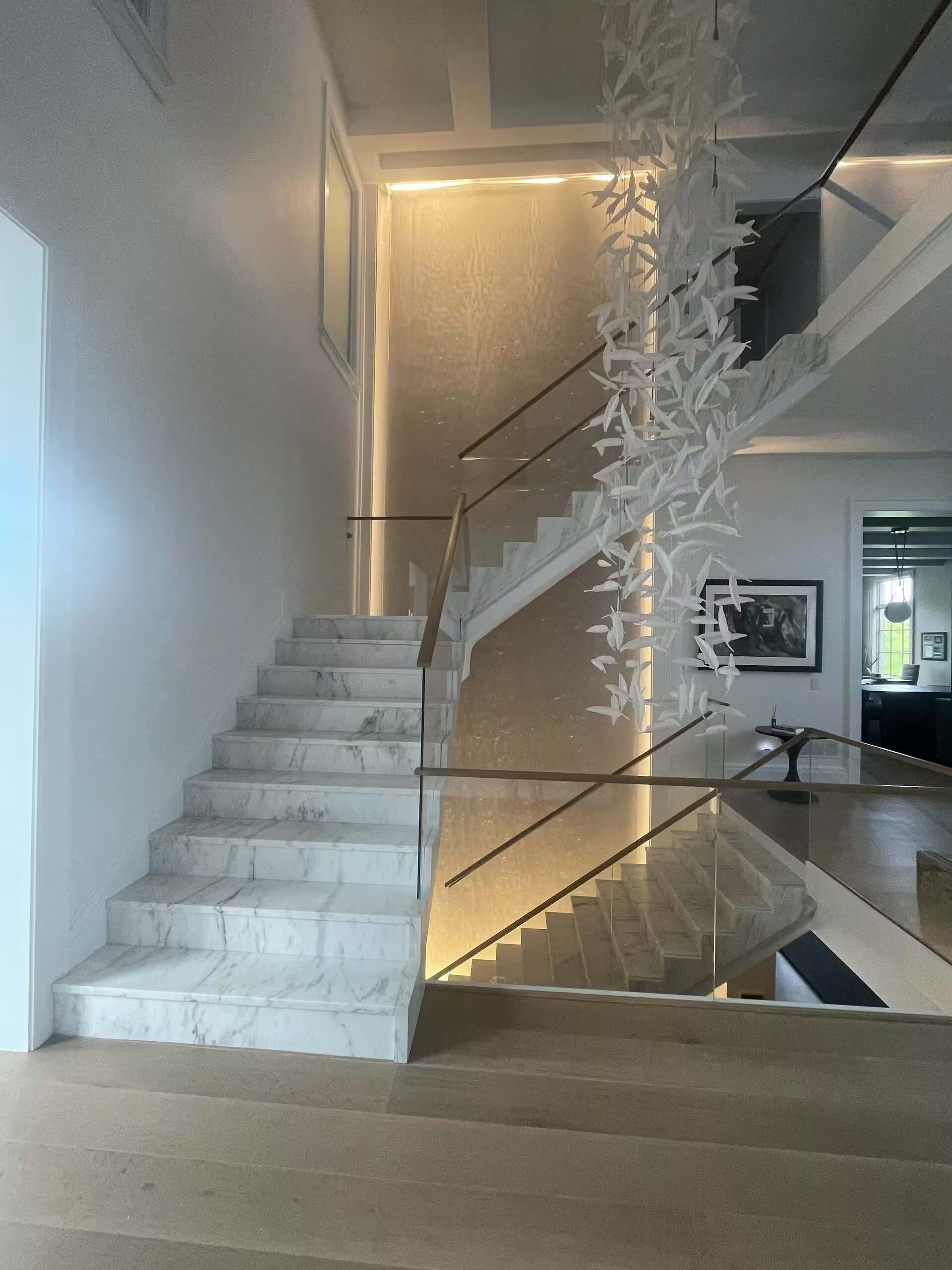



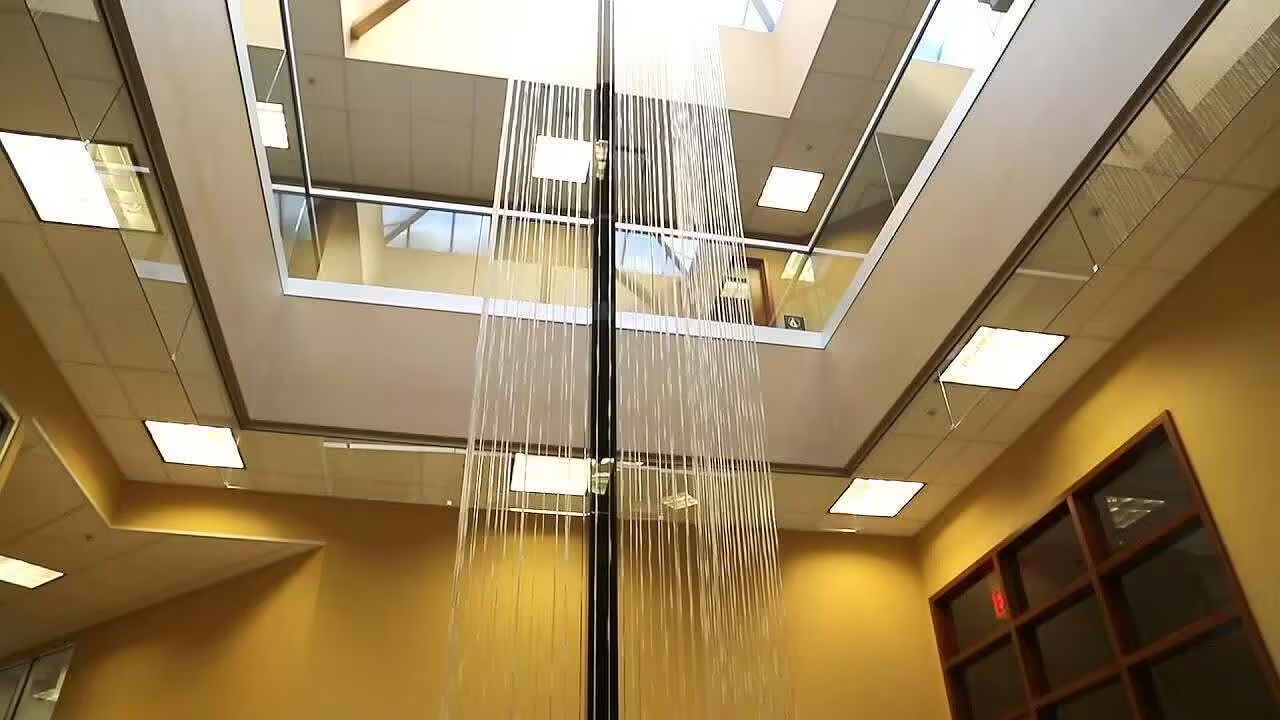
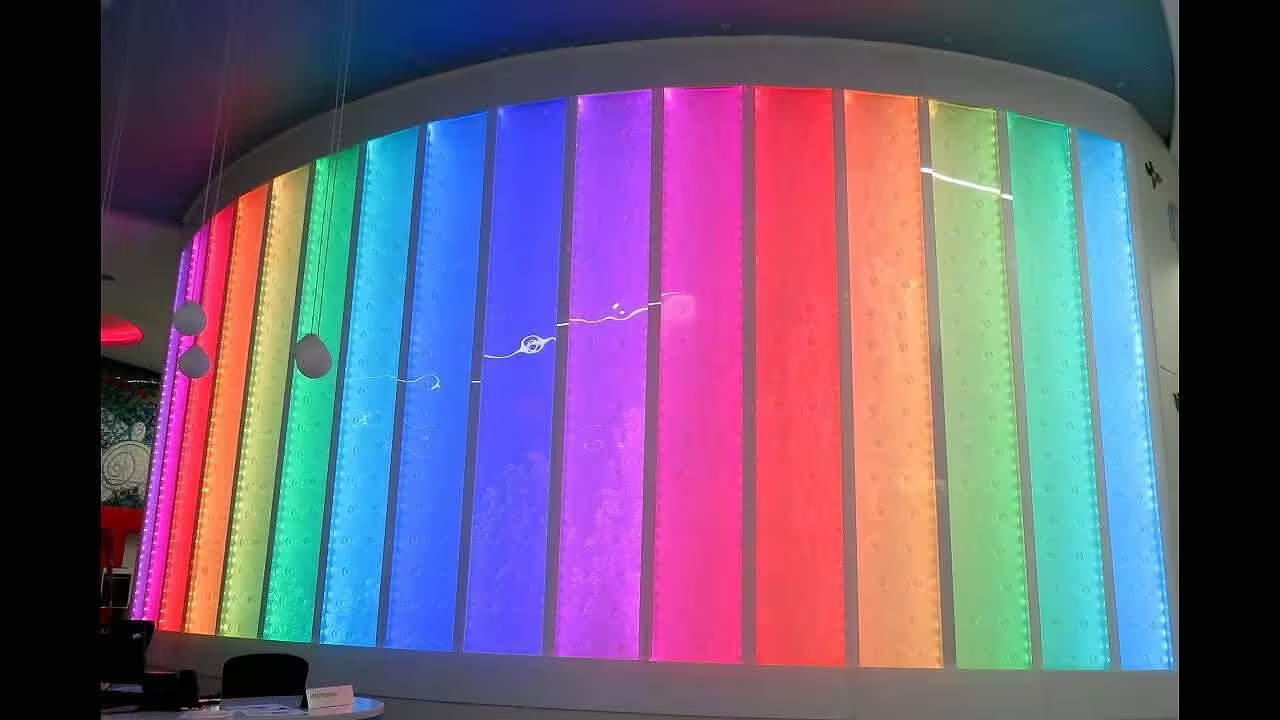





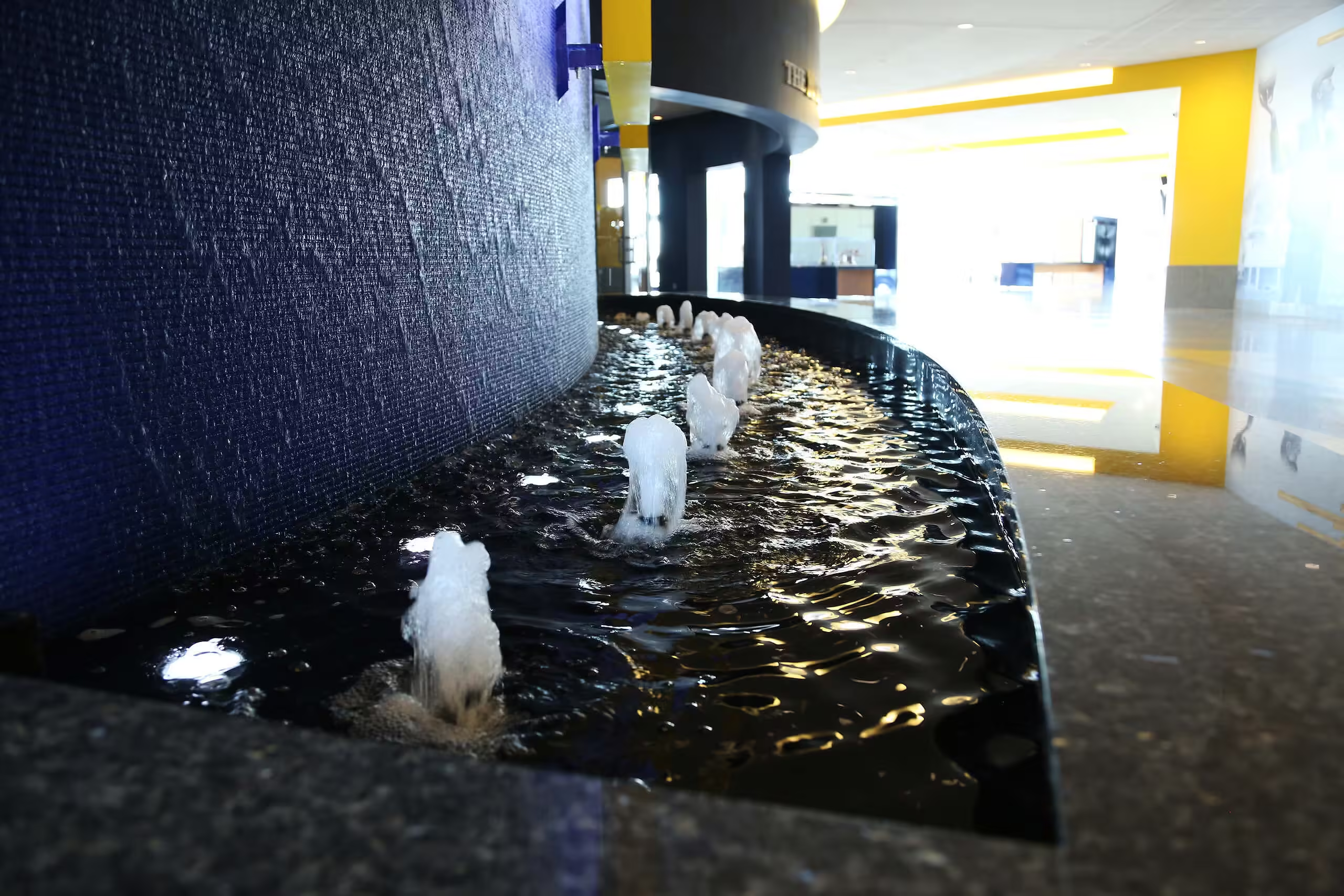

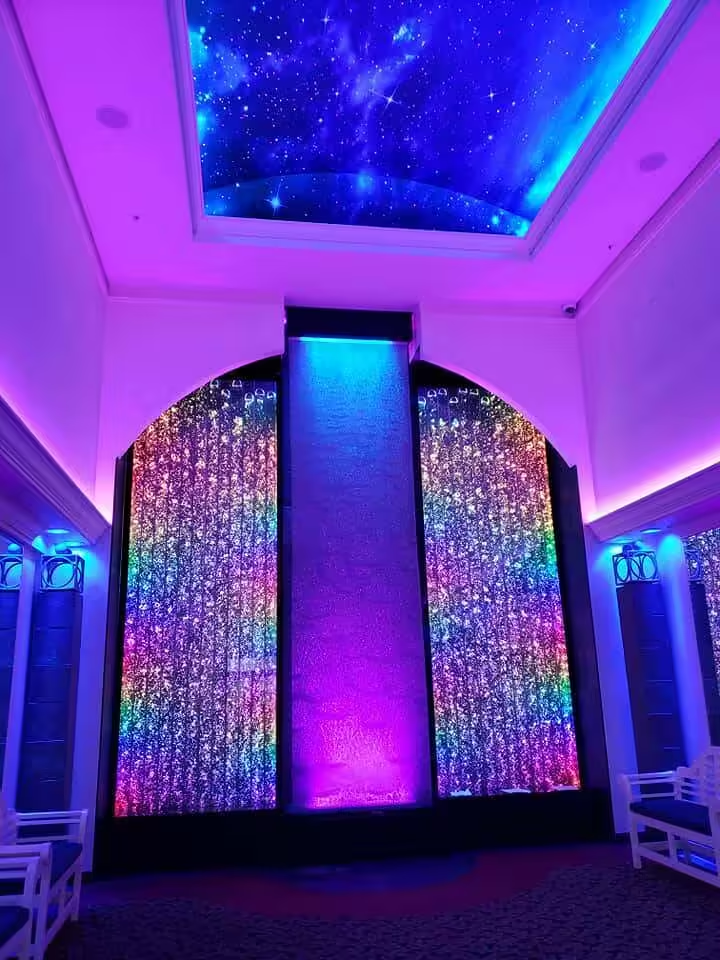

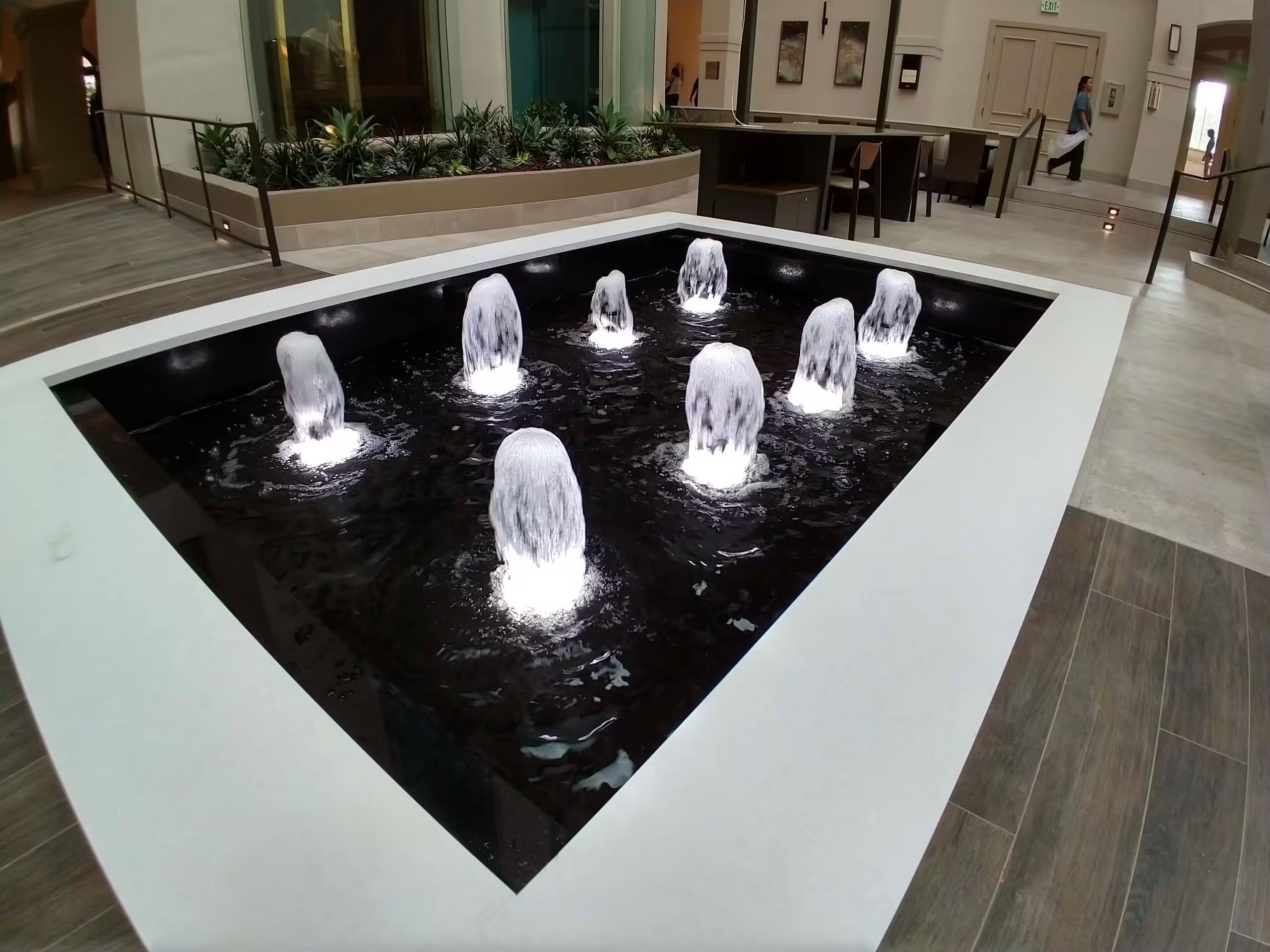
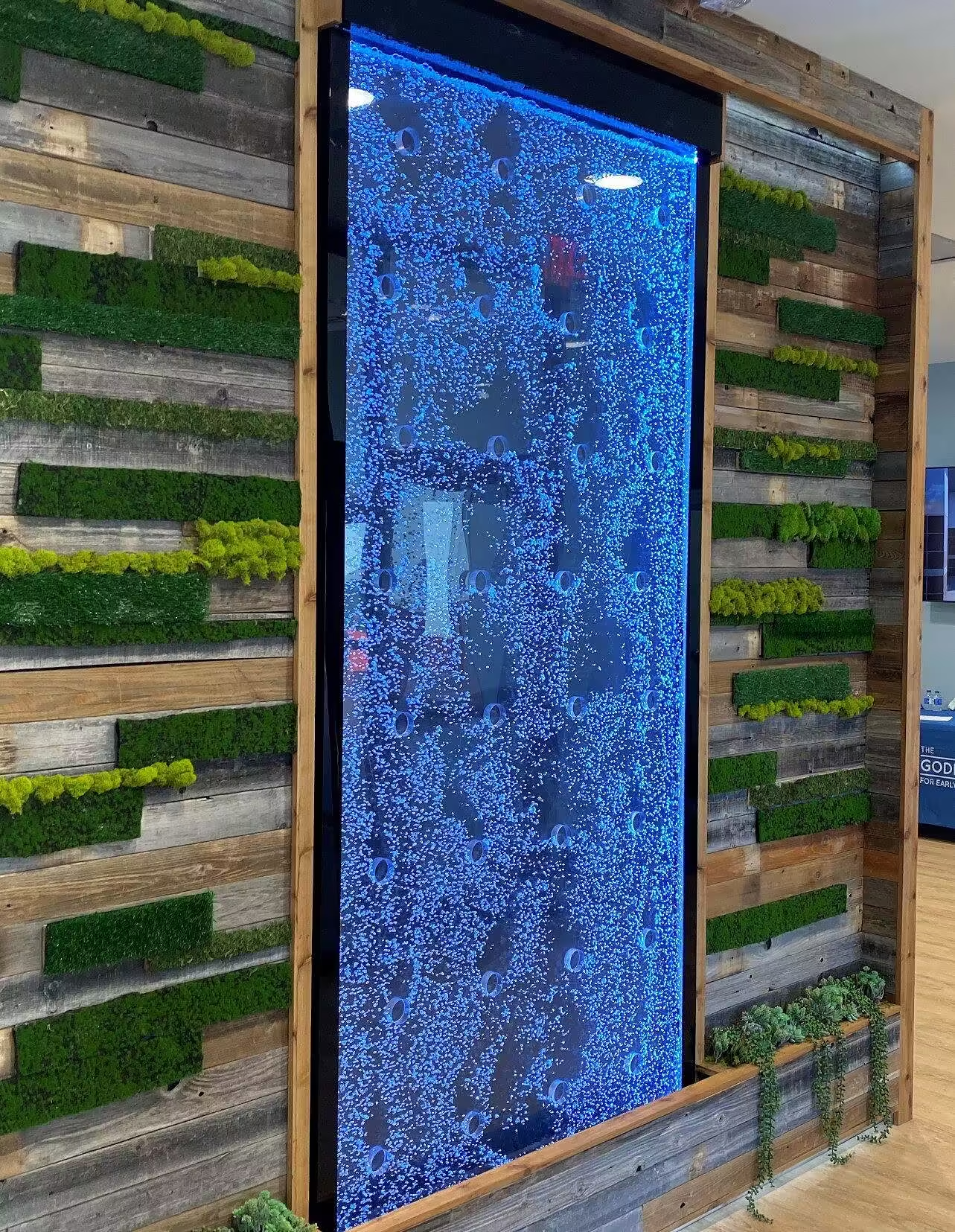








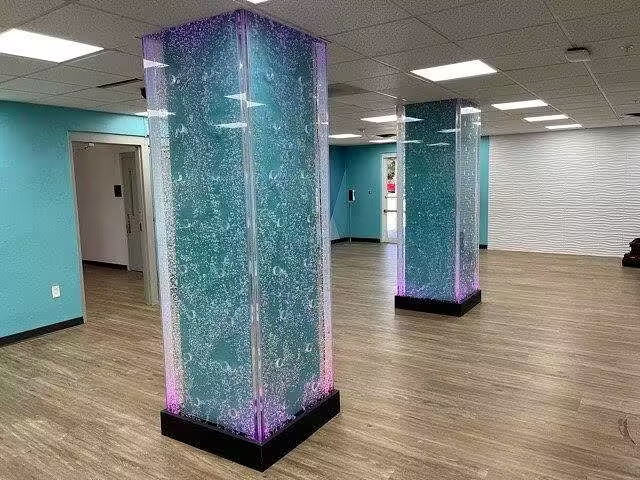


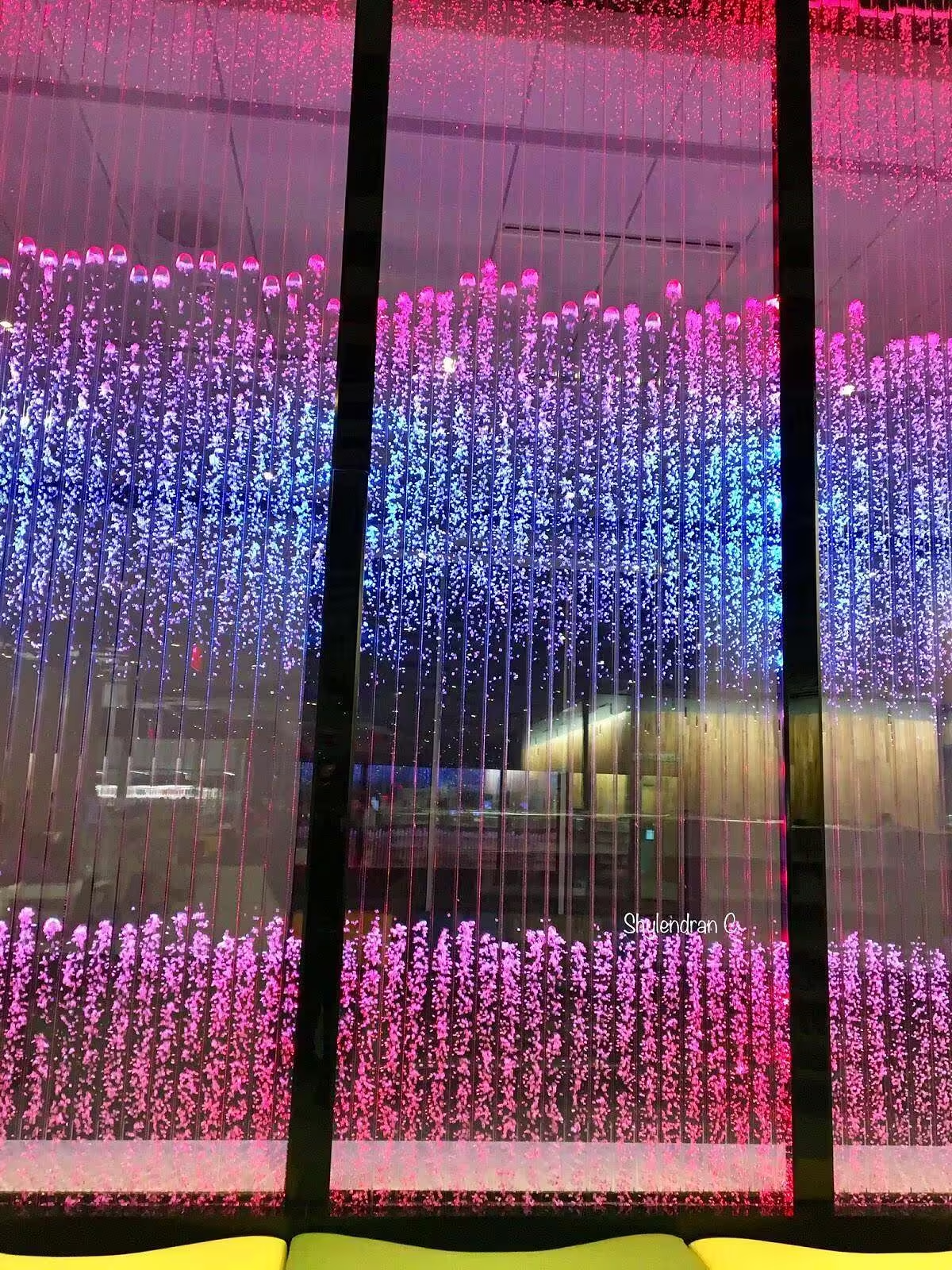

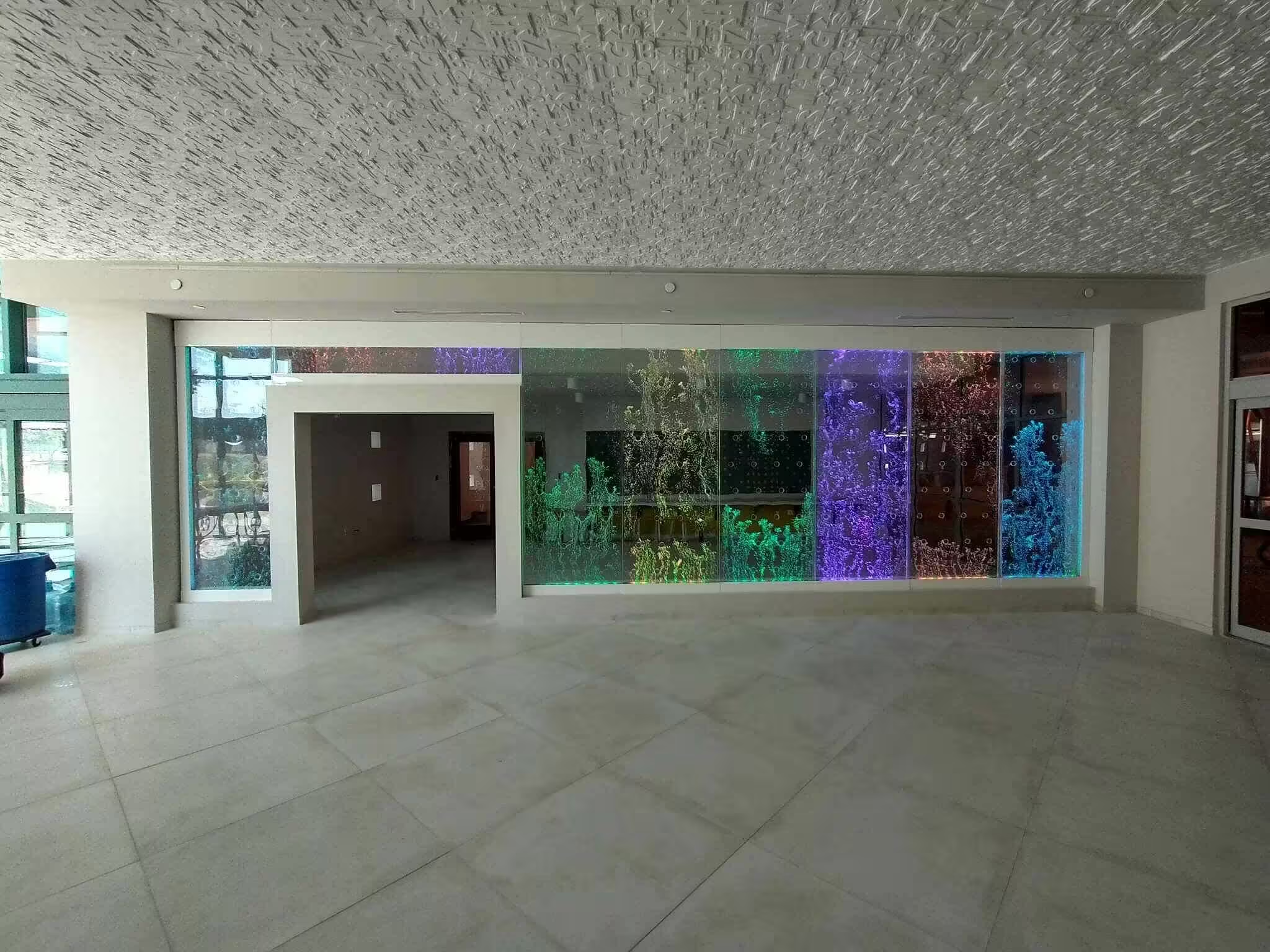



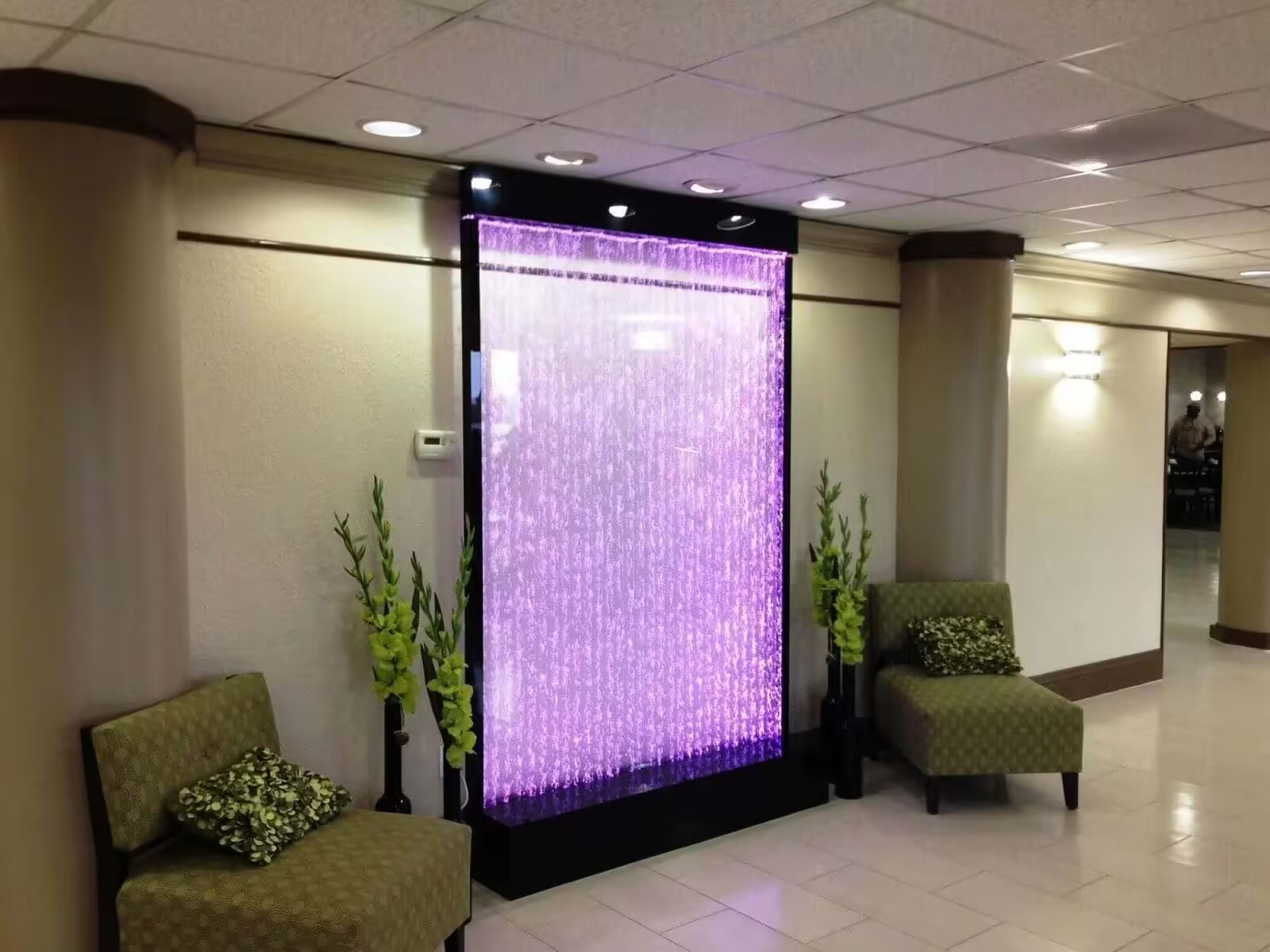
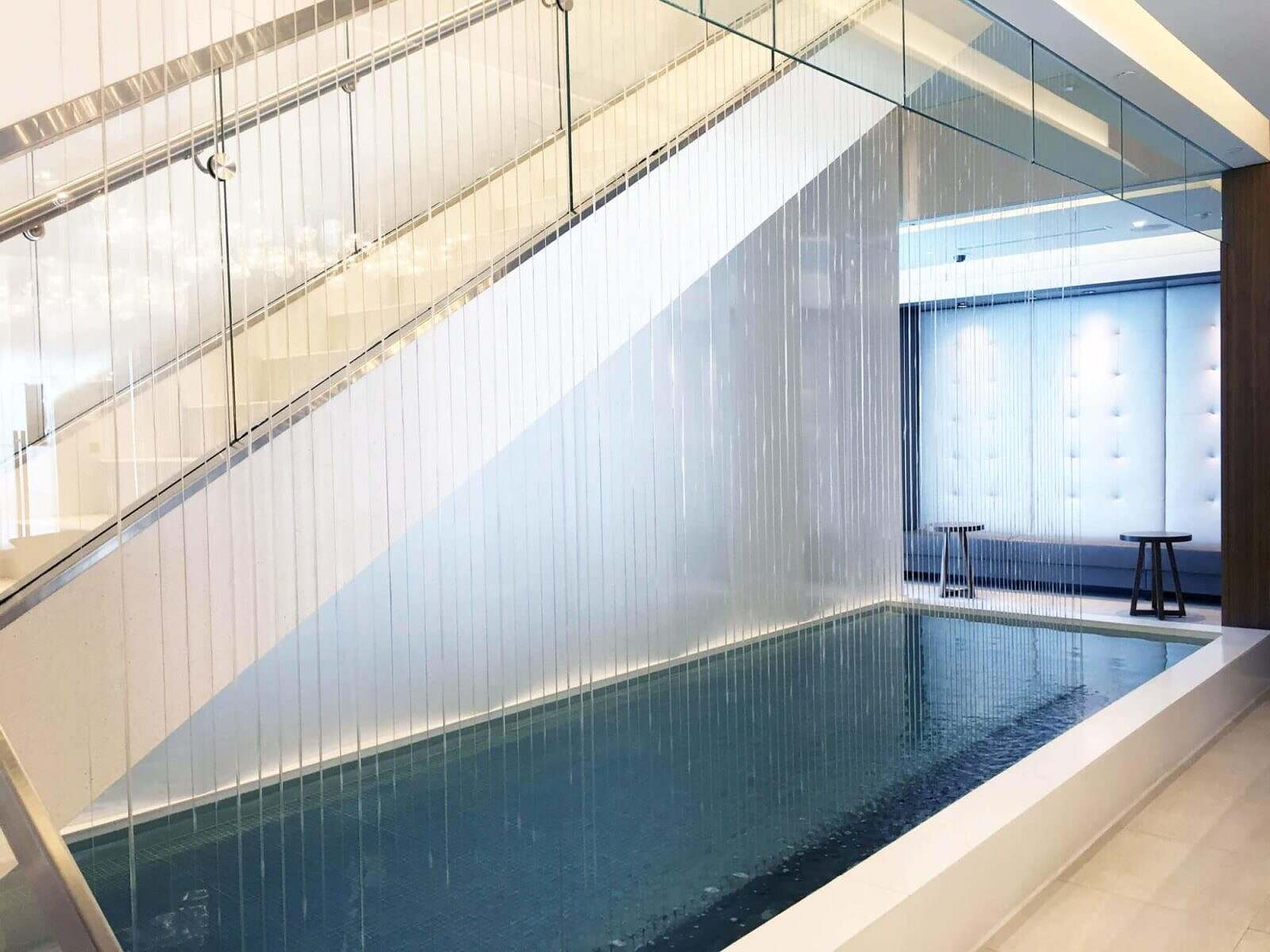

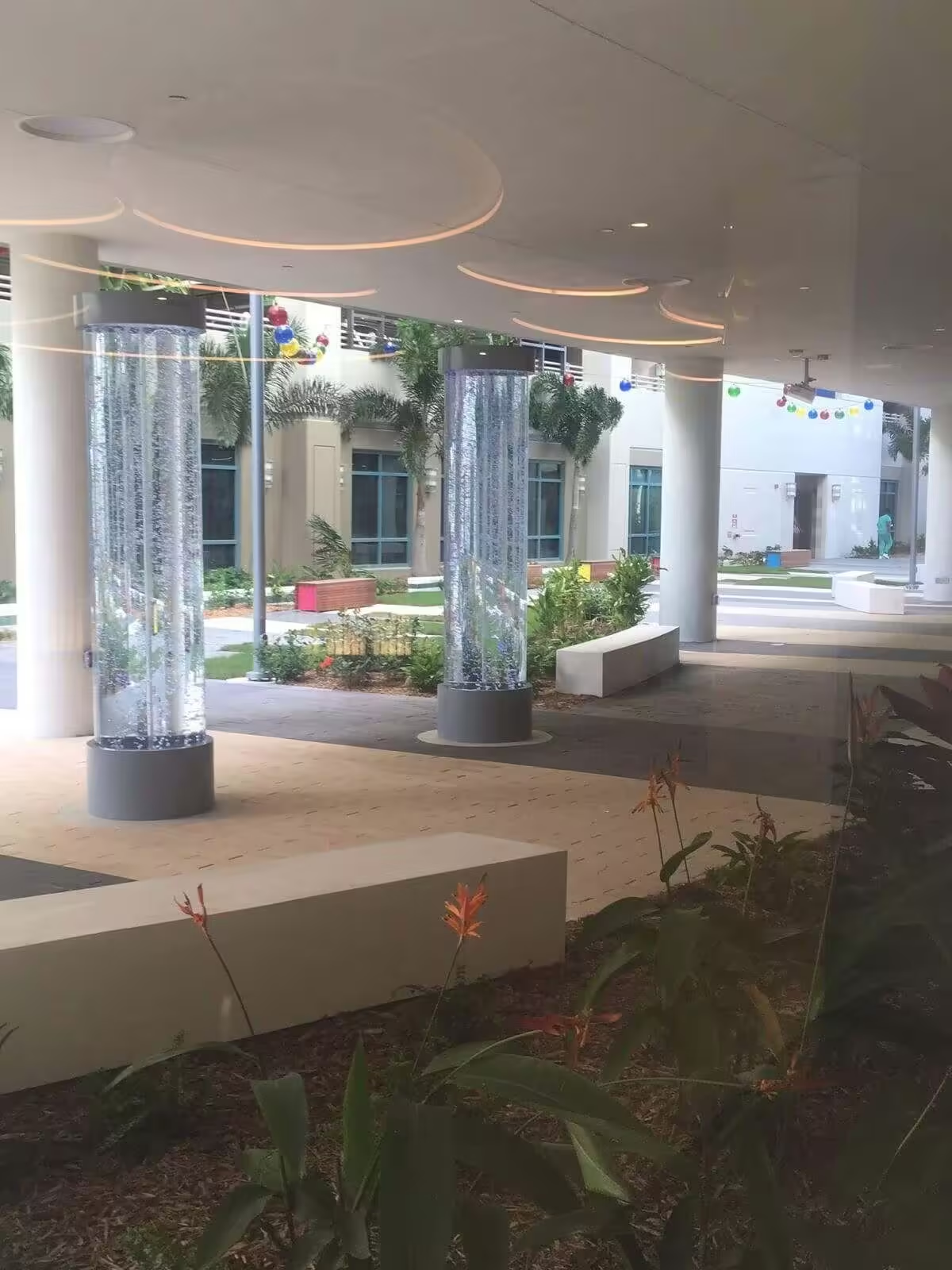

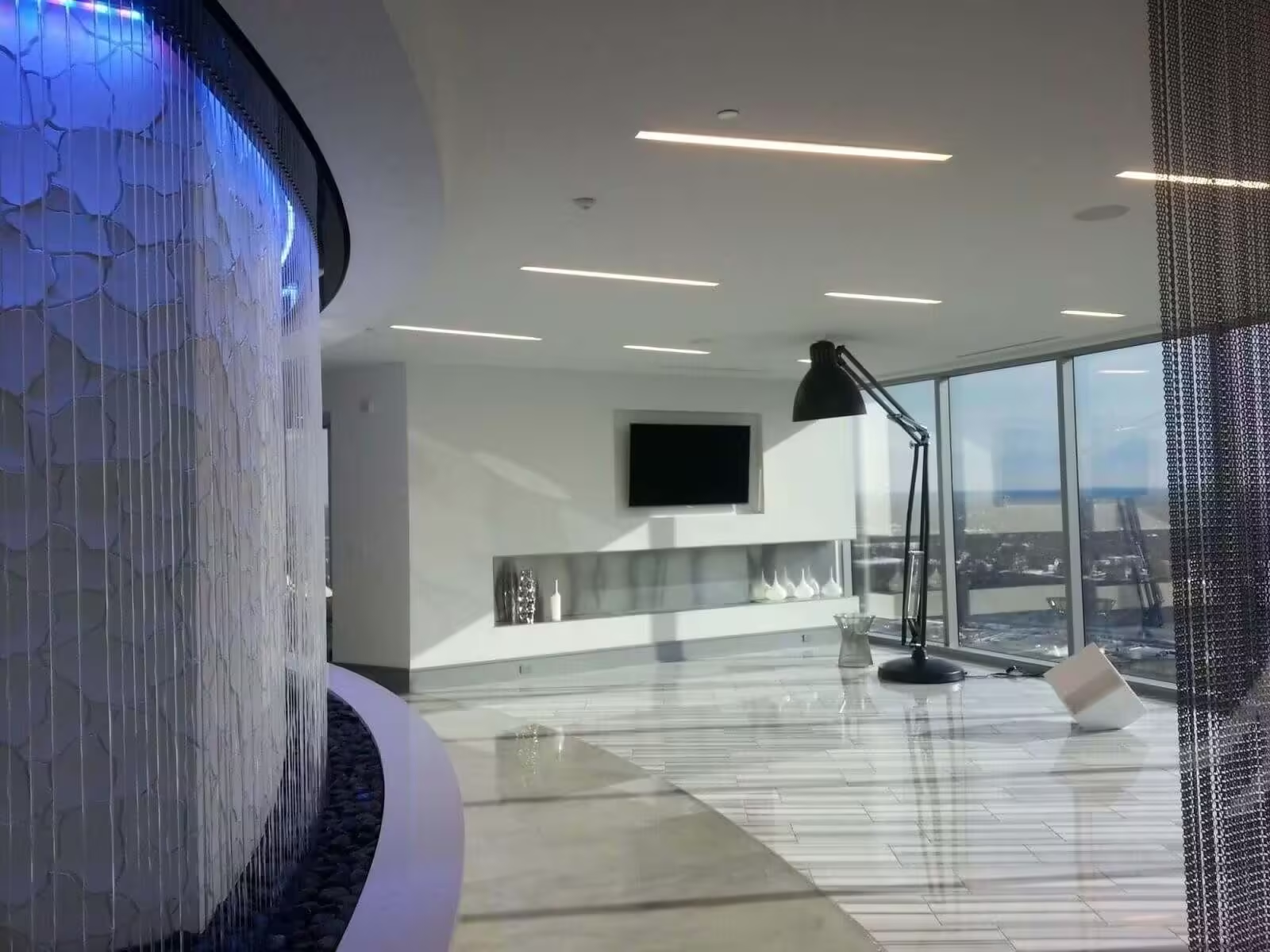
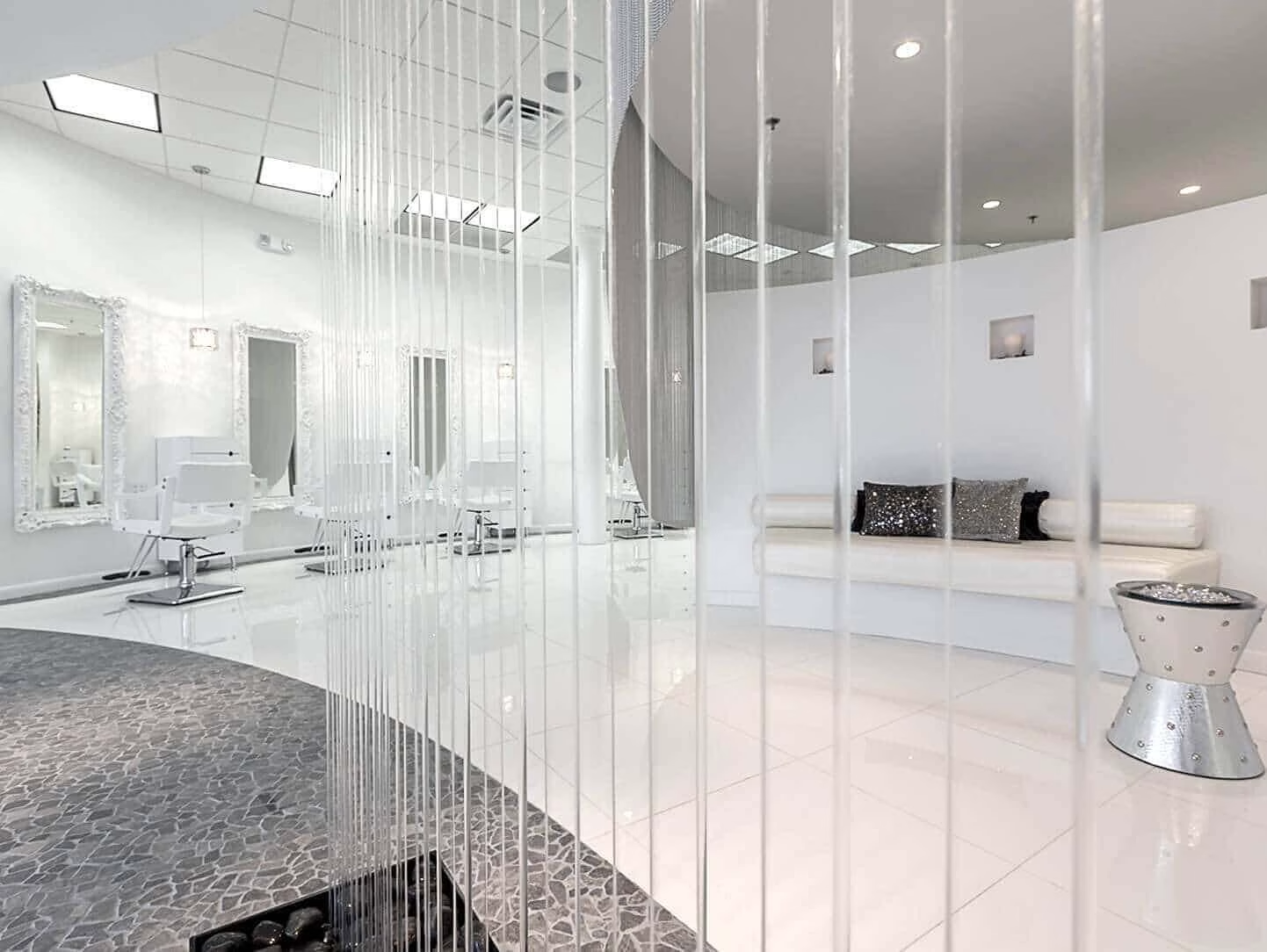
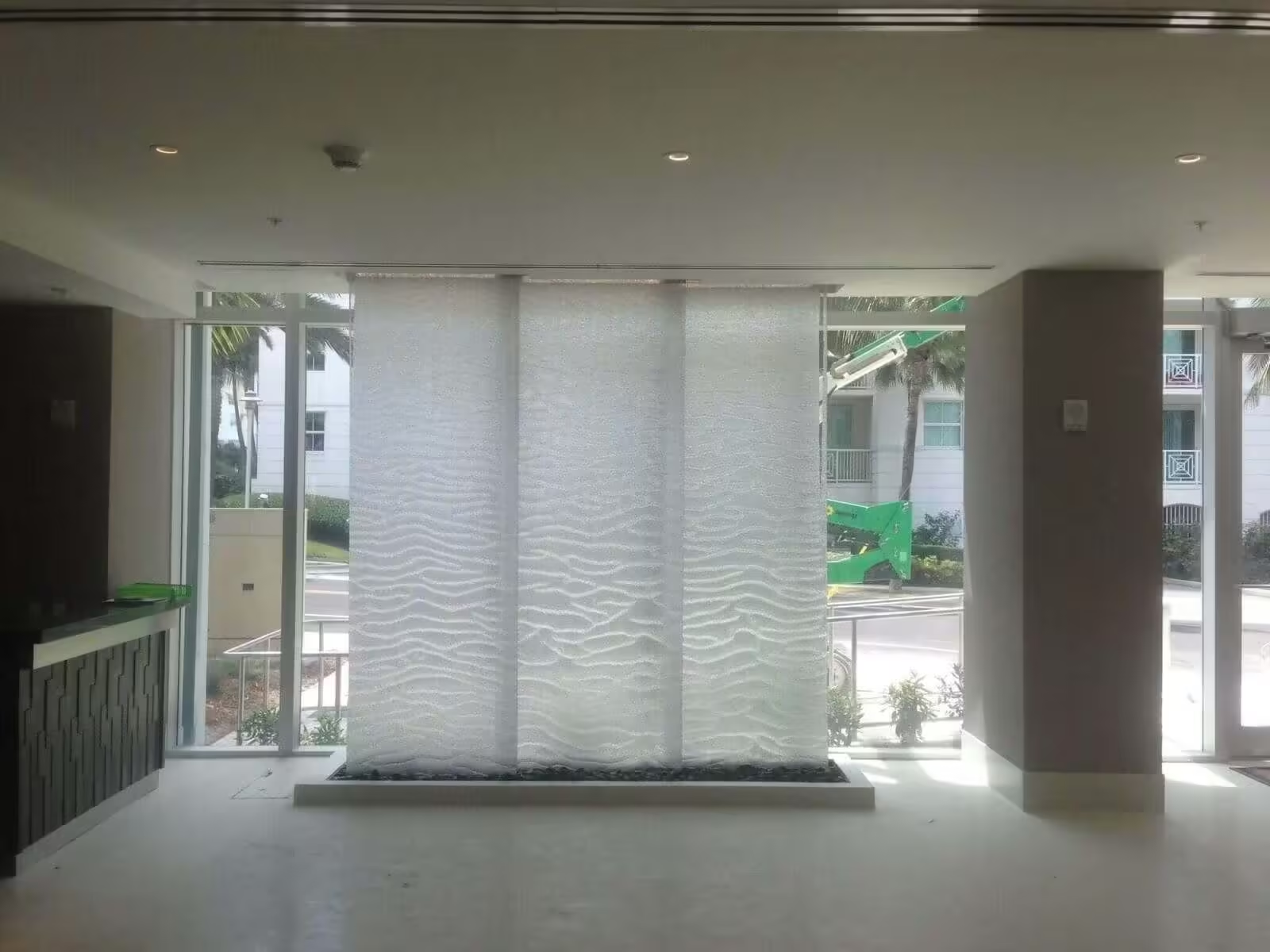
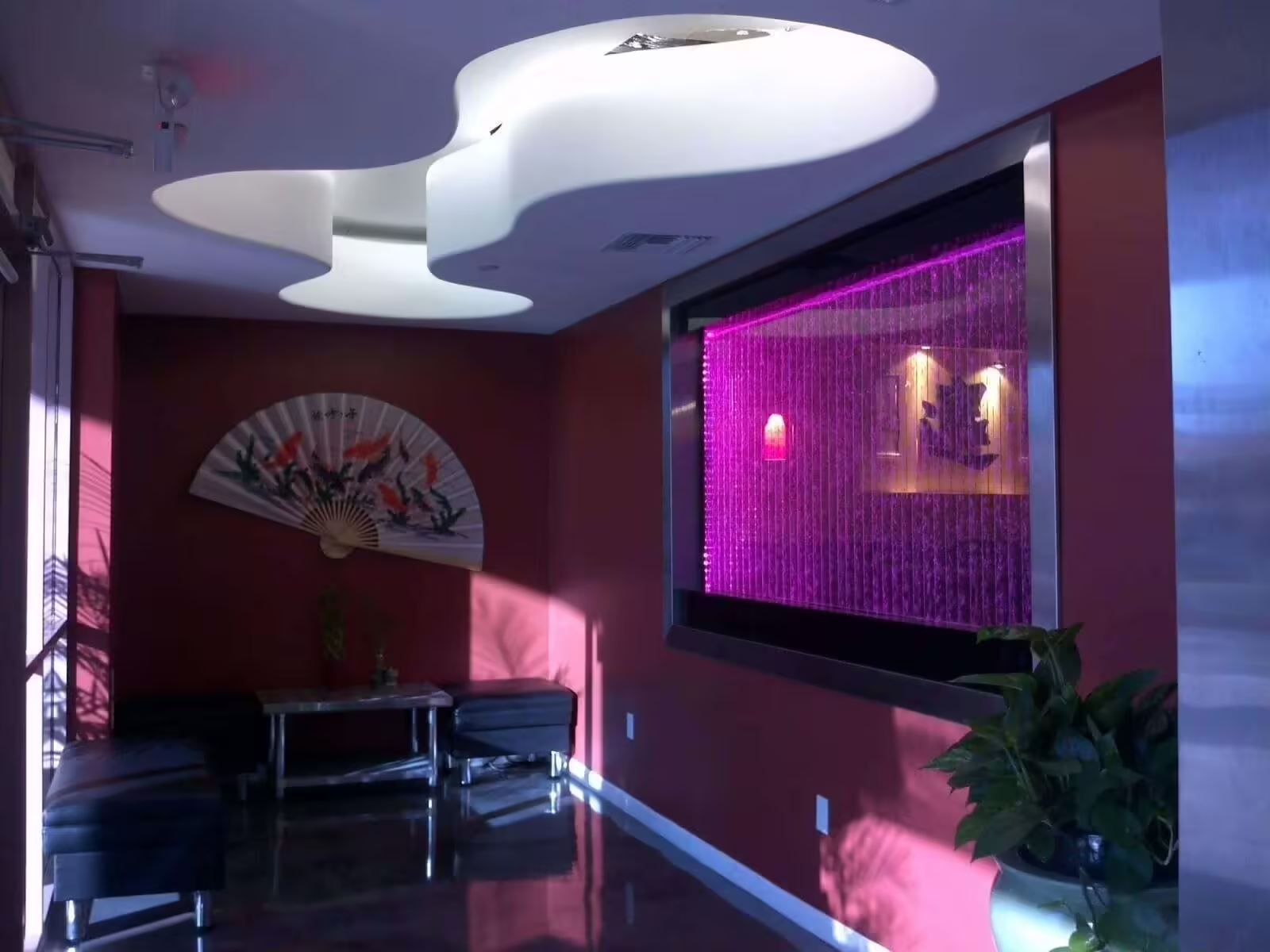




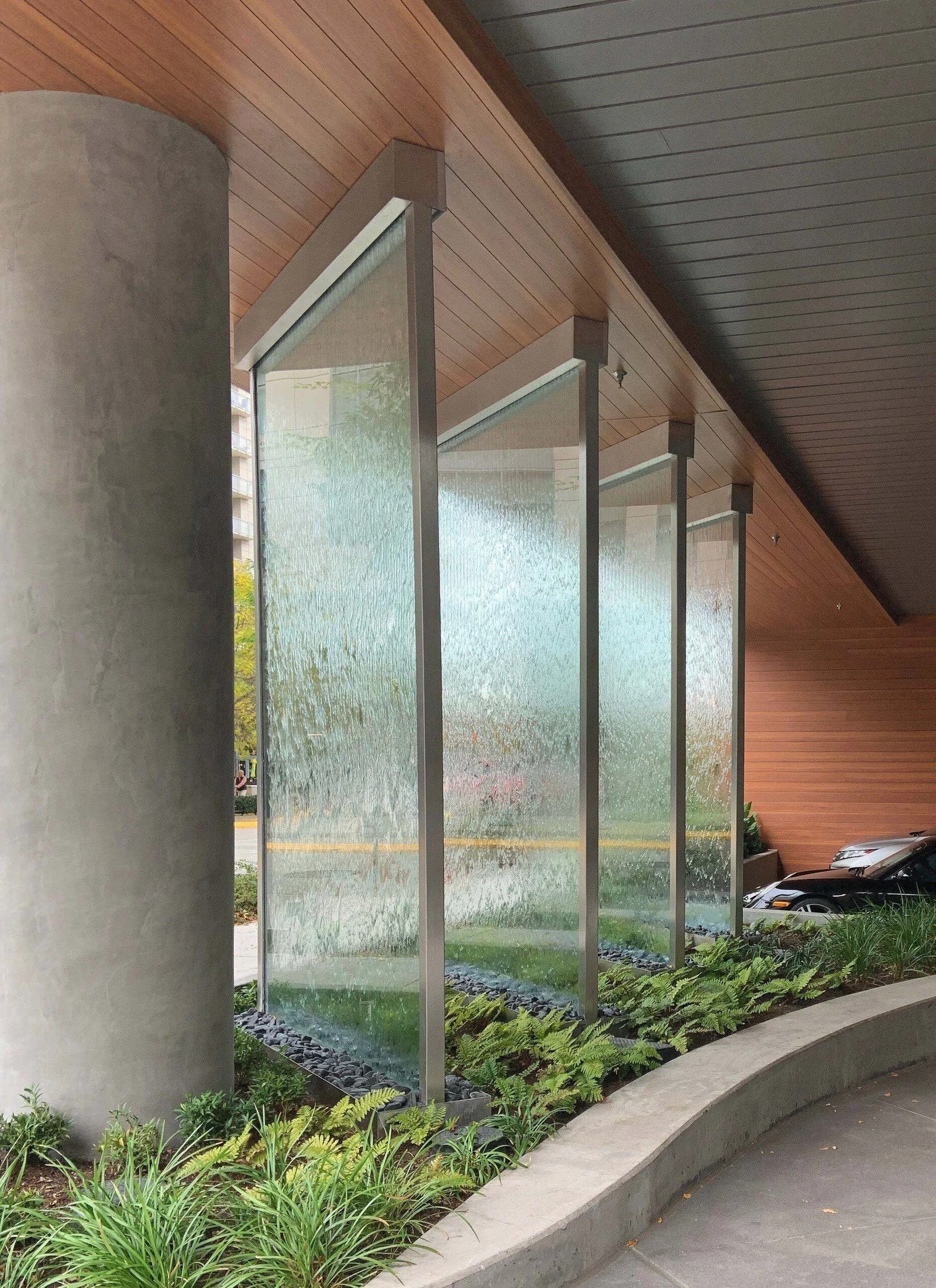



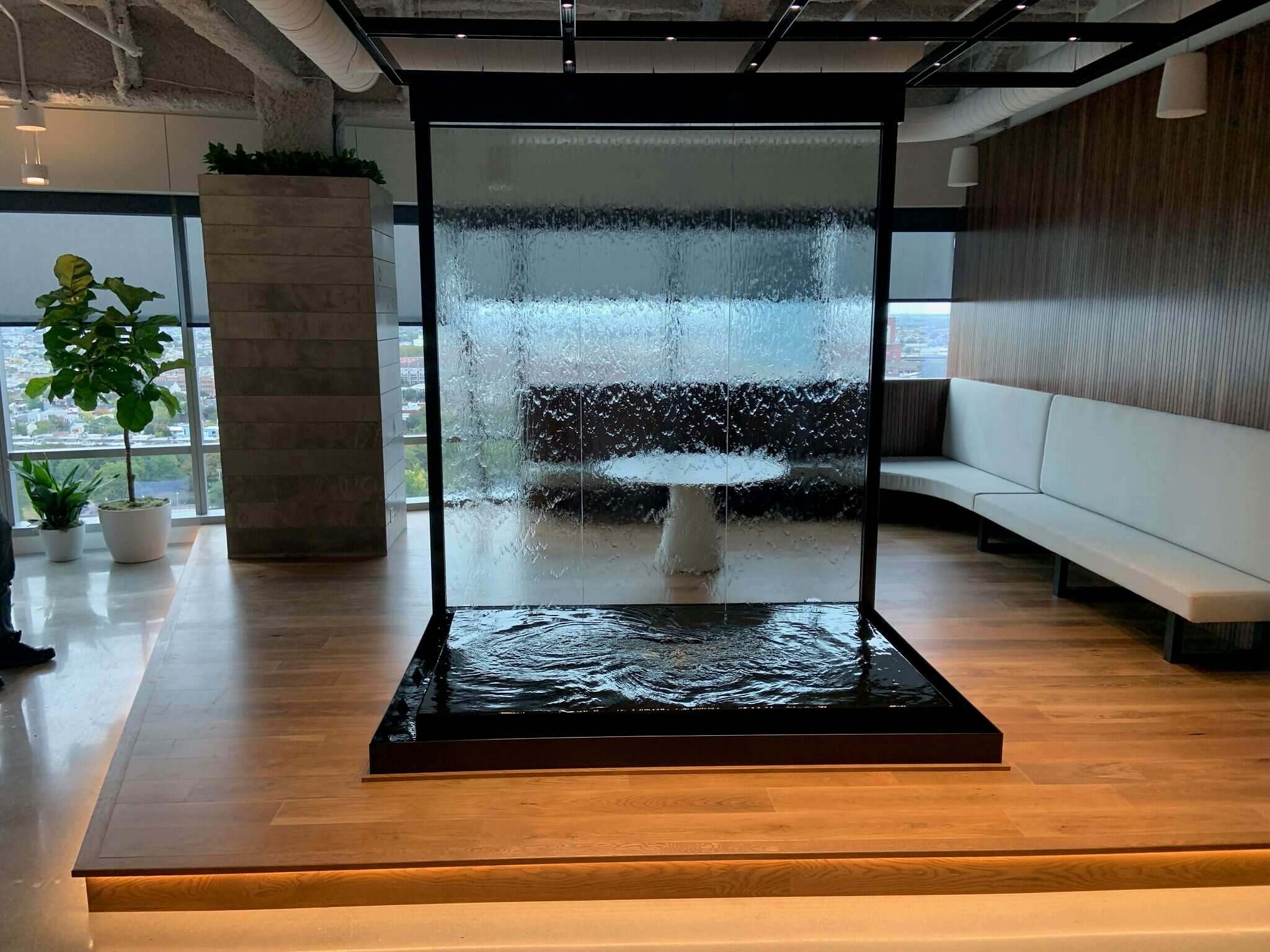
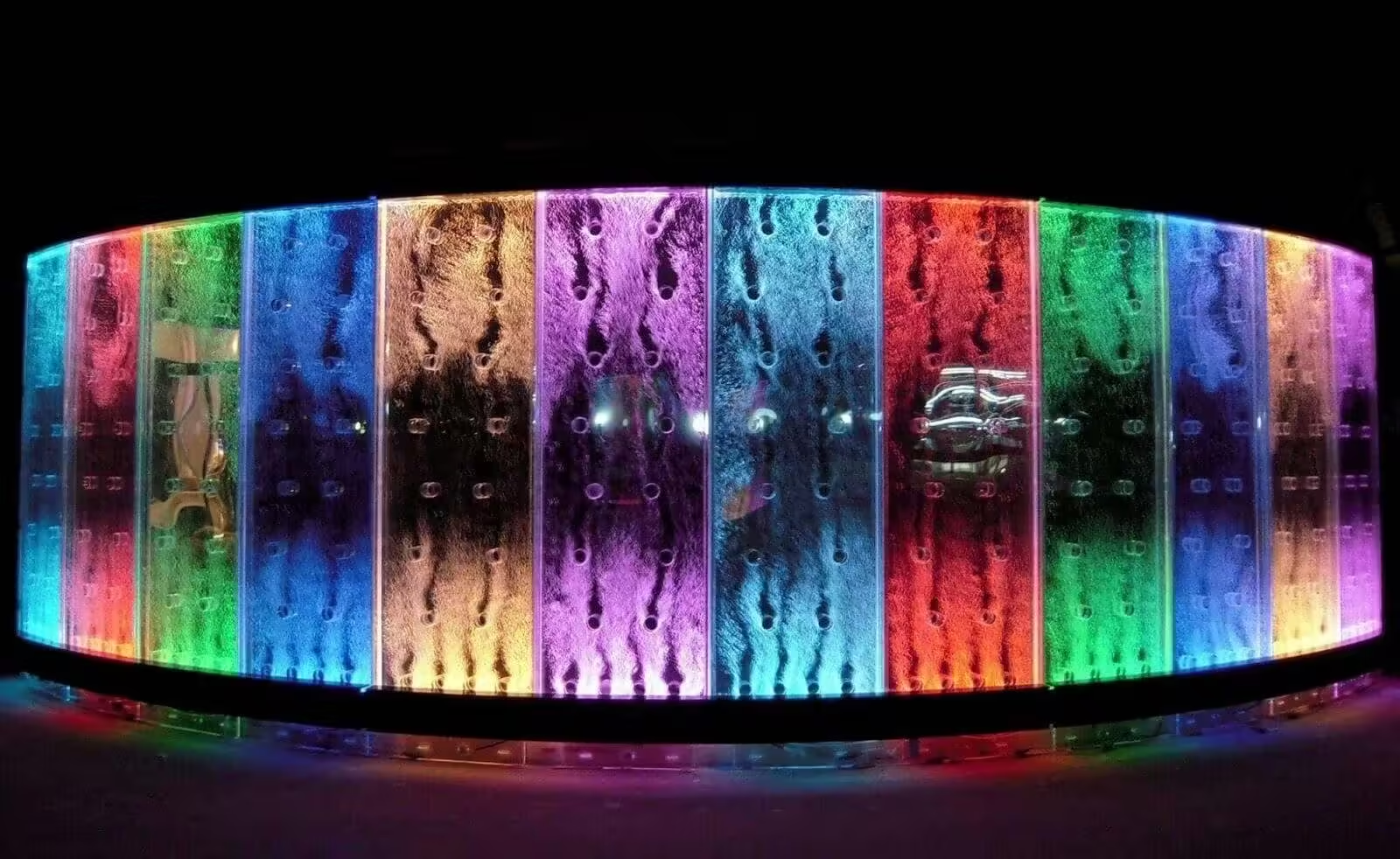

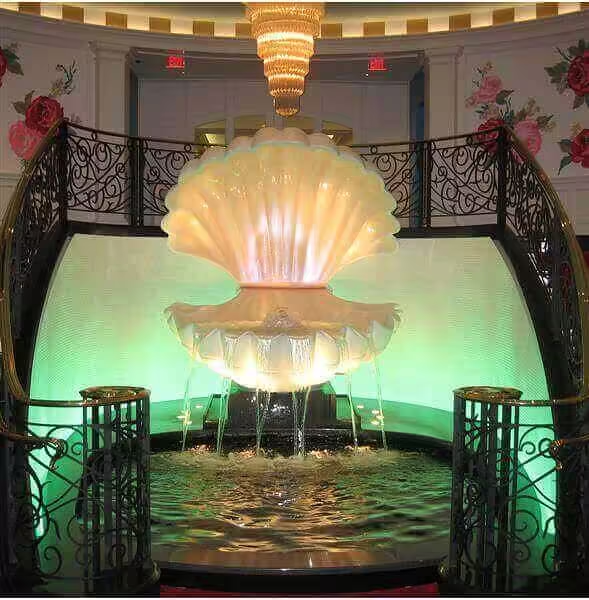
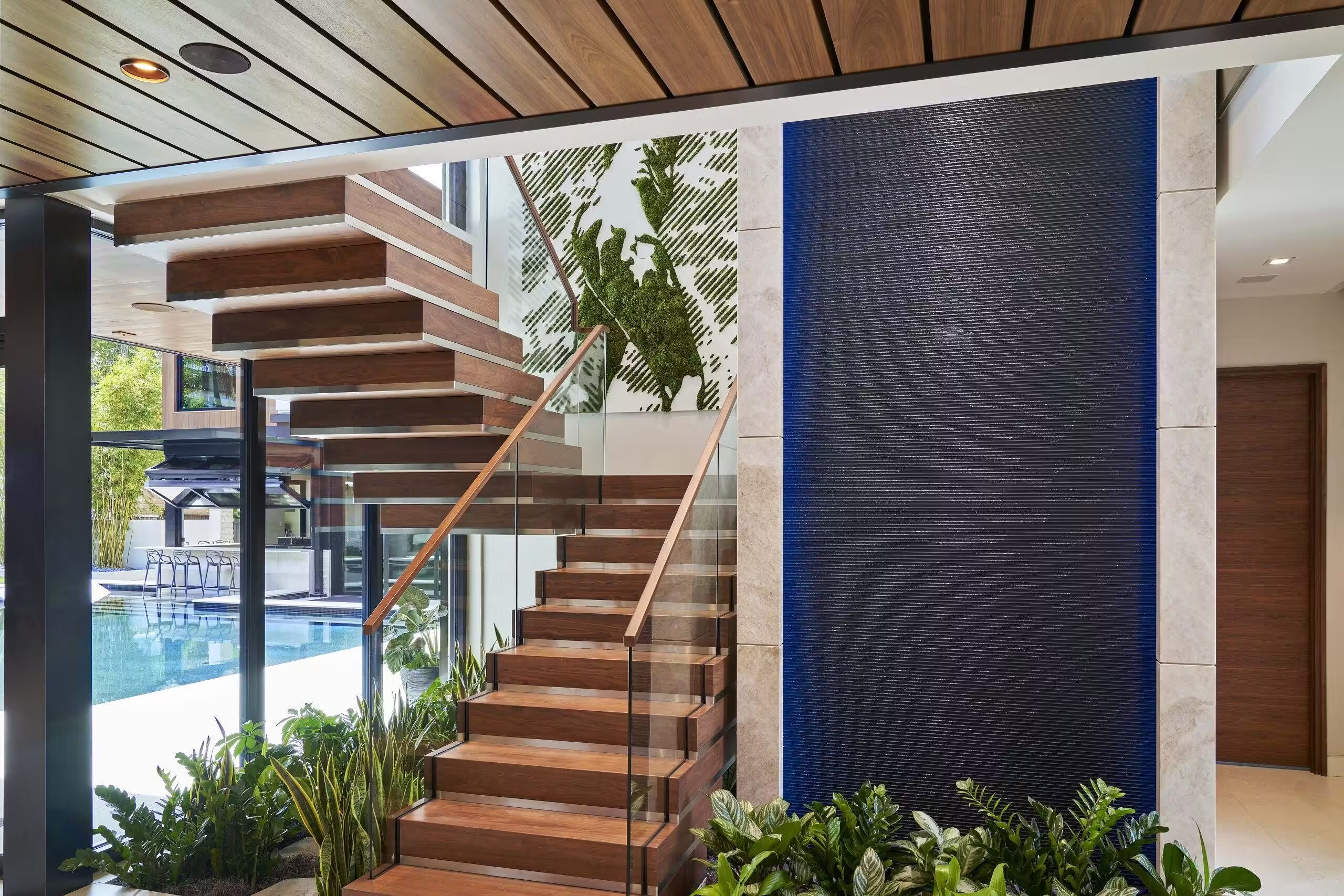


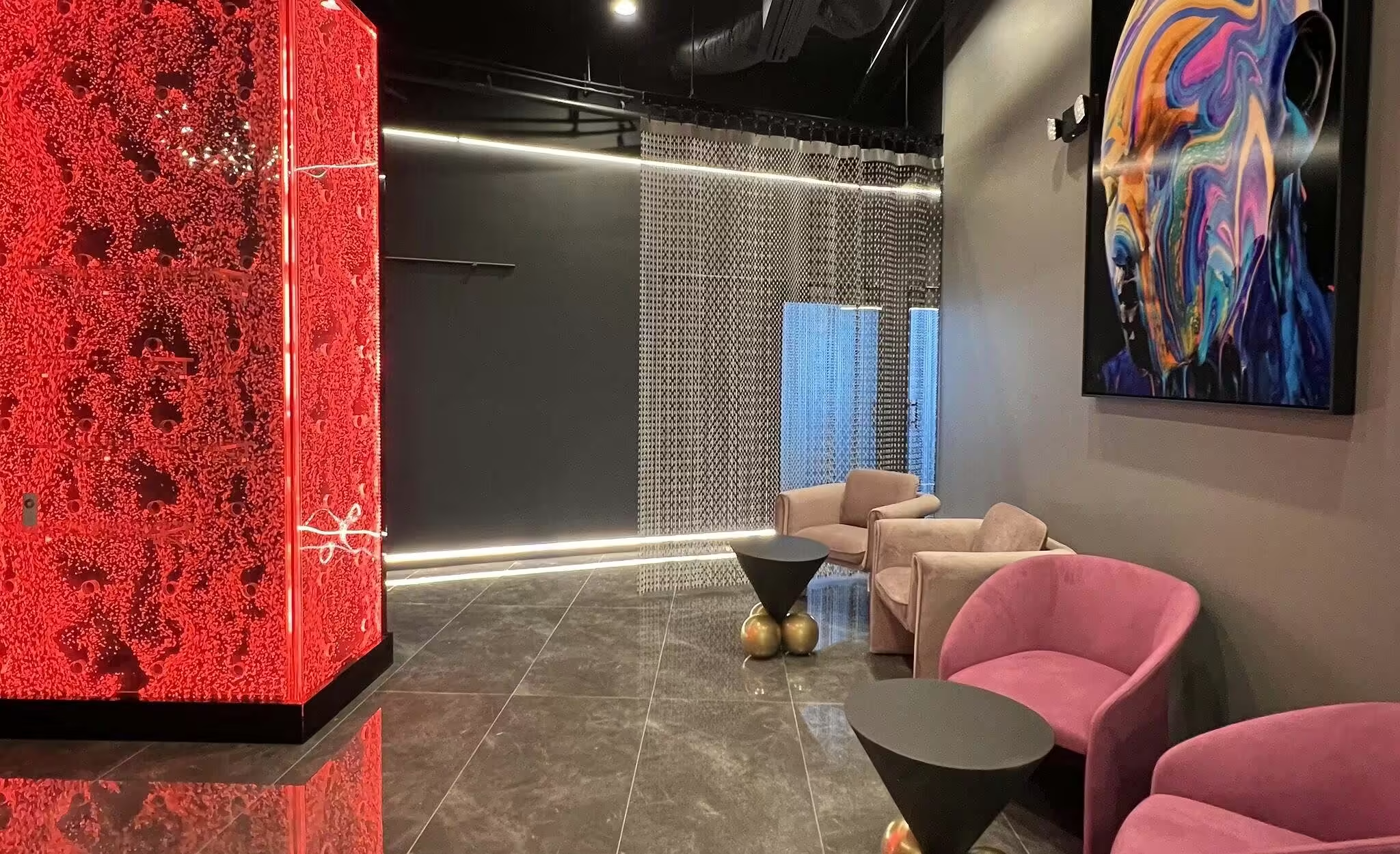







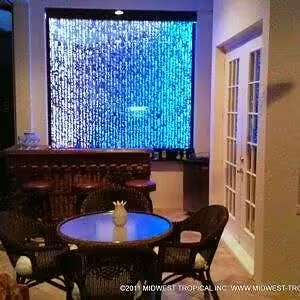
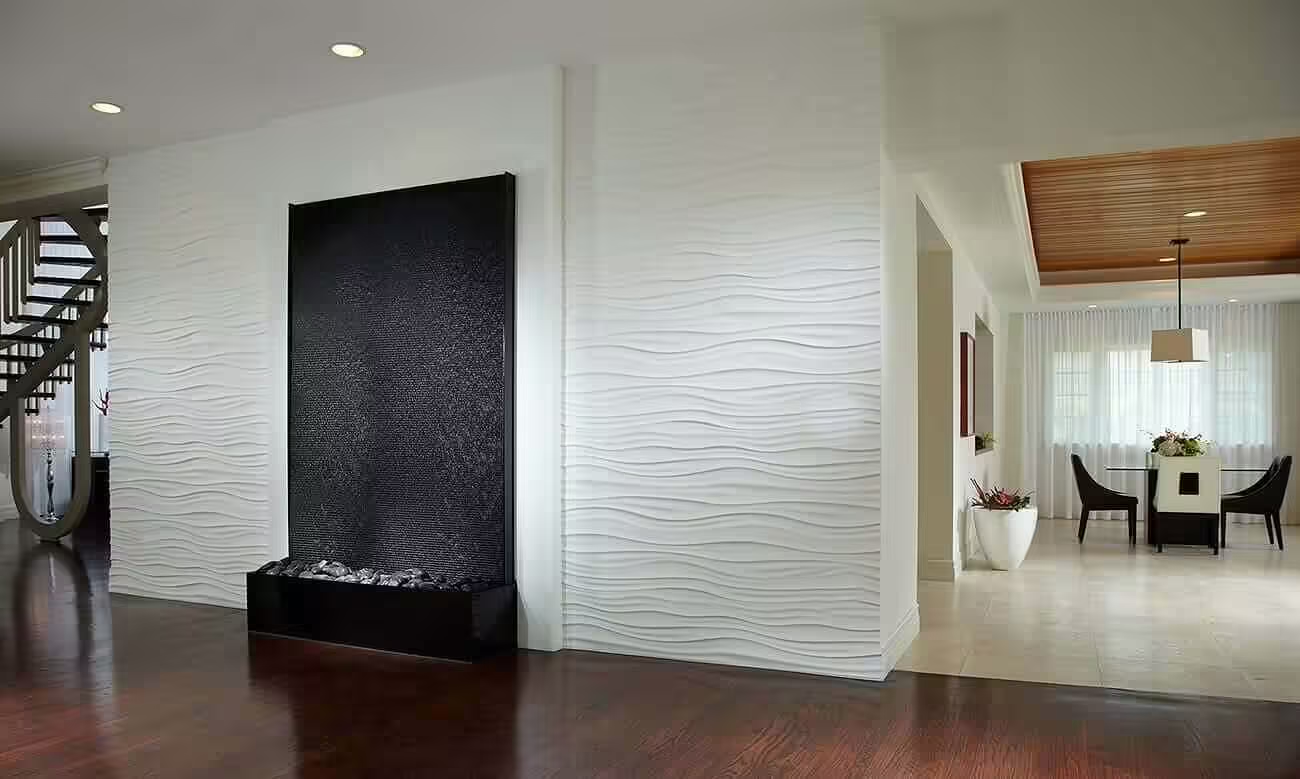

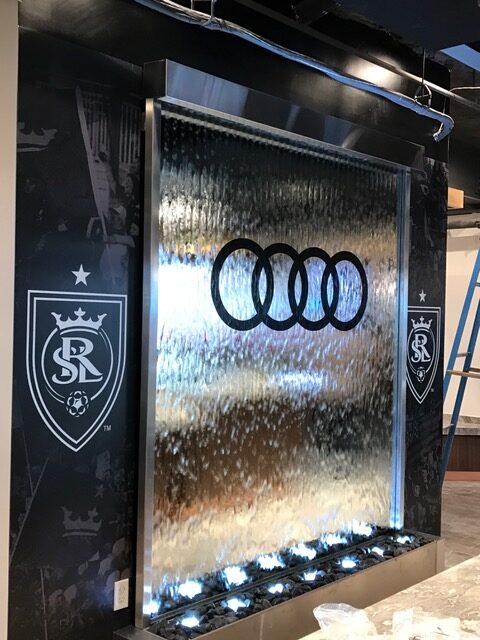





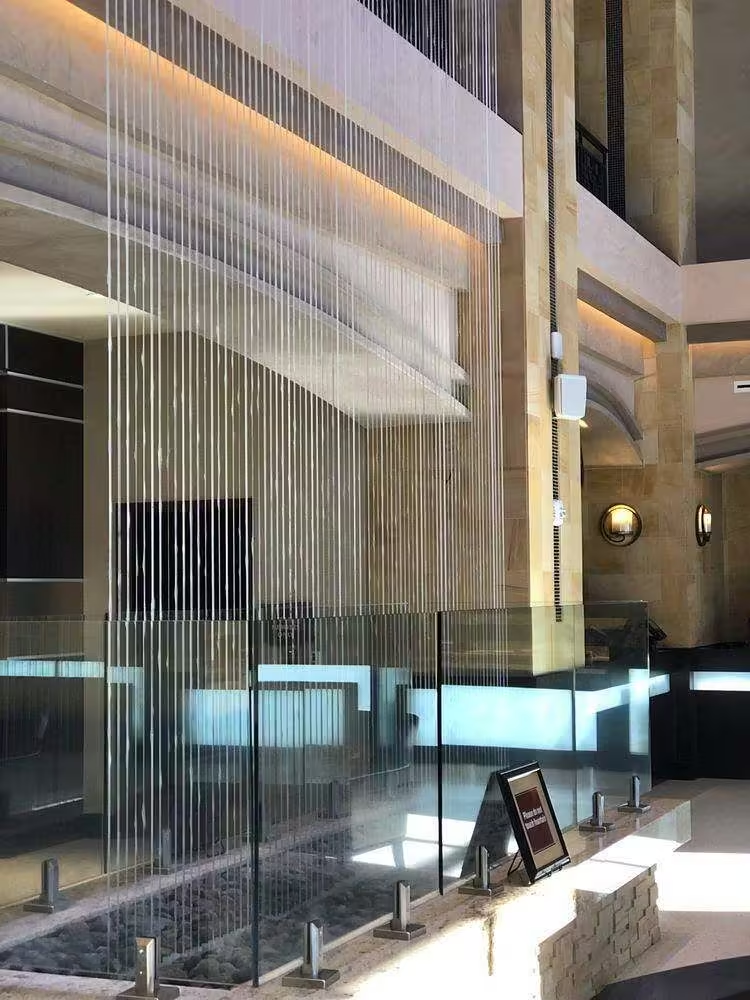




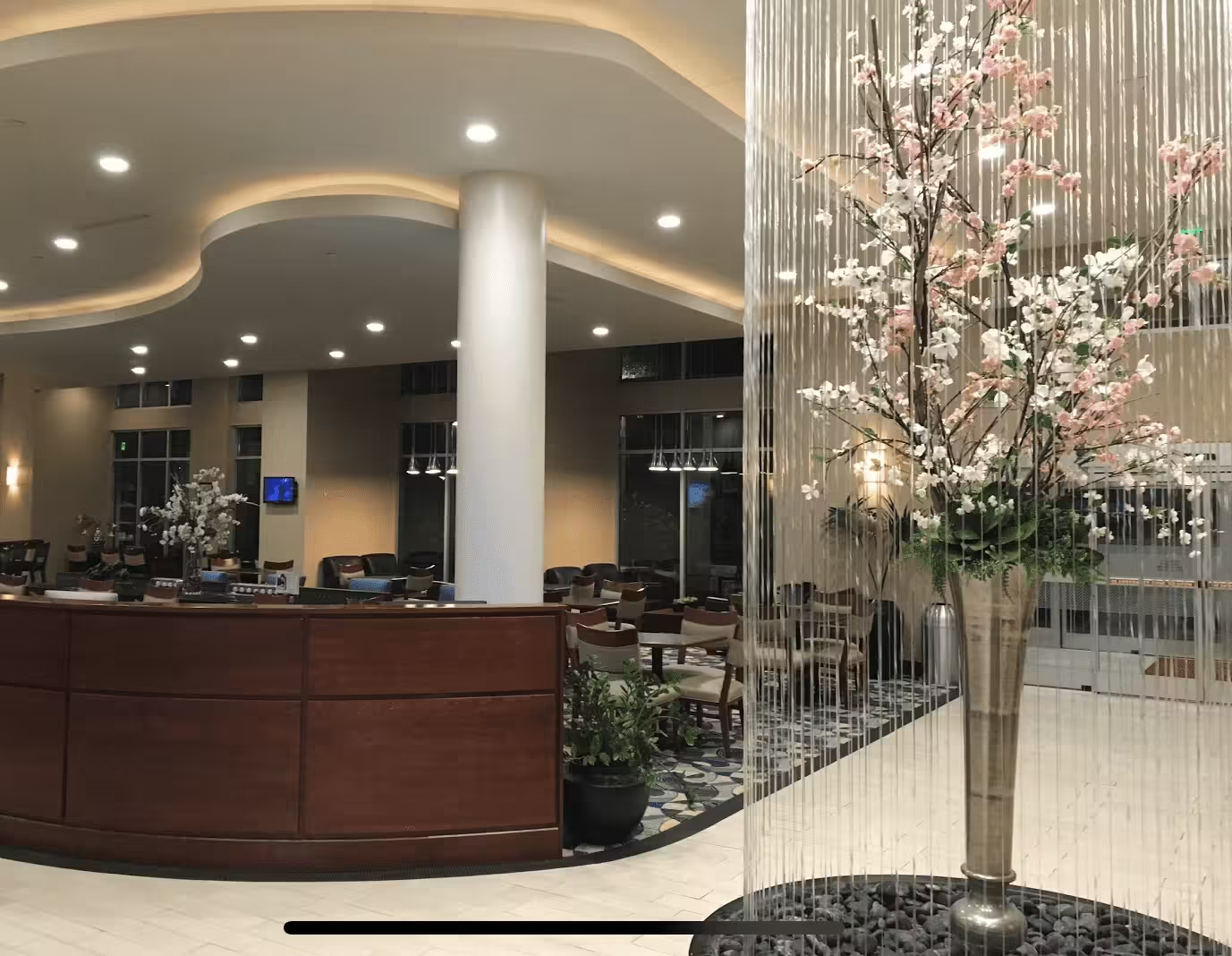




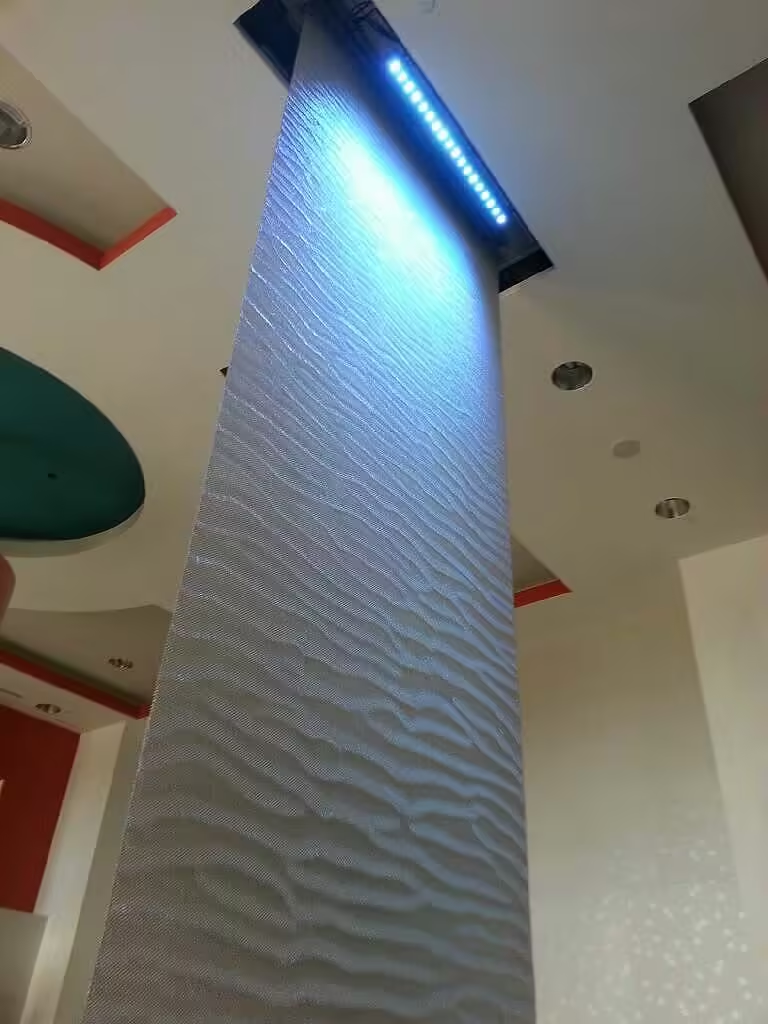
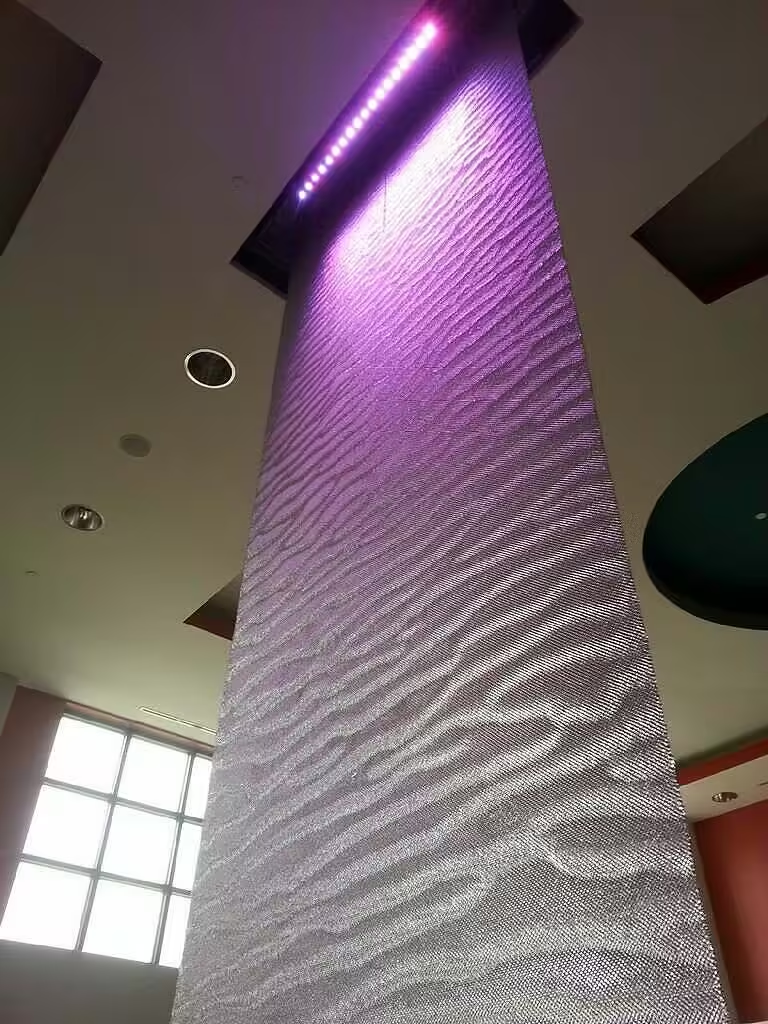


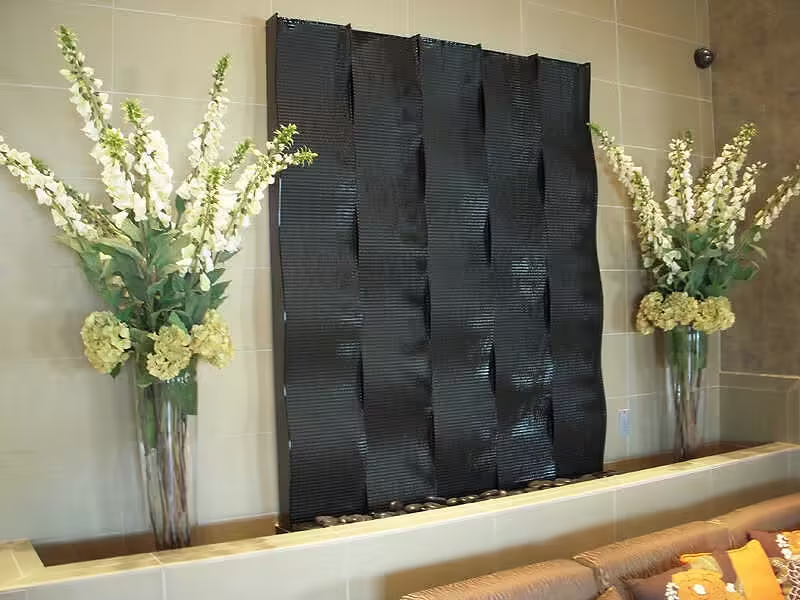






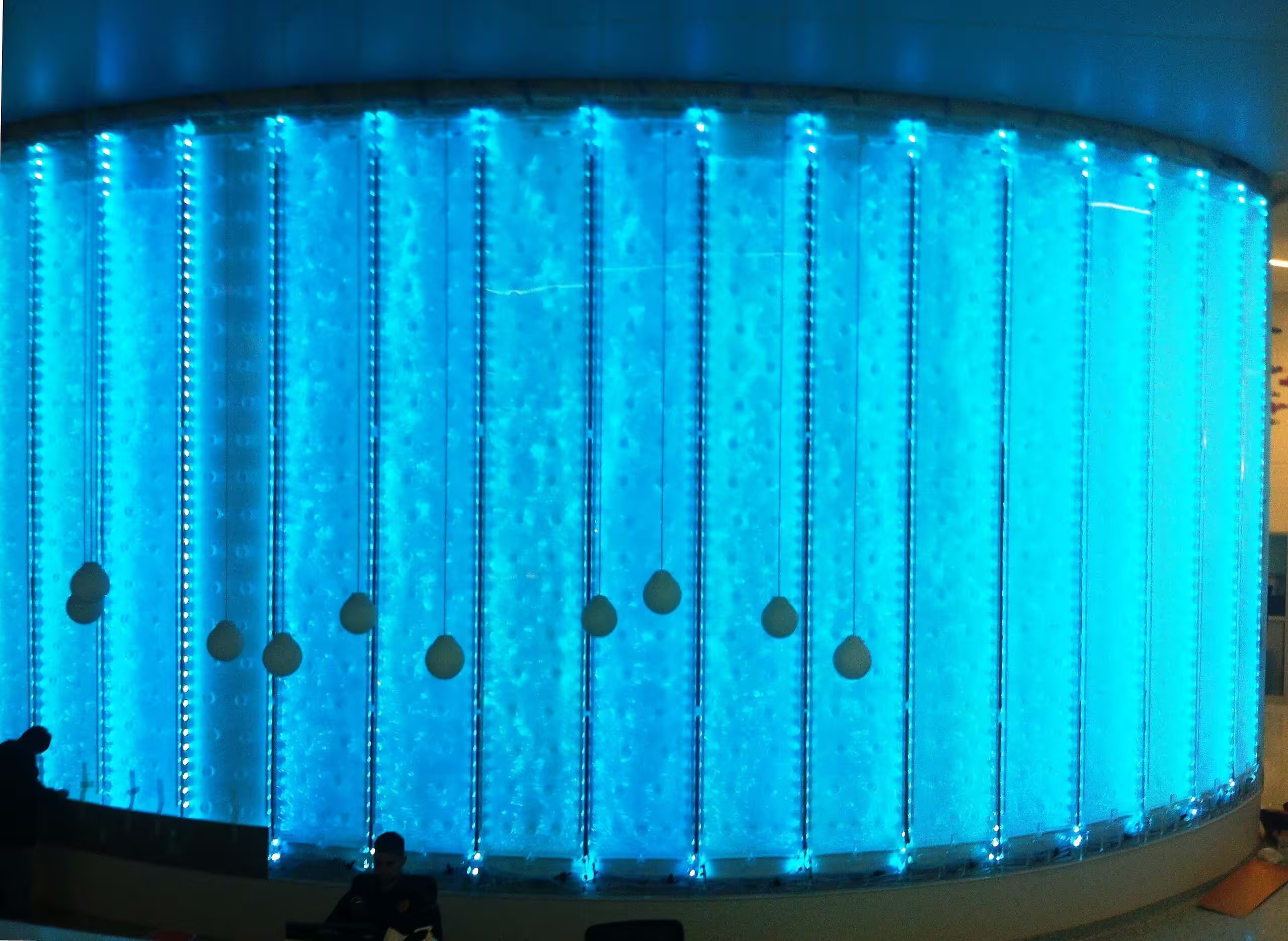


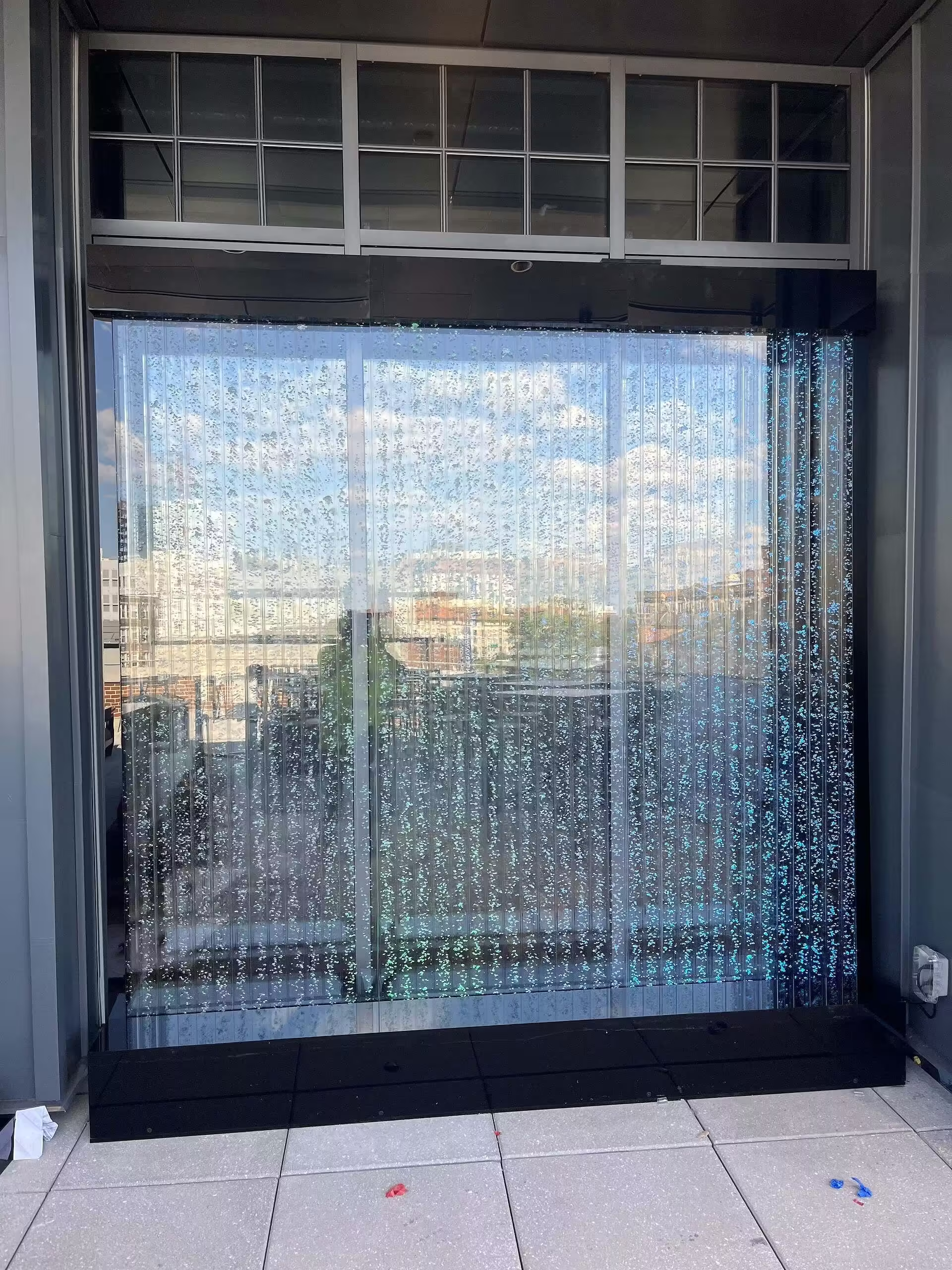
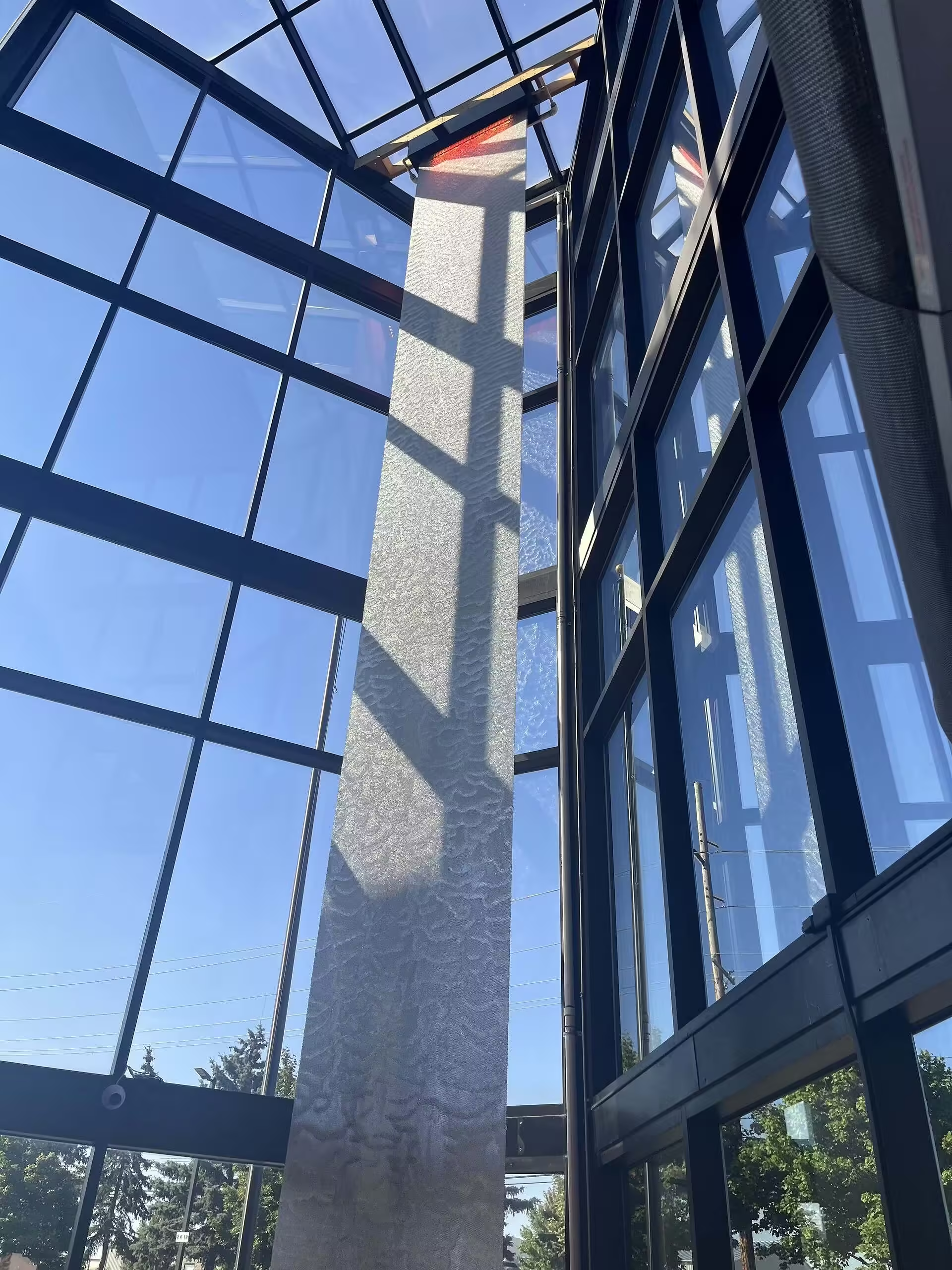
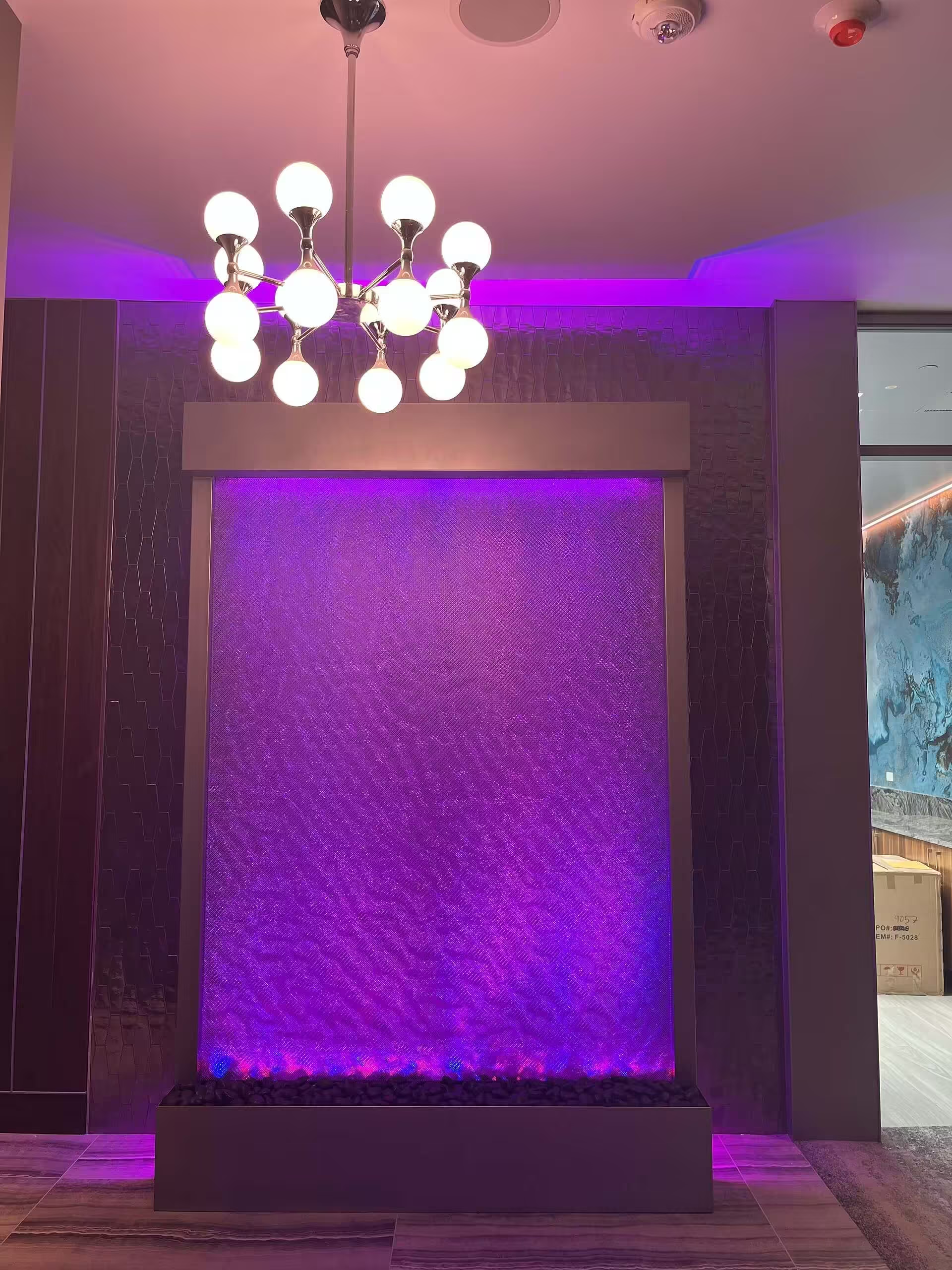
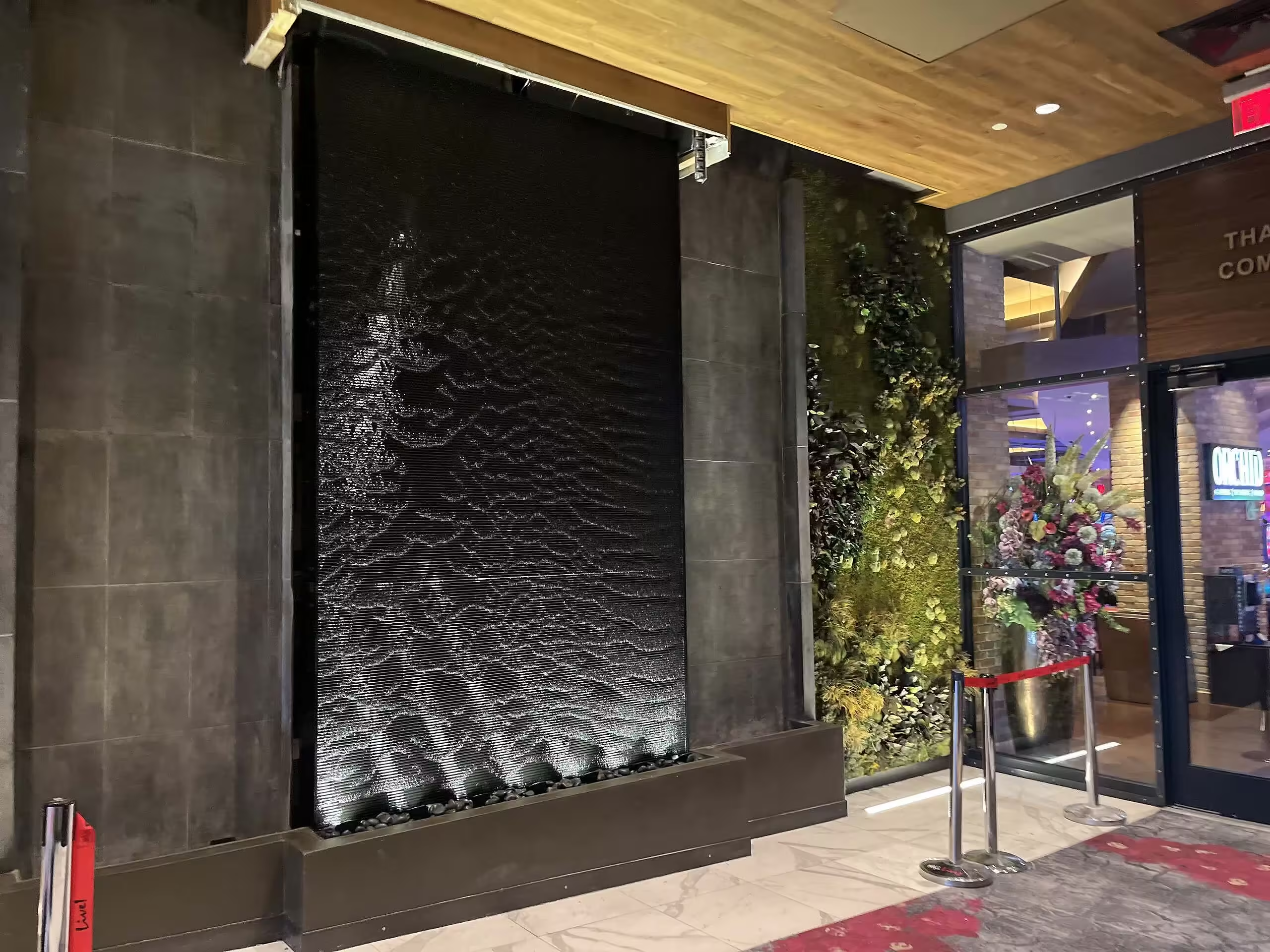



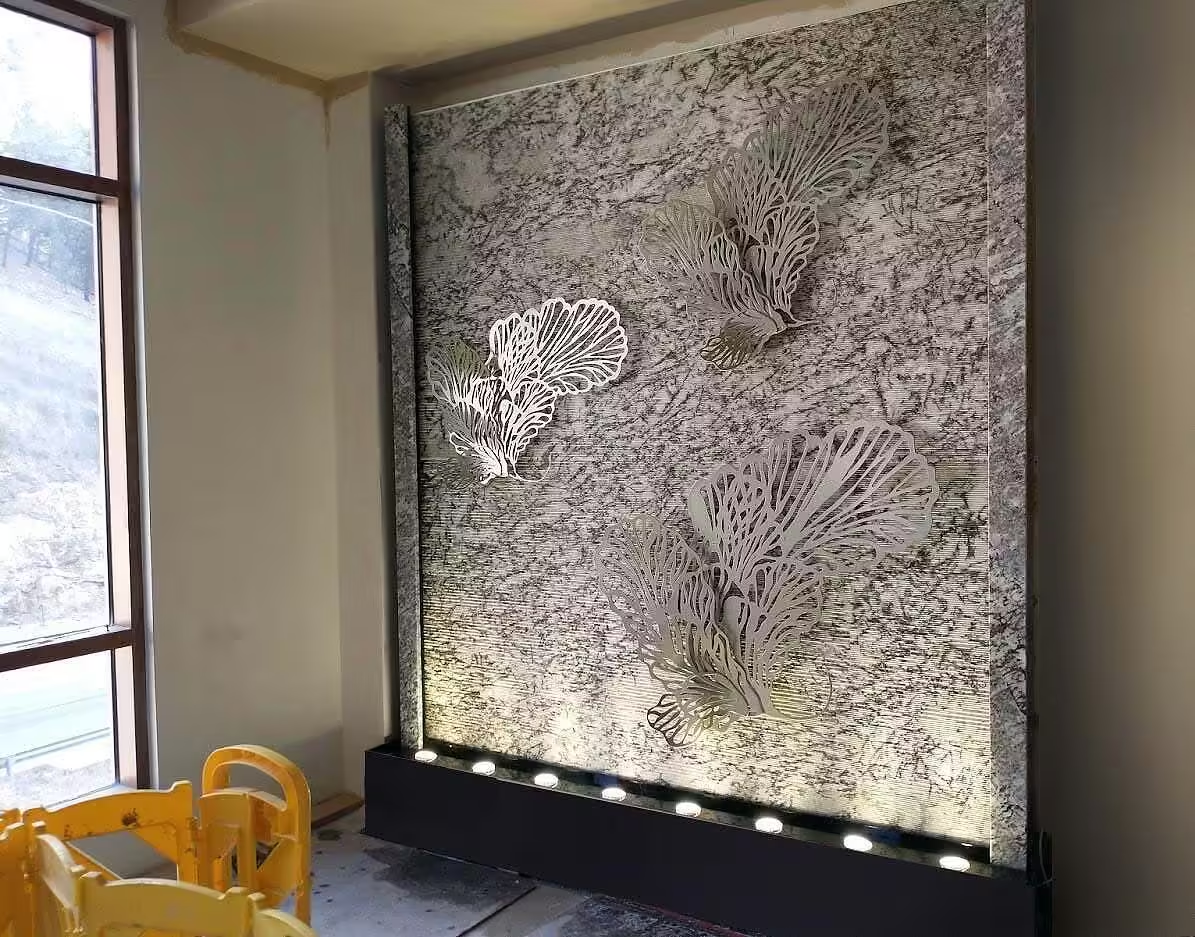
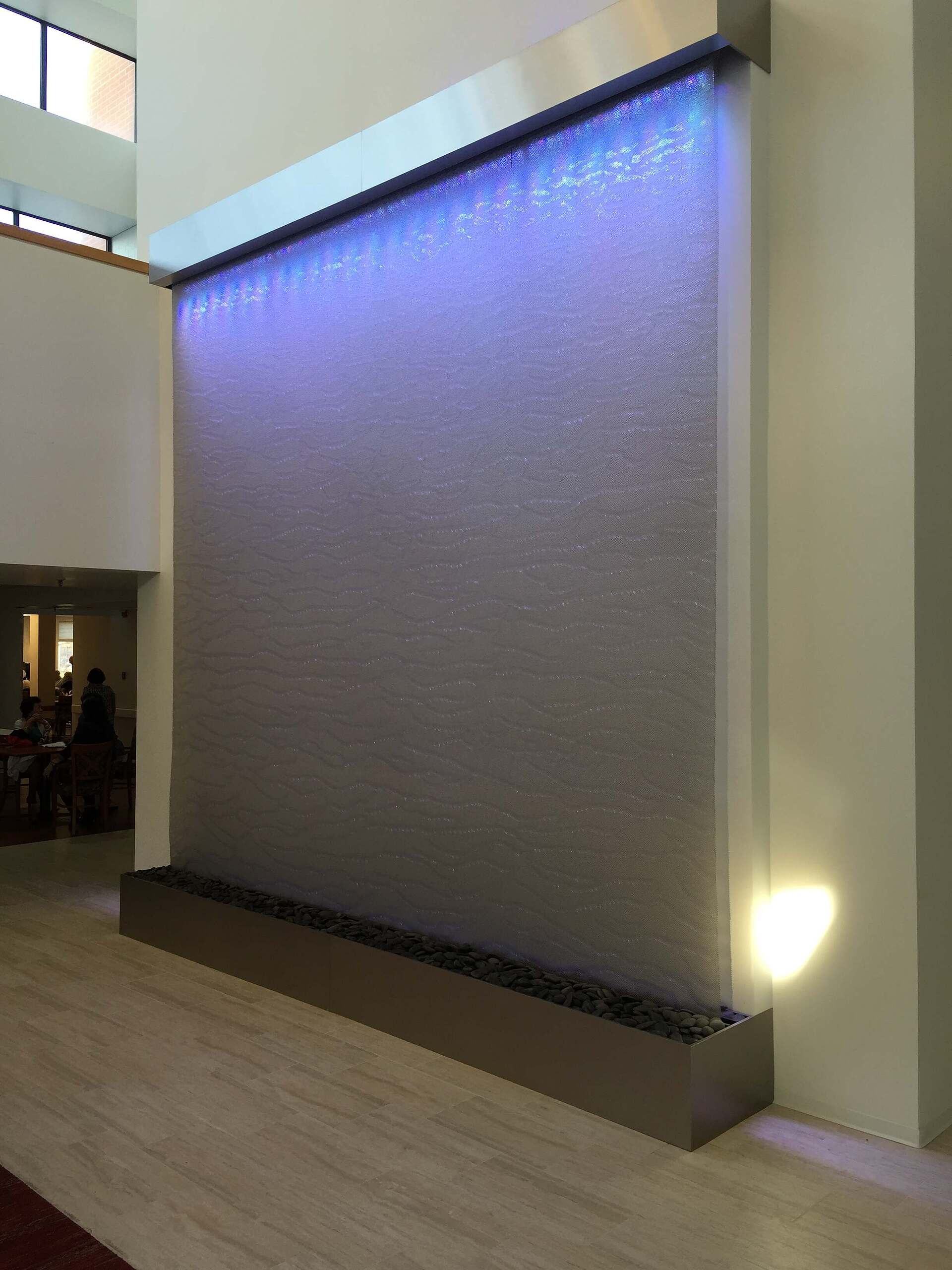






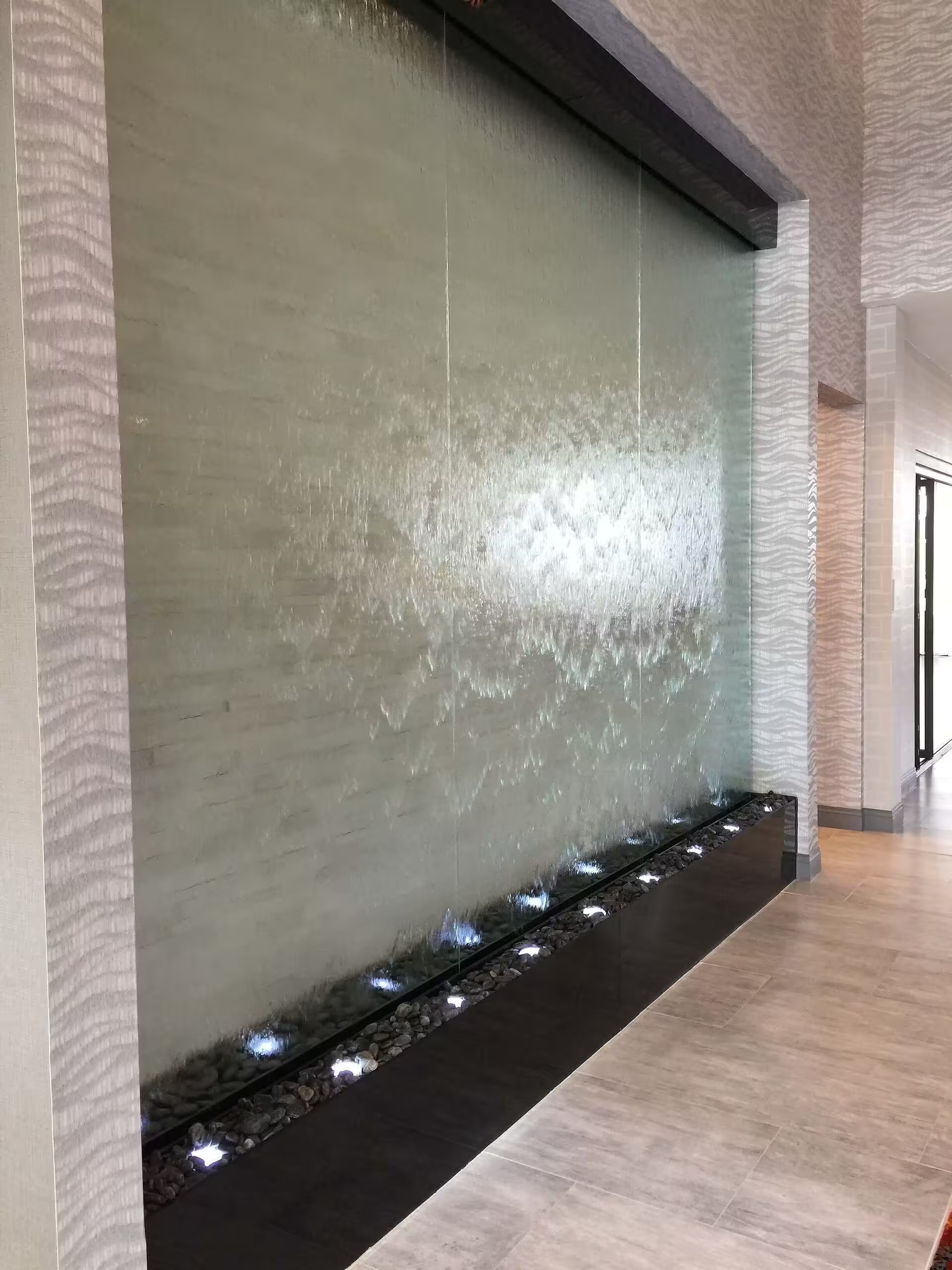
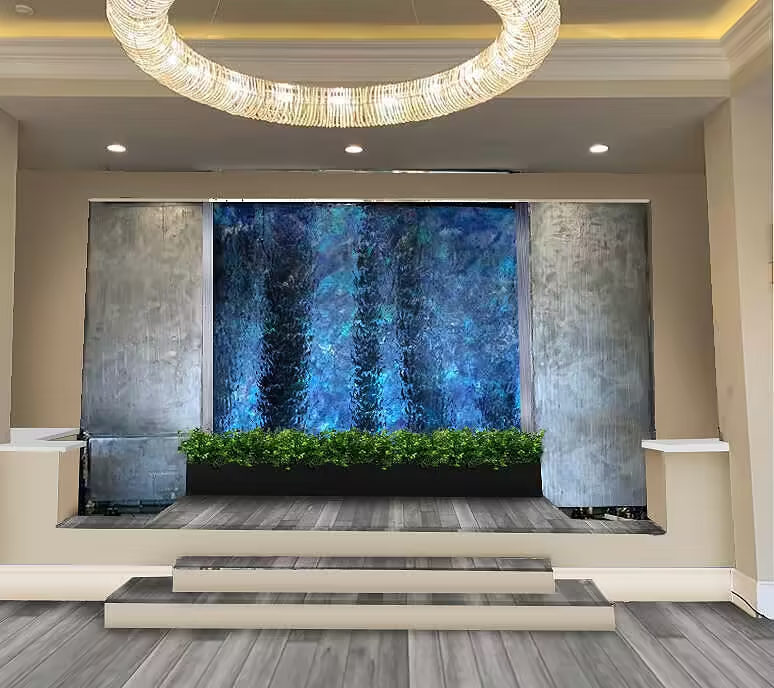

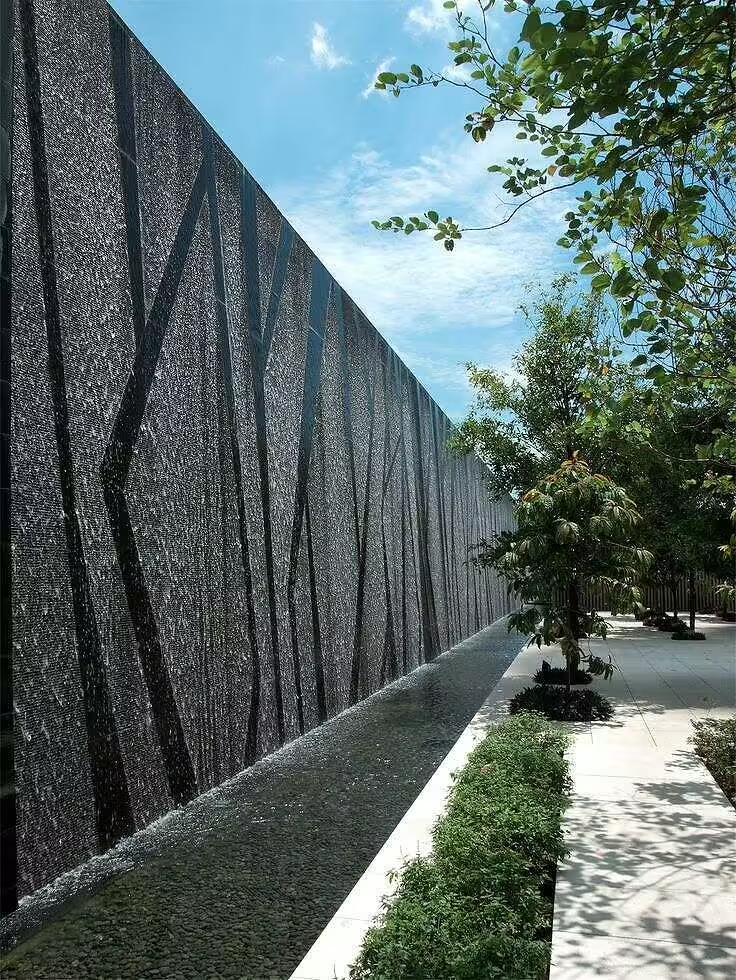


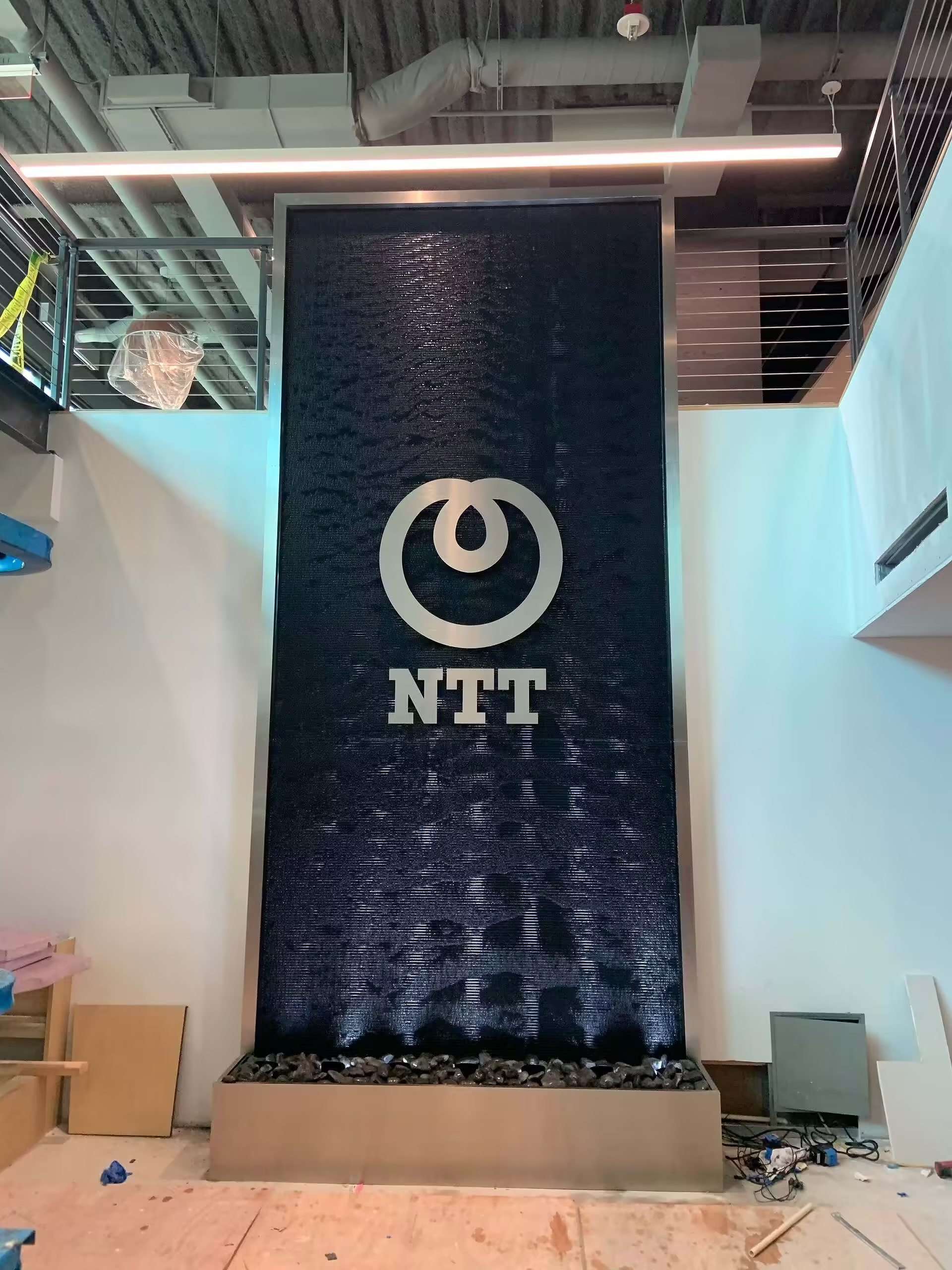








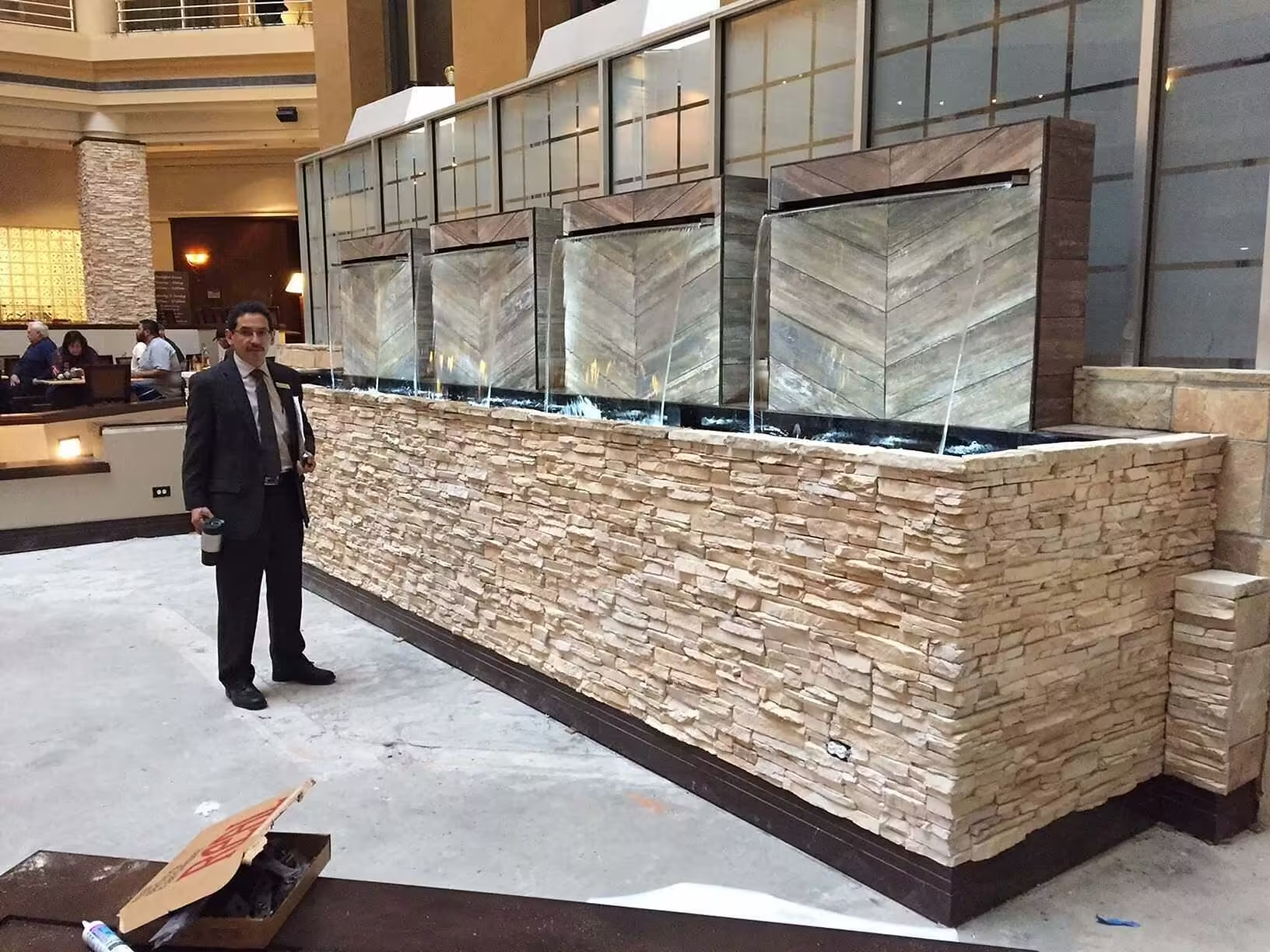
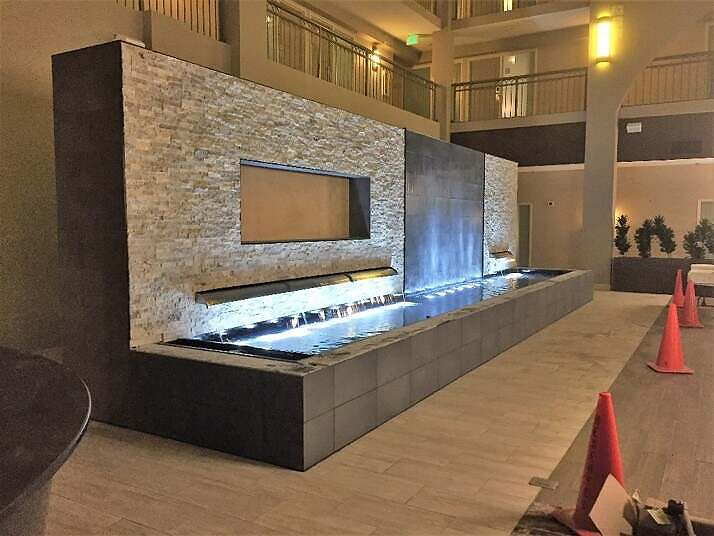

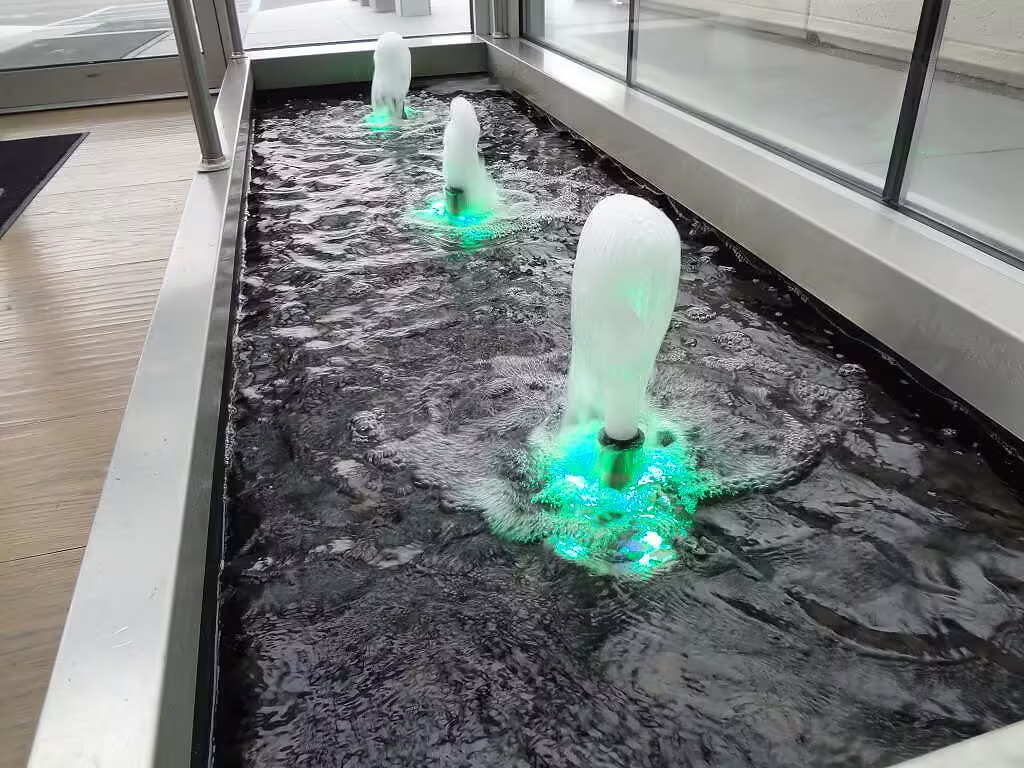
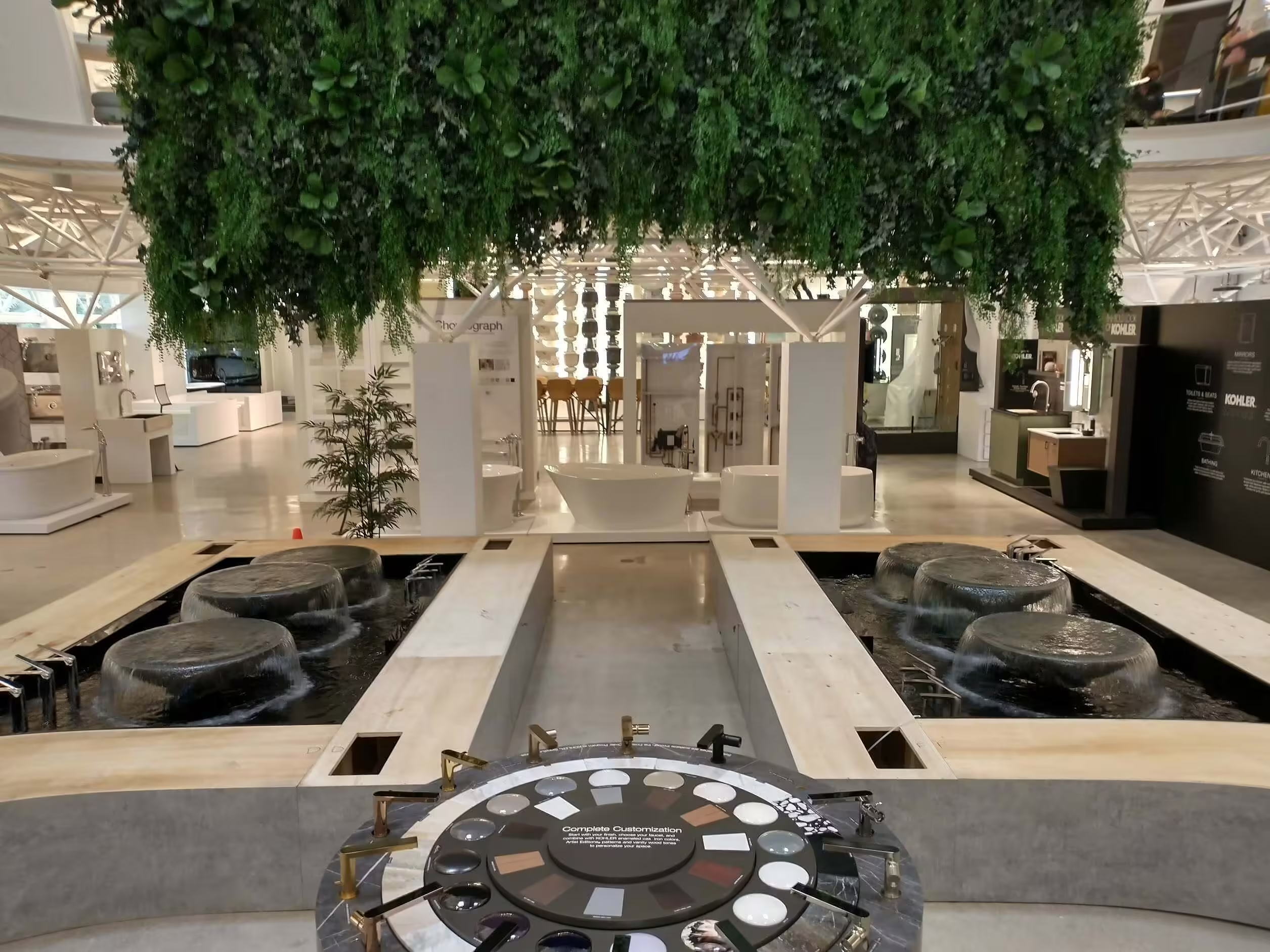
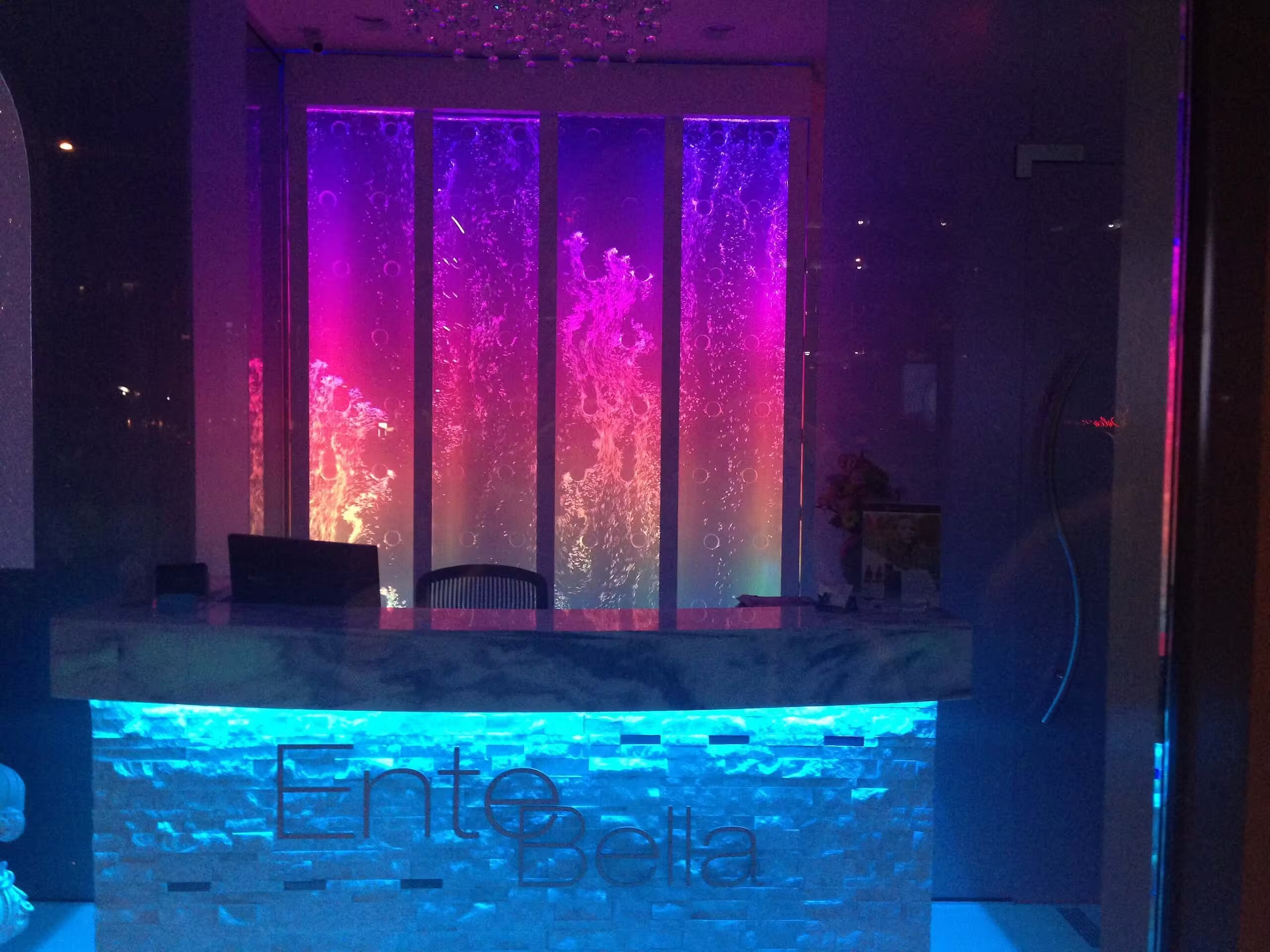
![Rod Style Bubble Wall Swirley for Bounce Empire in Denver, Colorado[84] Rod Style Bubble Wall Swirley for Bounce Empire in Denver, Colorado[84]](https://www.midwest-tropical.com/wp-content/uploads/Rod-Style-Bubble-Wall-Swirley-for-Bounce-Empire-in-Denver-Colorado84-jpg.avif)
![Rod Style Bubble Wall Swirley for Bounce Empire in Denver, Colorado 2[2] Rod Style Bubble Wall Swirley for Bounce Empire in Denver, Colorado 2[2]](https://www.midwest-tropical.com/wp-content/uploads/Rod-Style-Bubble-Wall-Swirley-for-Bounce-Empire-in-Denver-Colorado-22-jpg.avif)


